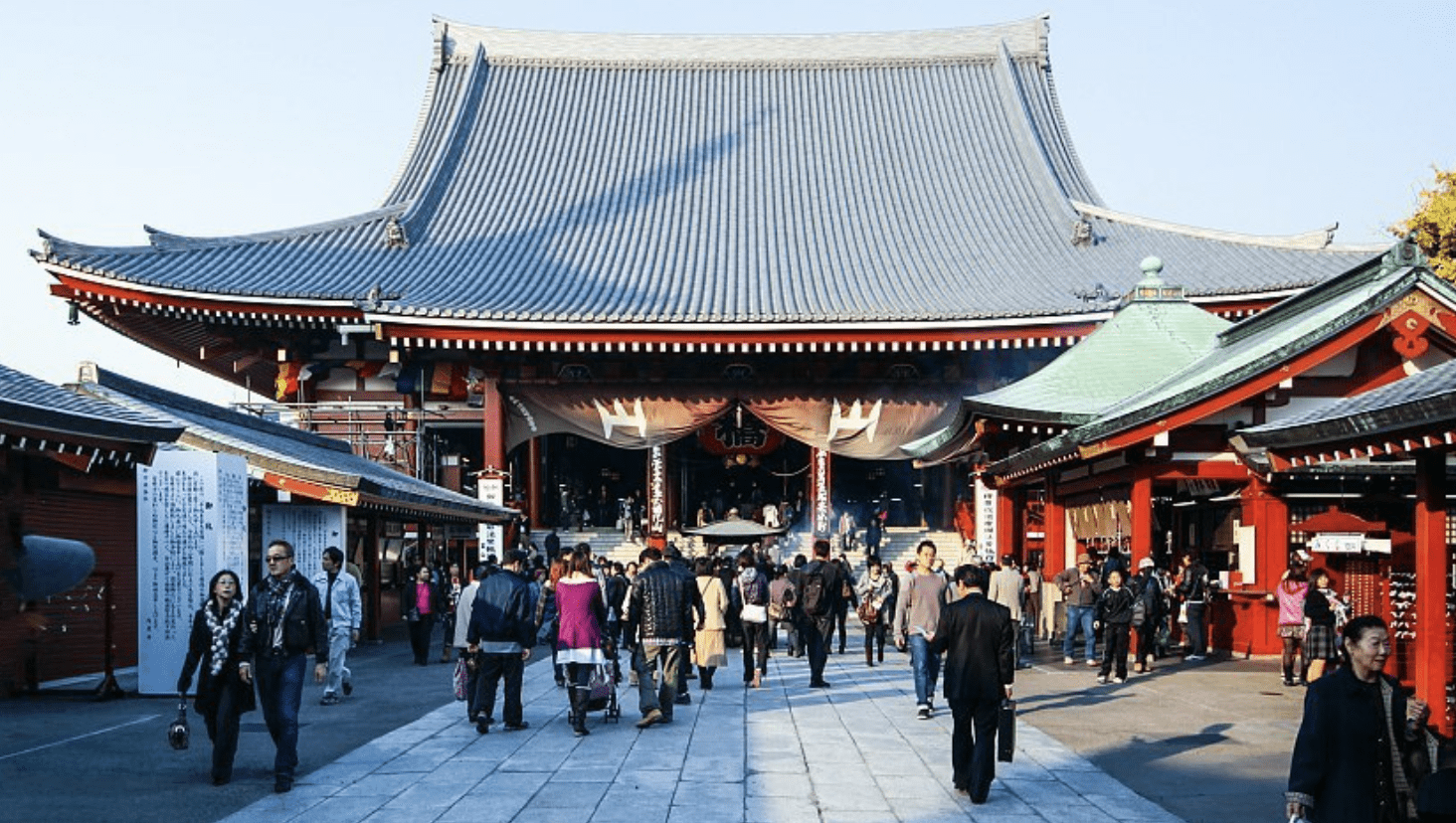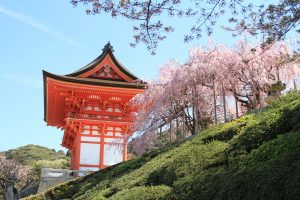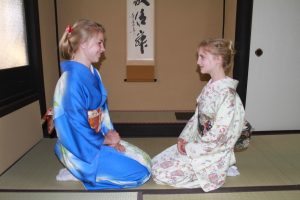🙂 Sushi. Culture.
🙁 Very quiet due to the tsunami.
Friday 15- Saturday 16April 2011
Peter collected us at 10.30am and drove us to terminal. Watched 4 movies including the King’s Speech (Excellent!), Black Swan (weird), The Tourist (OK) and Little Fockers (Funny!). We landed in Tokyo at 09h00 – quiet and calm and easy transfer to the rail station. Due to the recent Tsunami on 11 March 2011, our flight had been changed to a day earlier and although we had originally booked a day tour with Tours by Locals but this was for the next day so we had to make do for ourselves to navigate ourselves around this crazy but fun city! We bought a Japan Rail Pass and also our bullet train tickets to Kyoto. We then figured out which train to take – fortunately they were still running despite being disrupted by the tsunami earthquakes!
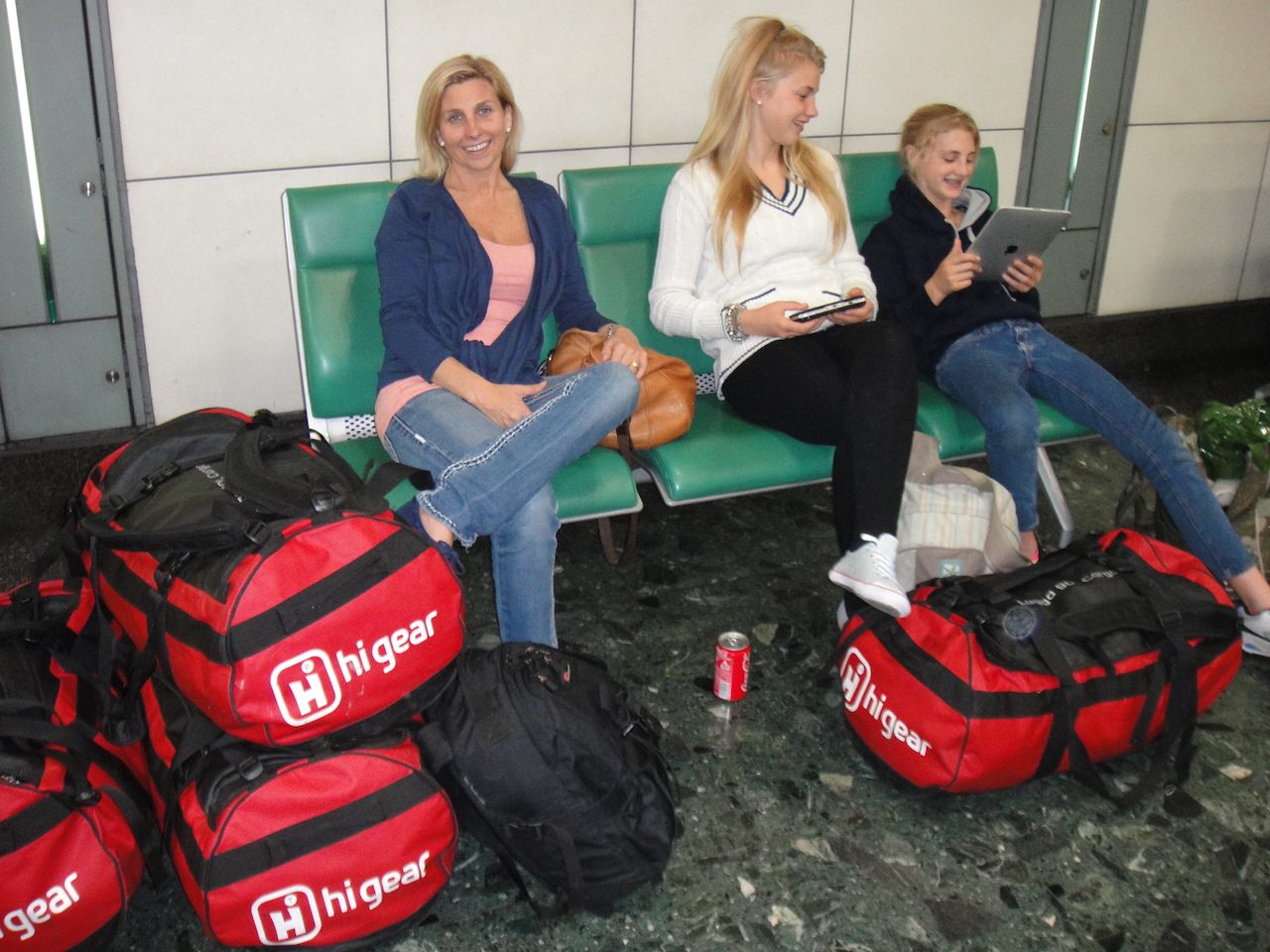
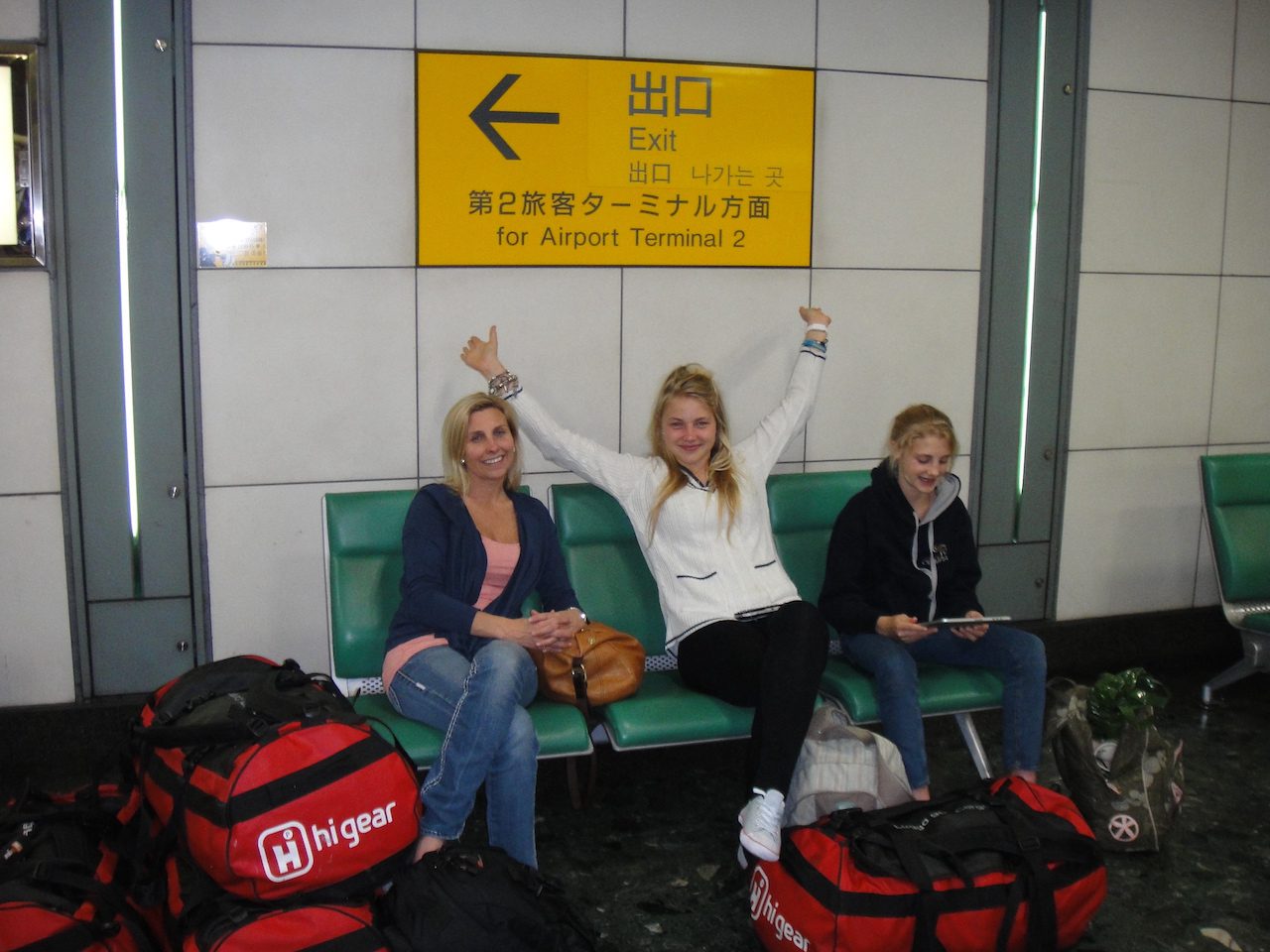
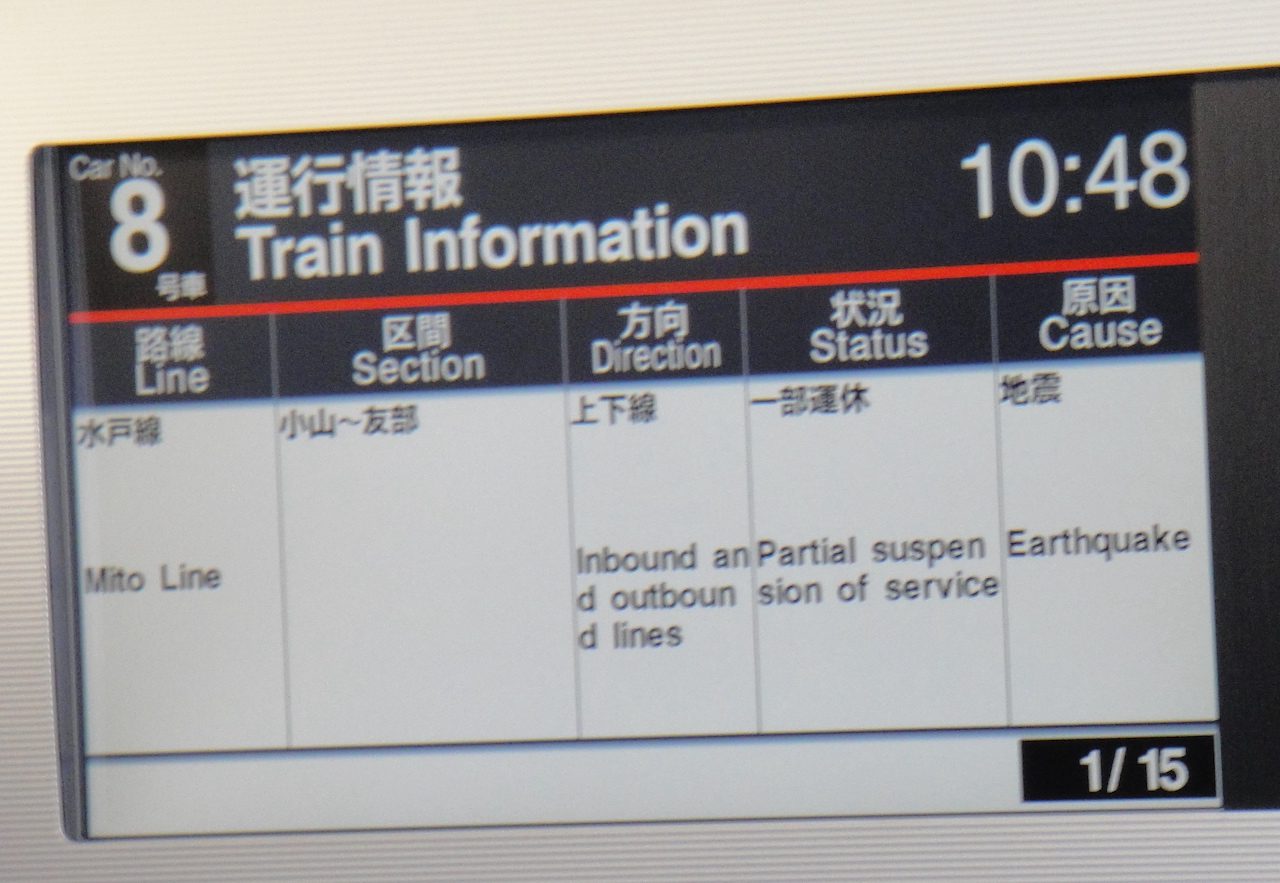
We enjoyed some interesting snacks on the fast train and admired the unfamiliar scenery…. miles and miles of watery rice fields! Quite crowded housing. On arrival at our train station destination we took a taxi to our traditional ryokan hotel. The taxi driver had to call the number we had for the hotel as no one could understand each other!
Ginza Yoshimizu is only a 3-minute walk from Higashi Ginza Subway Station. Guest rooms include paper screens, tatami floors and futon mattresses. A Japanese Yukata robe and organic cotton towel is provided in each room. Guests have access to 2 bathrooms and public baths. Ginza Yoshimizu’s restaurant serves a Japanese breakfast, including fresh organic vegetables from a local farm. Tokyo Train Station is 10-minute drive away. It is just 1.5 km to Tsukiji Fish Market. The Imperial Palace is 2 km away. Please note that guests must remove their shoes at reception. **This accommodation sadly closed its doors on 30 June 22**
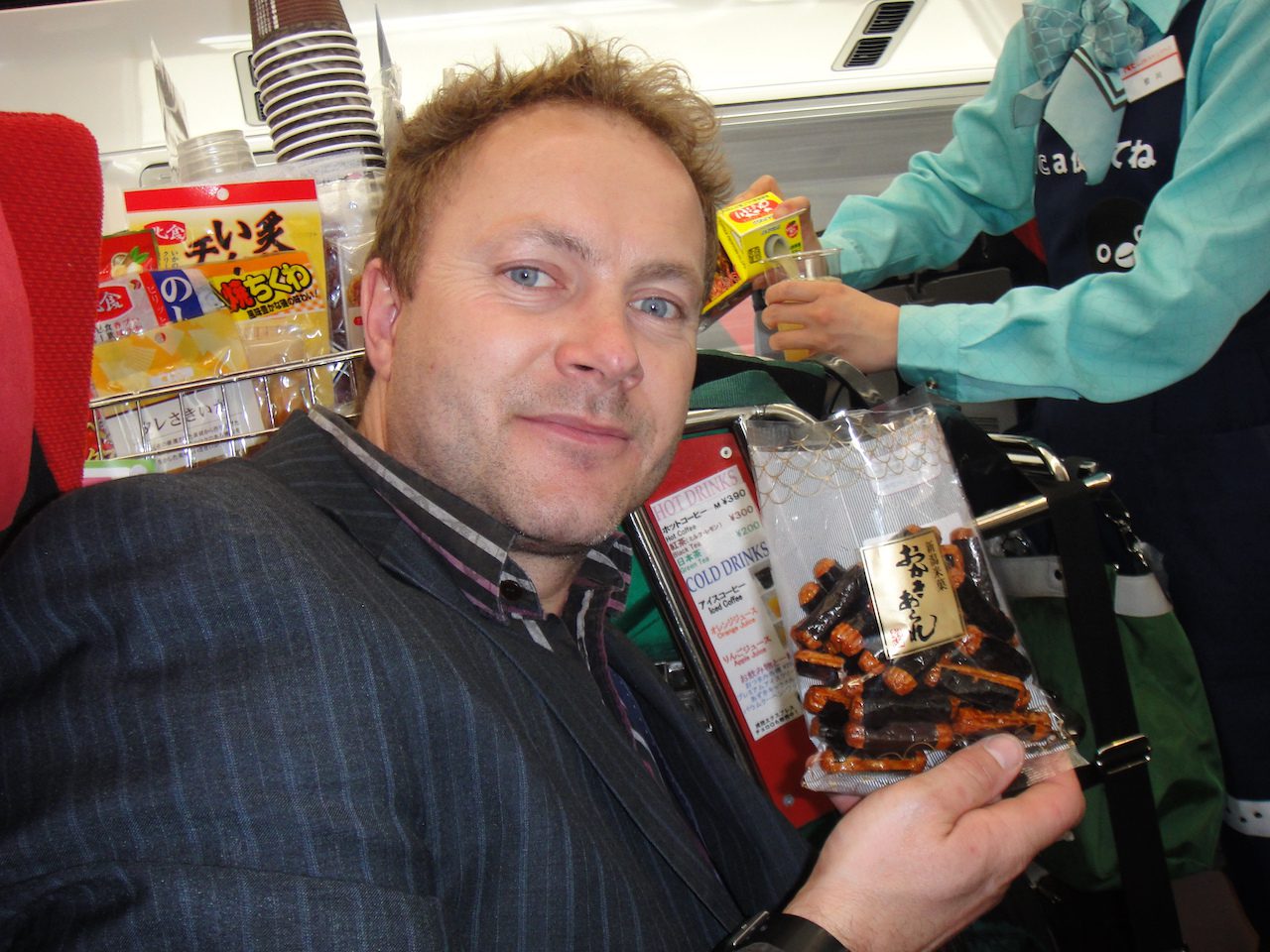
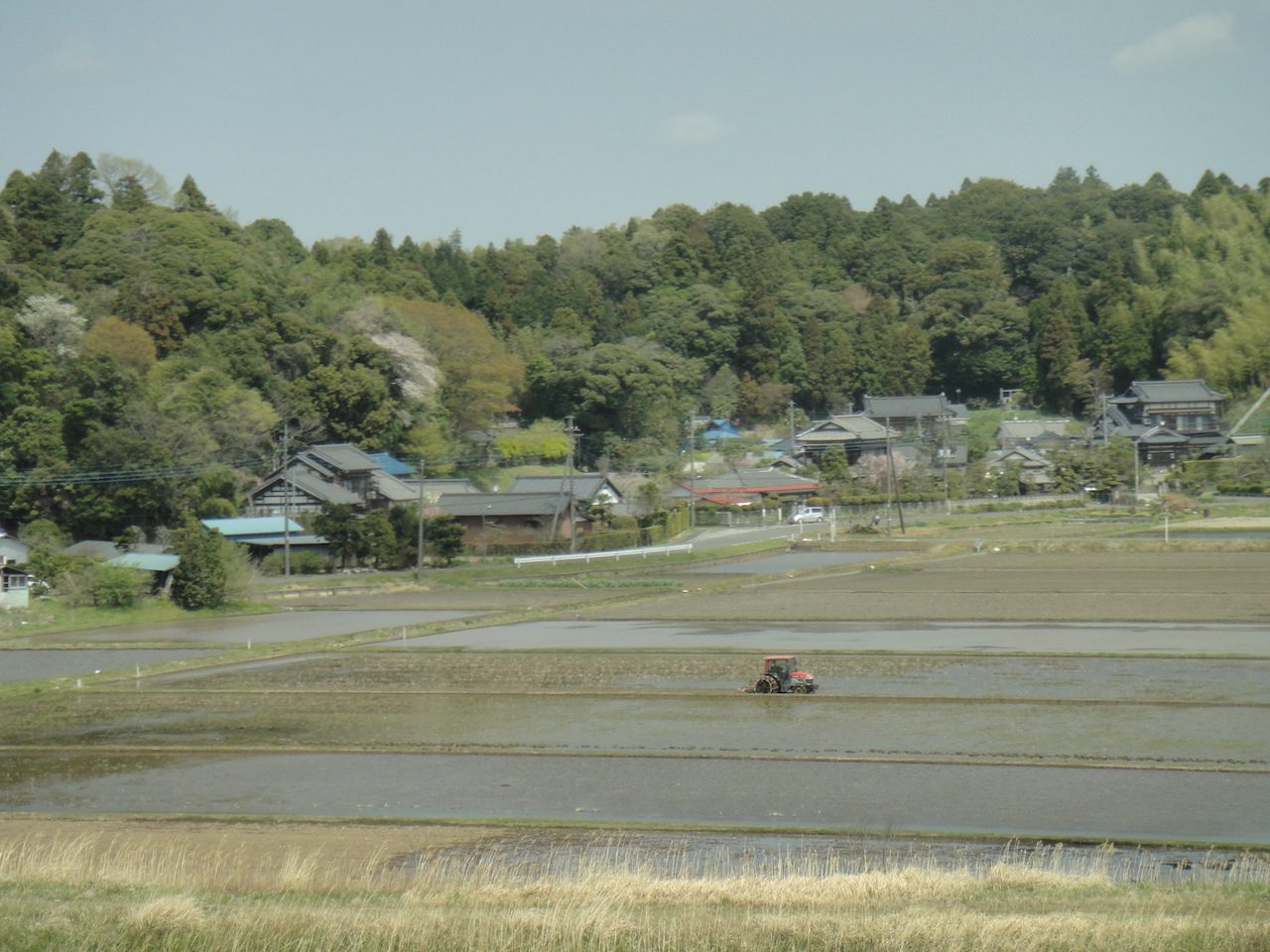
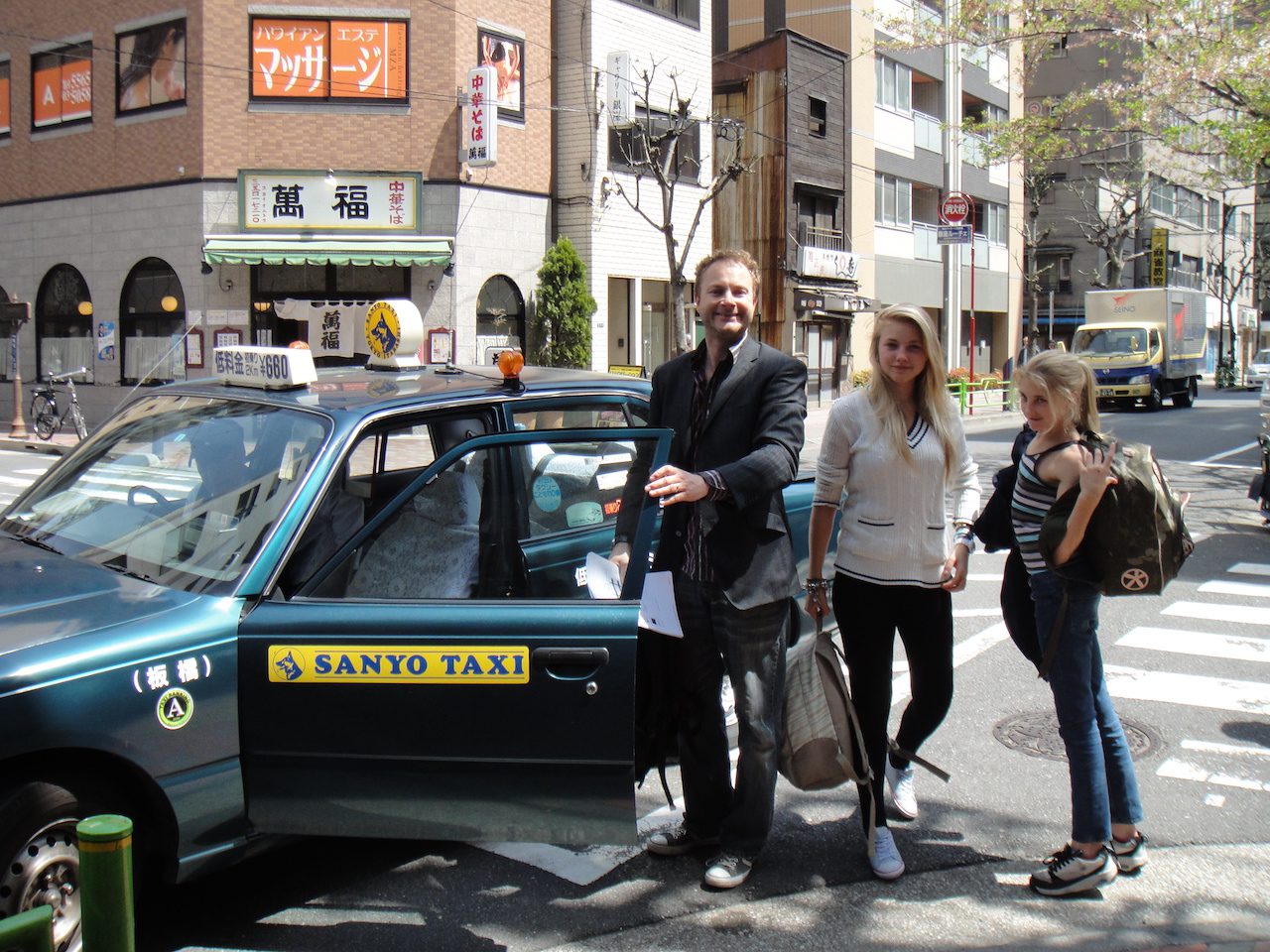
Ryokan are traditional Japanese-style inns with Japanese-style rooms. A stay at a ryokan typically includes dinner and breakfast with communal baths – we loved this opportunity to experience insight into a traditional Japanese lifestyle. Rooms are spacious with tatami flooring which is a reed type of matting and the cost is based on the size of the tatami floor space. Rooms in a ryokan are usually fairly minimalist, but with everything that you need for a comfortable stay. Guests typically sleep on soft, roll-away futons on traditional tatami mats. Our room was an 8 tatami room ie. 8 mats. There is usually a seating area, with a low table and floor seating, and most ryokans provide space for storing your possessions, for example a wardrobe, shelves, hooks, or draws. You leave your shoes in Reception upon arrival and use the slippers on offer. They were not quite ready for us but let us leave our stuff on the 9th floor while we had a traditional communal bath – fortunately it was only us in the baths!

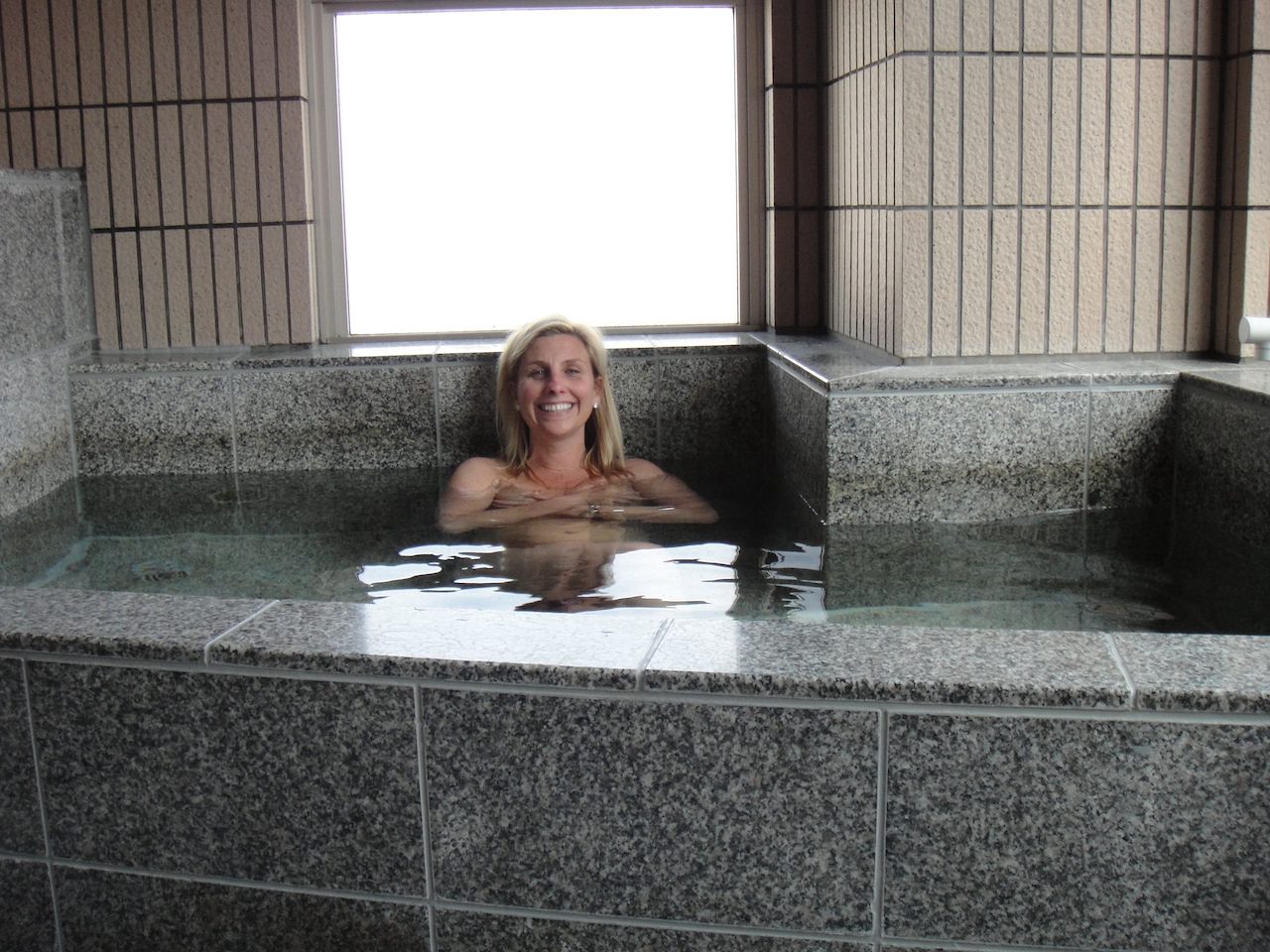
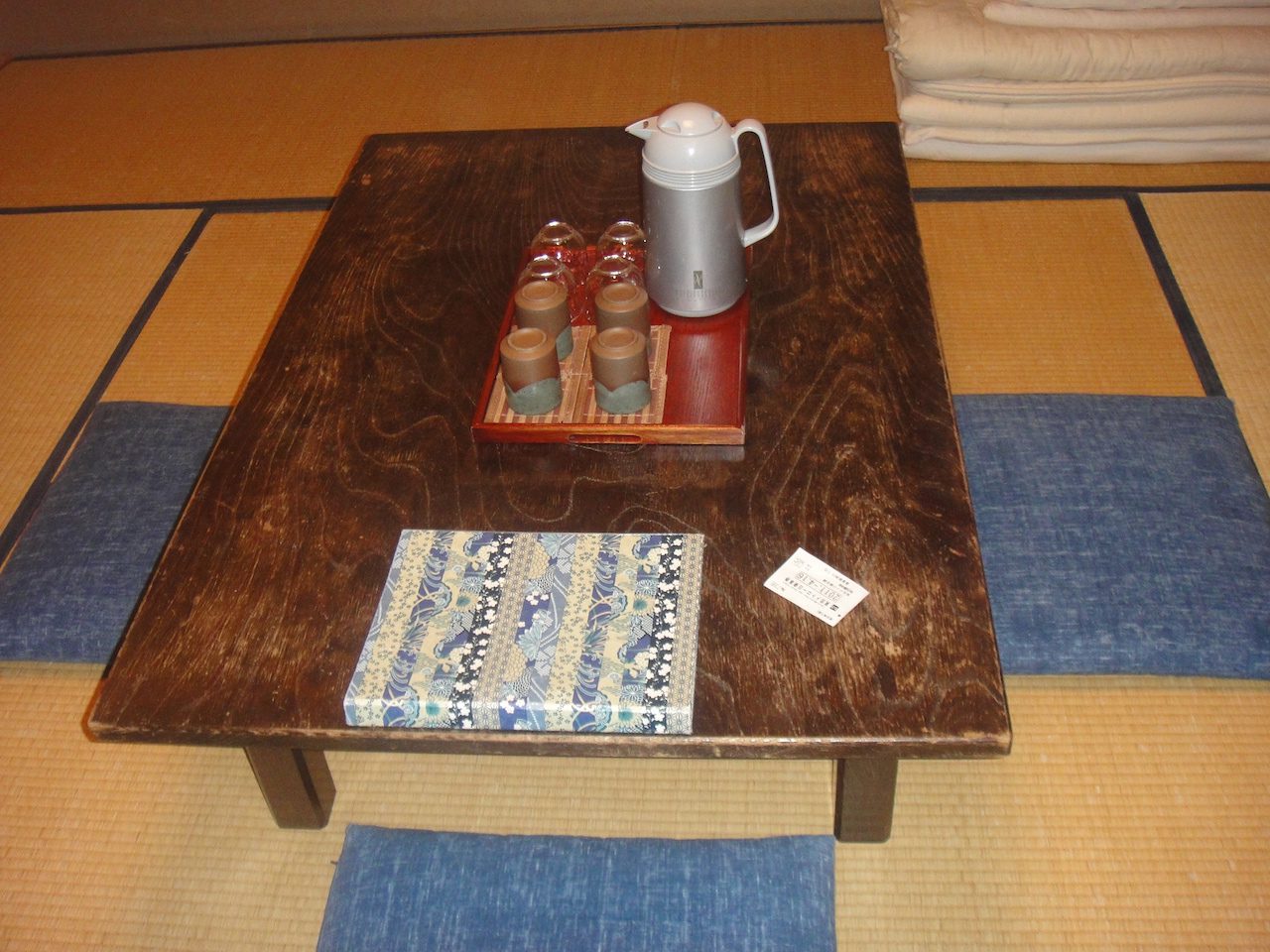
We headed off to explore. Police with masks control the traffic with loud whistles and waving of arms! We felt quite proud of ourselves for coming quickly to grips with the underground system!
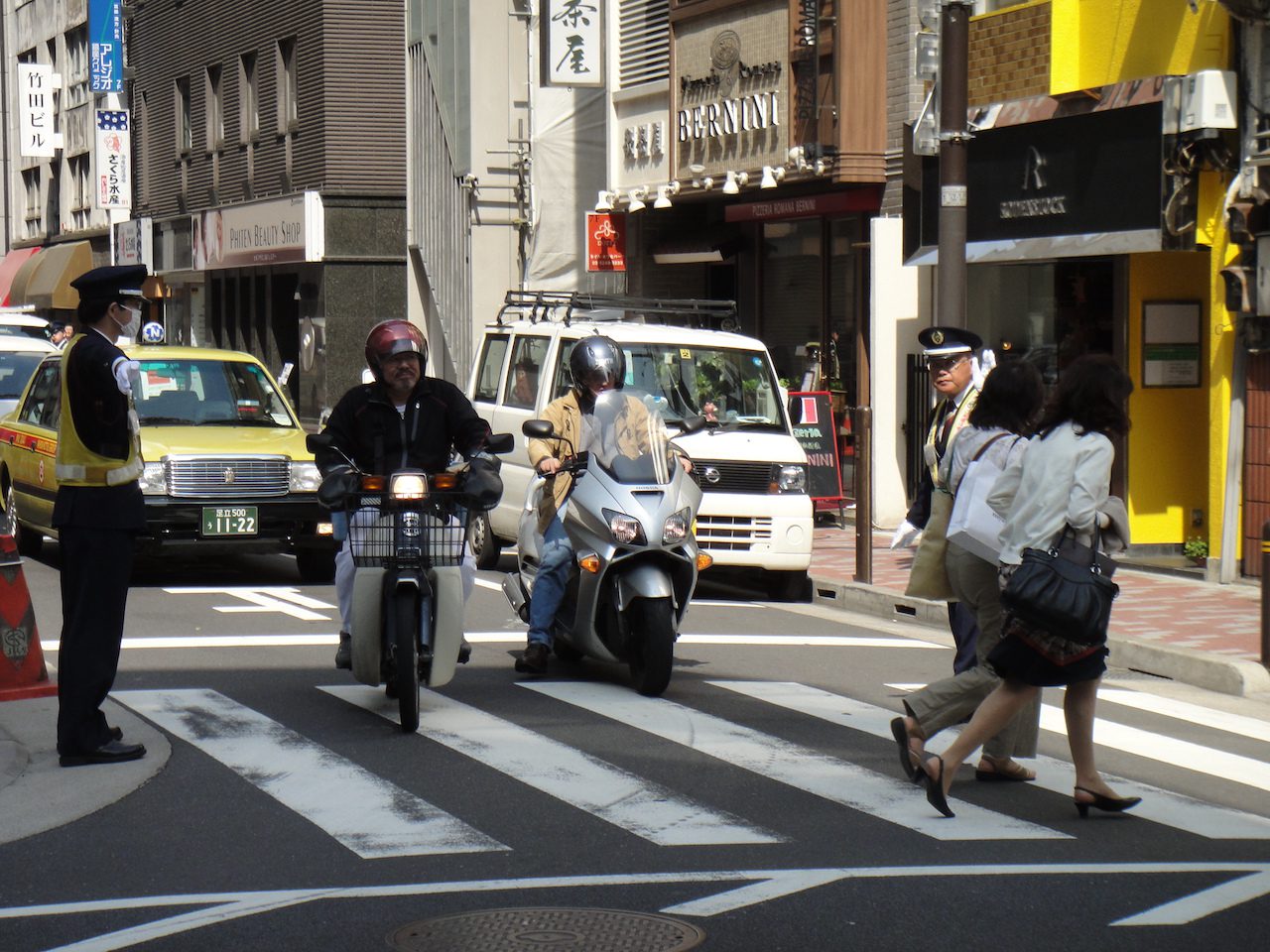

We soon found a little place selling exactly our type of food – DELICIOUS! tempura and sushi – our best – Yum!
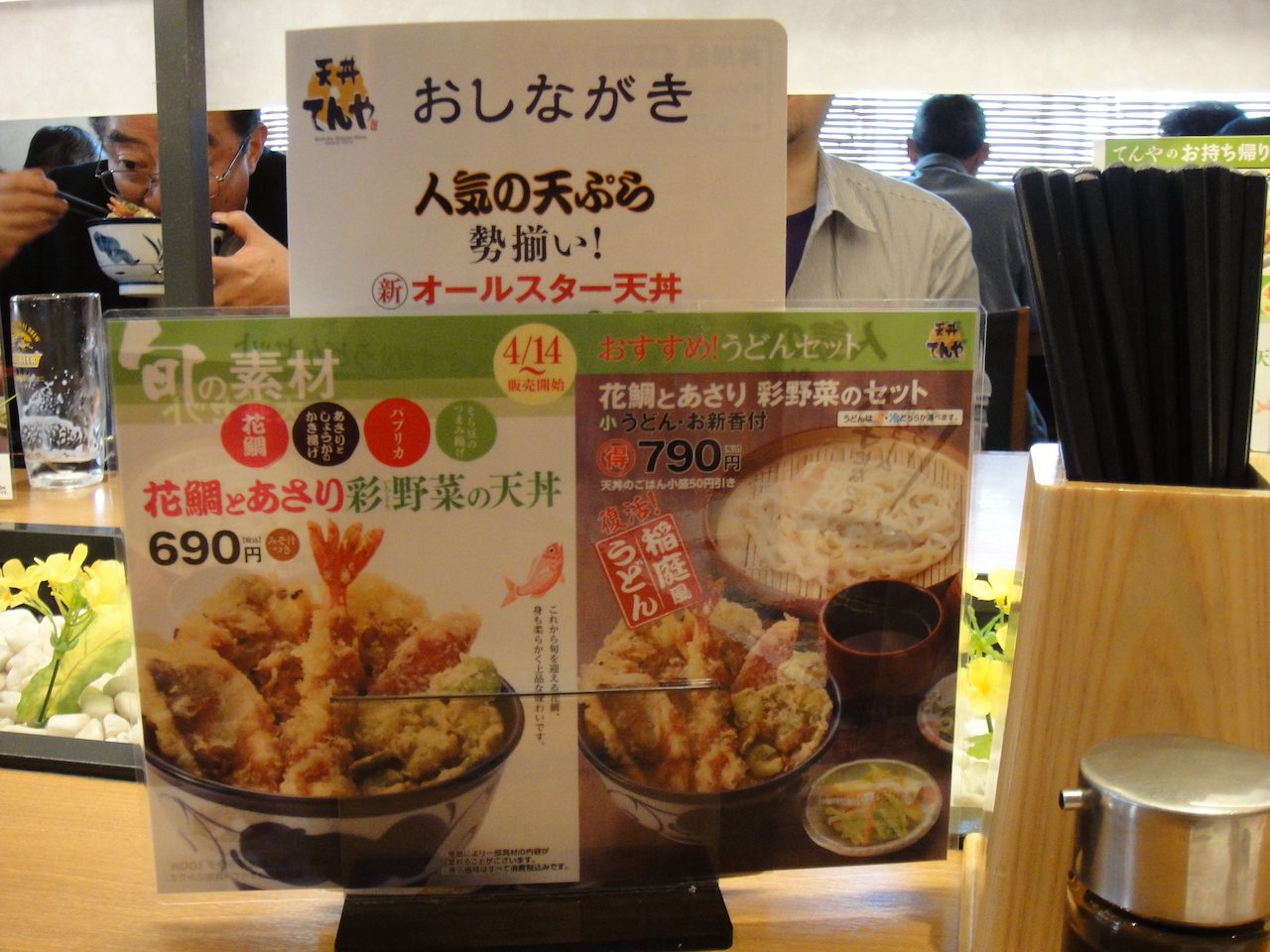

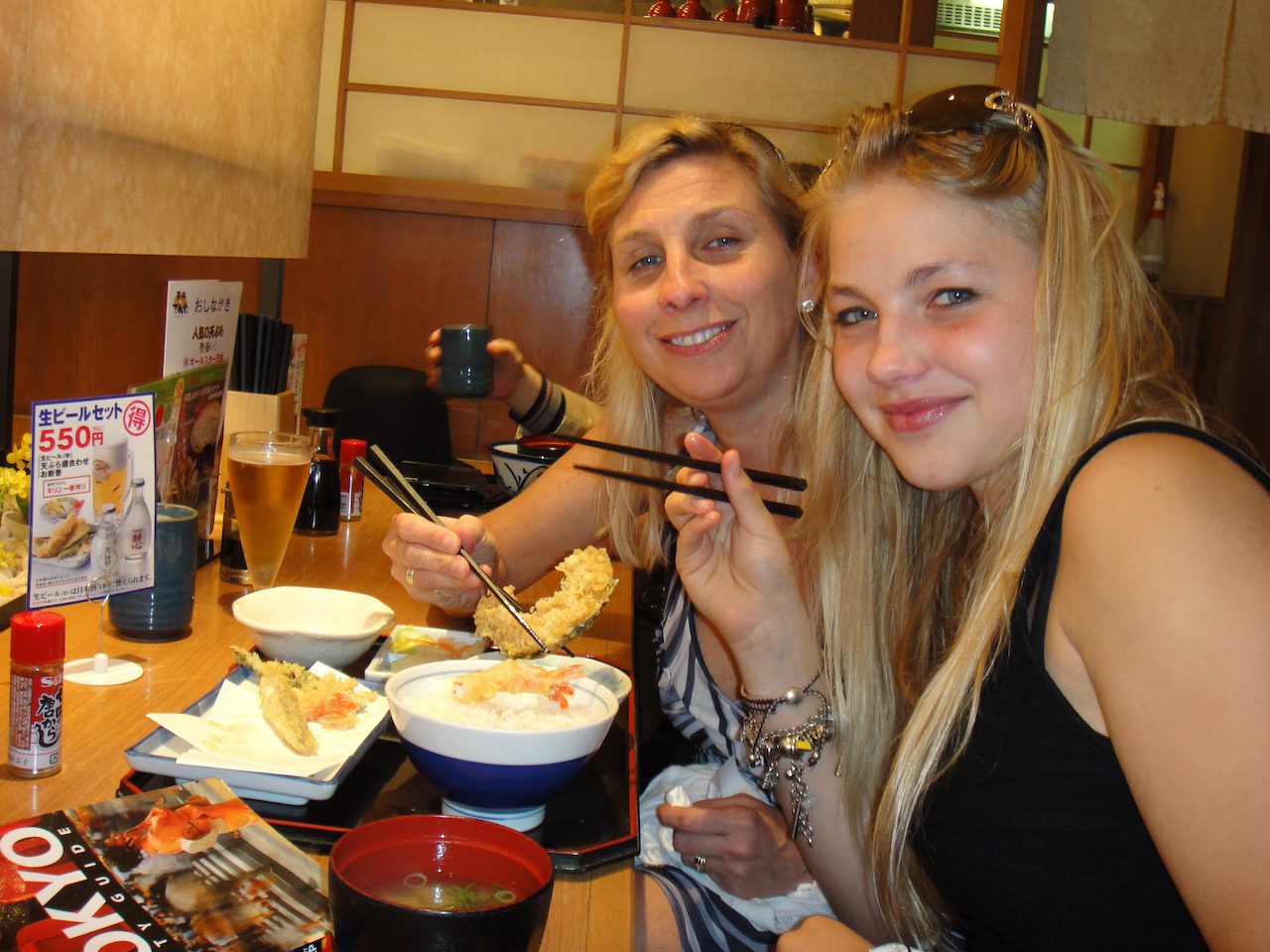
Next up we visited the Imperial Palace which has been the main residence of the Emperor of Japan since 1868. You can walk around and enjoy views of the lovely moats, bridges and walls of the Palace. It has a real ‘ancient east’ history meets ‘modern west’ feel! There were loads of joggers around the moat. Also amusing were the number of people wearing masks. Old ladies with bowed legs on high heels! The boulders that the palace are built from are enormous.
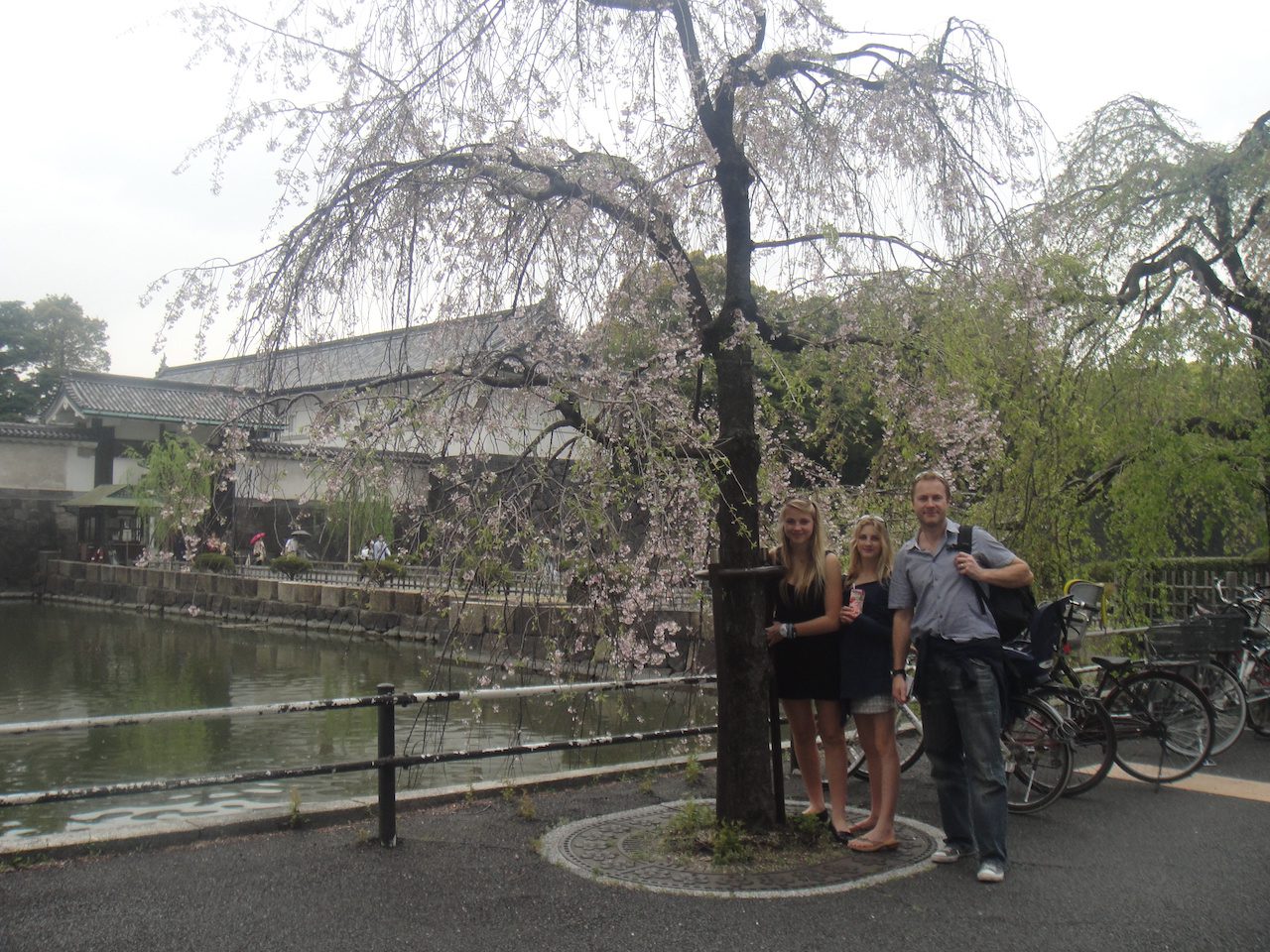



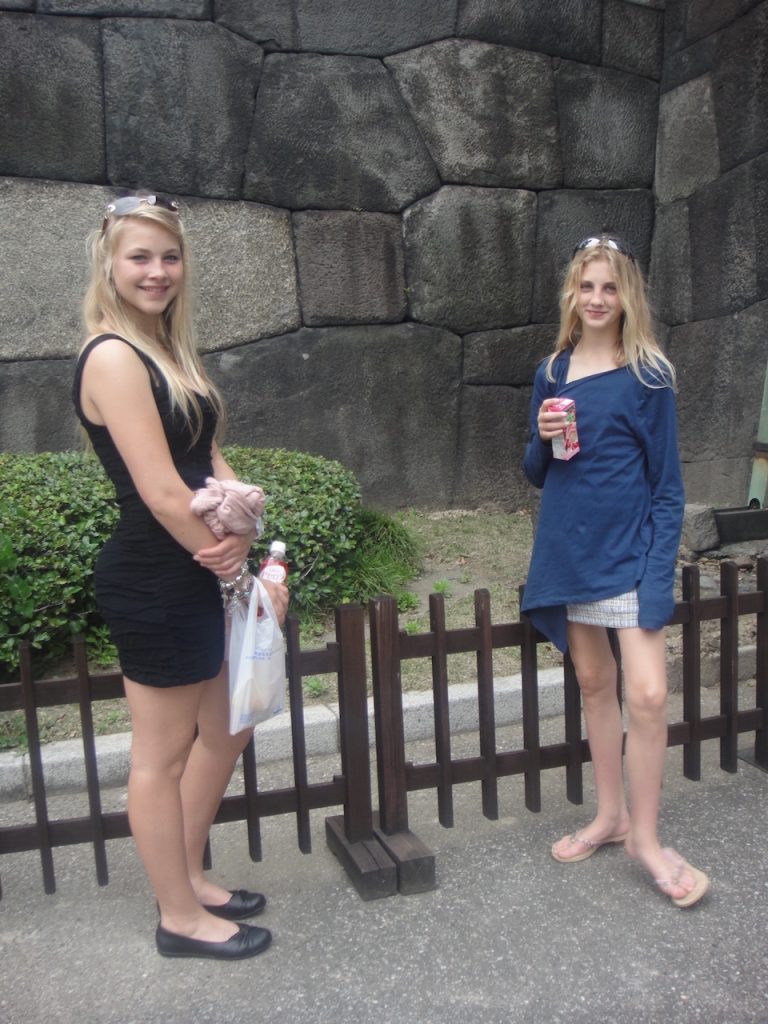


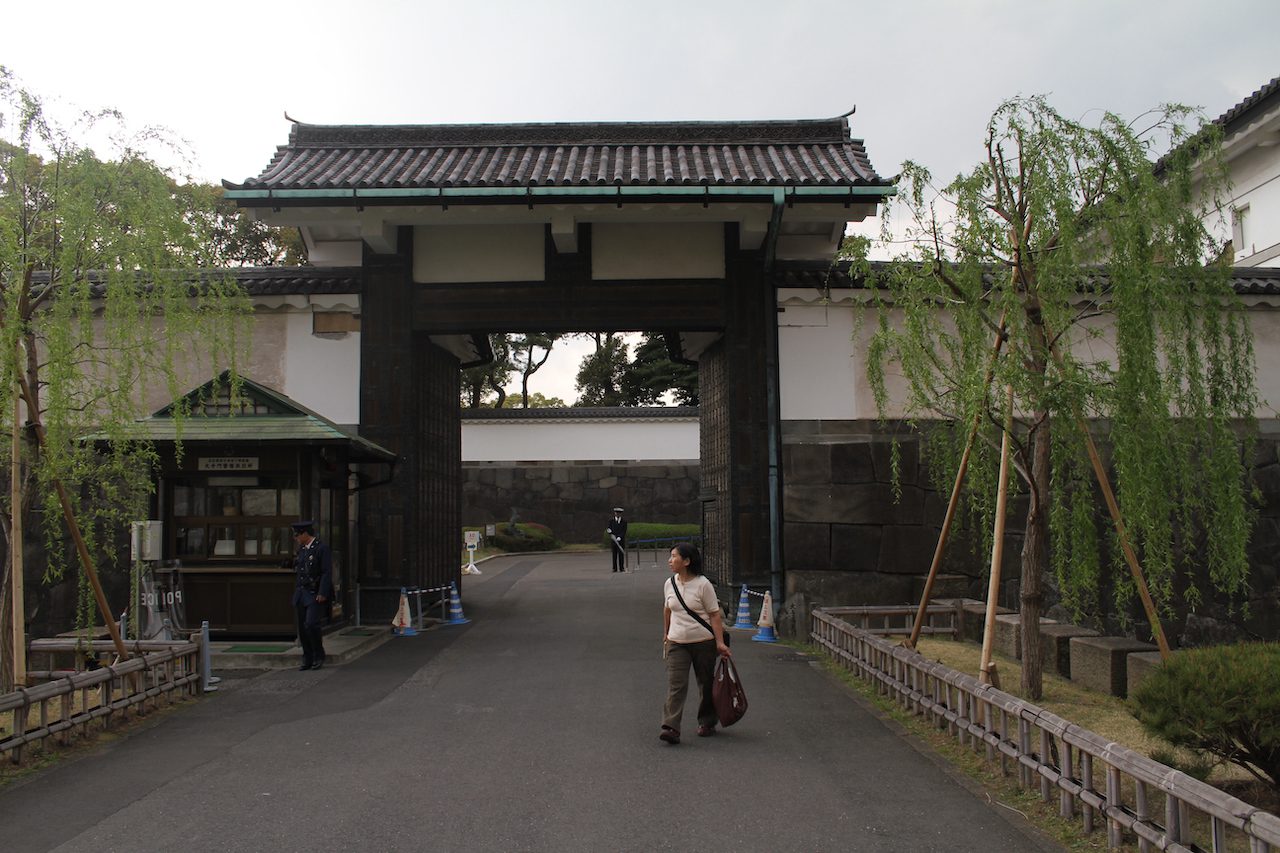
Next stop we visited Harajuku- what an eye opener! Harajuku culture got its start during the postwar Allied occupation of Japan, when American soldiers and civilians lived in the area. Curious Japanese youths came to experience a different culture and browse the Western goods in local stores catering to the Americans.


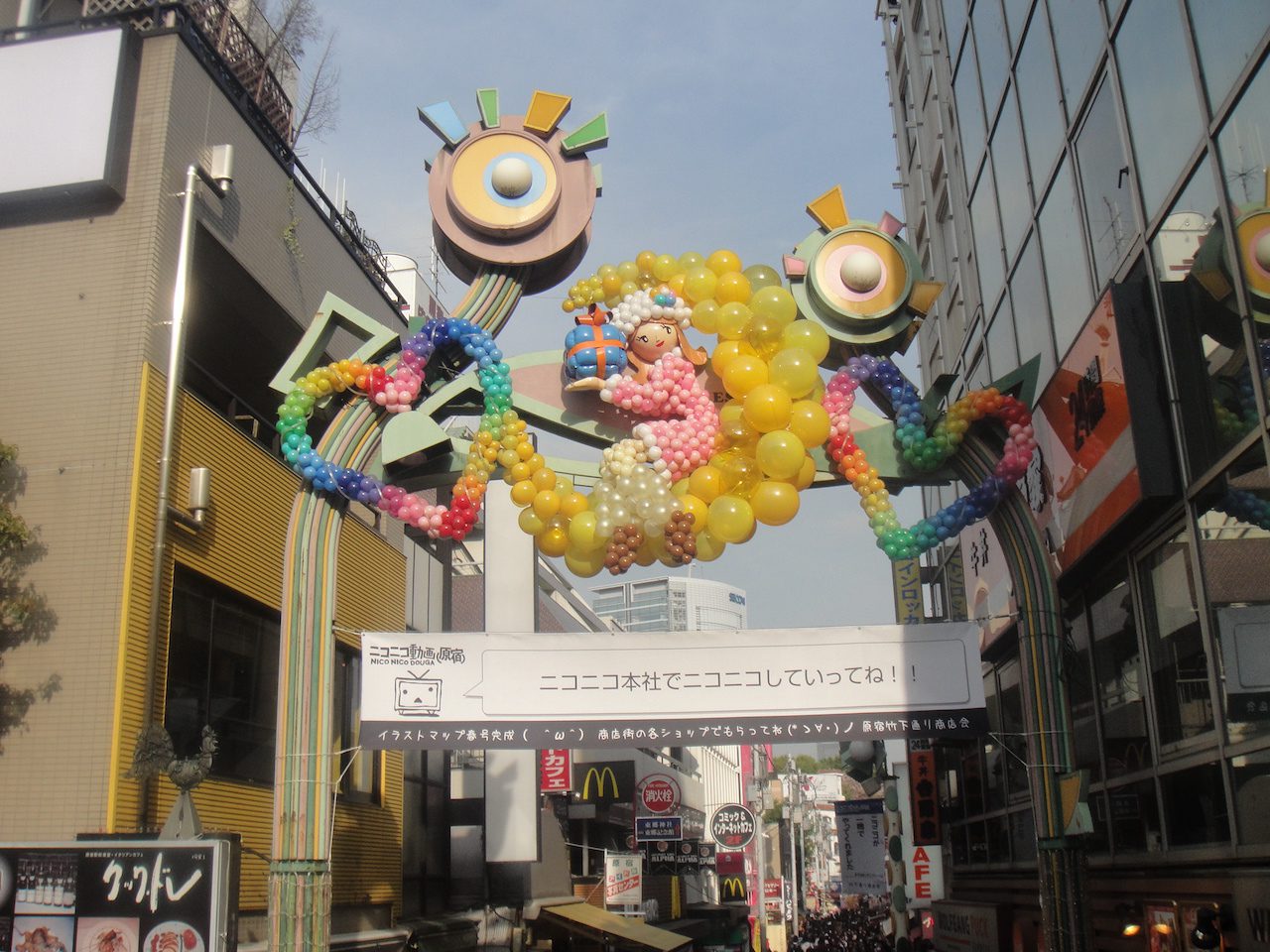
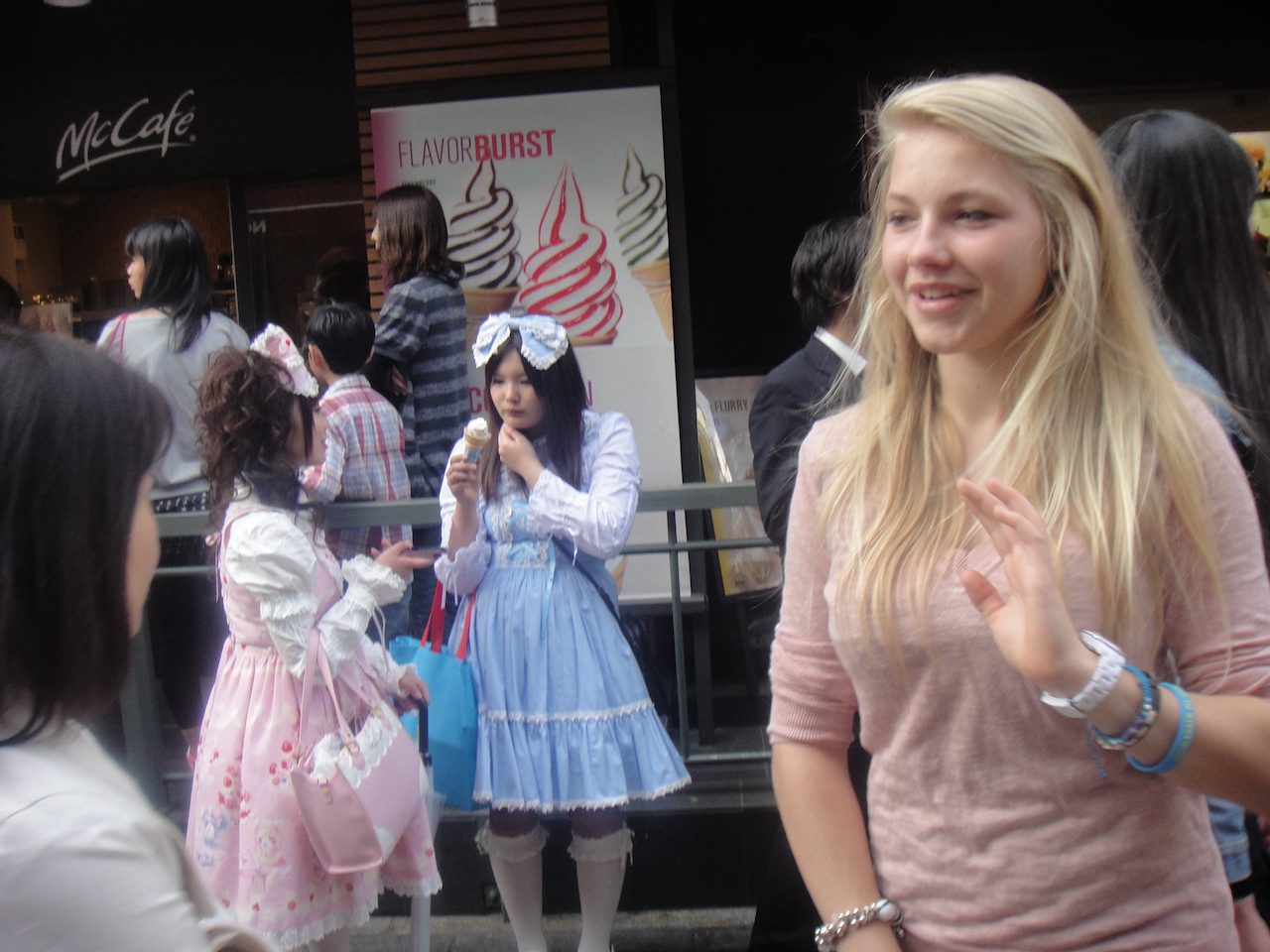

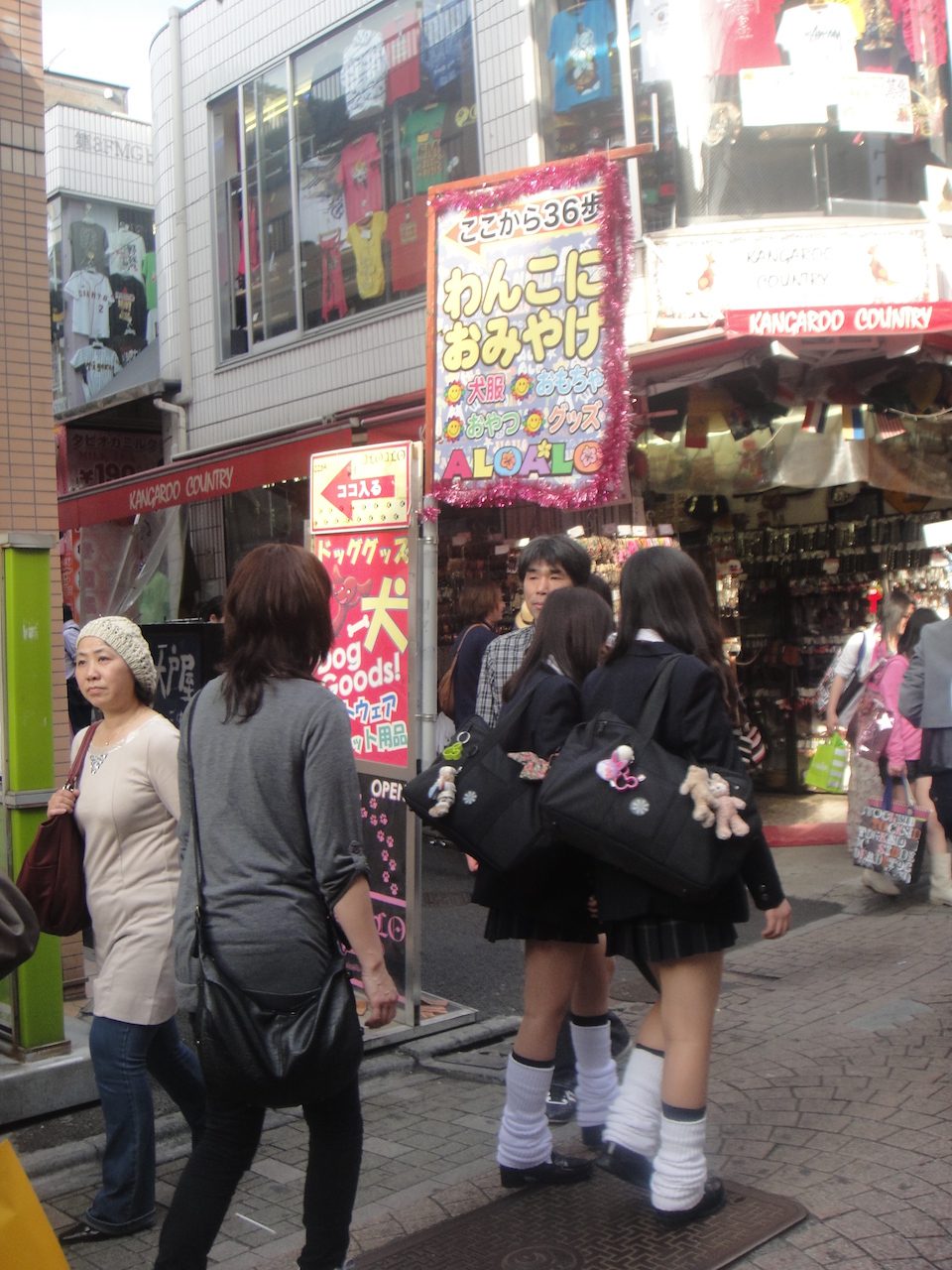

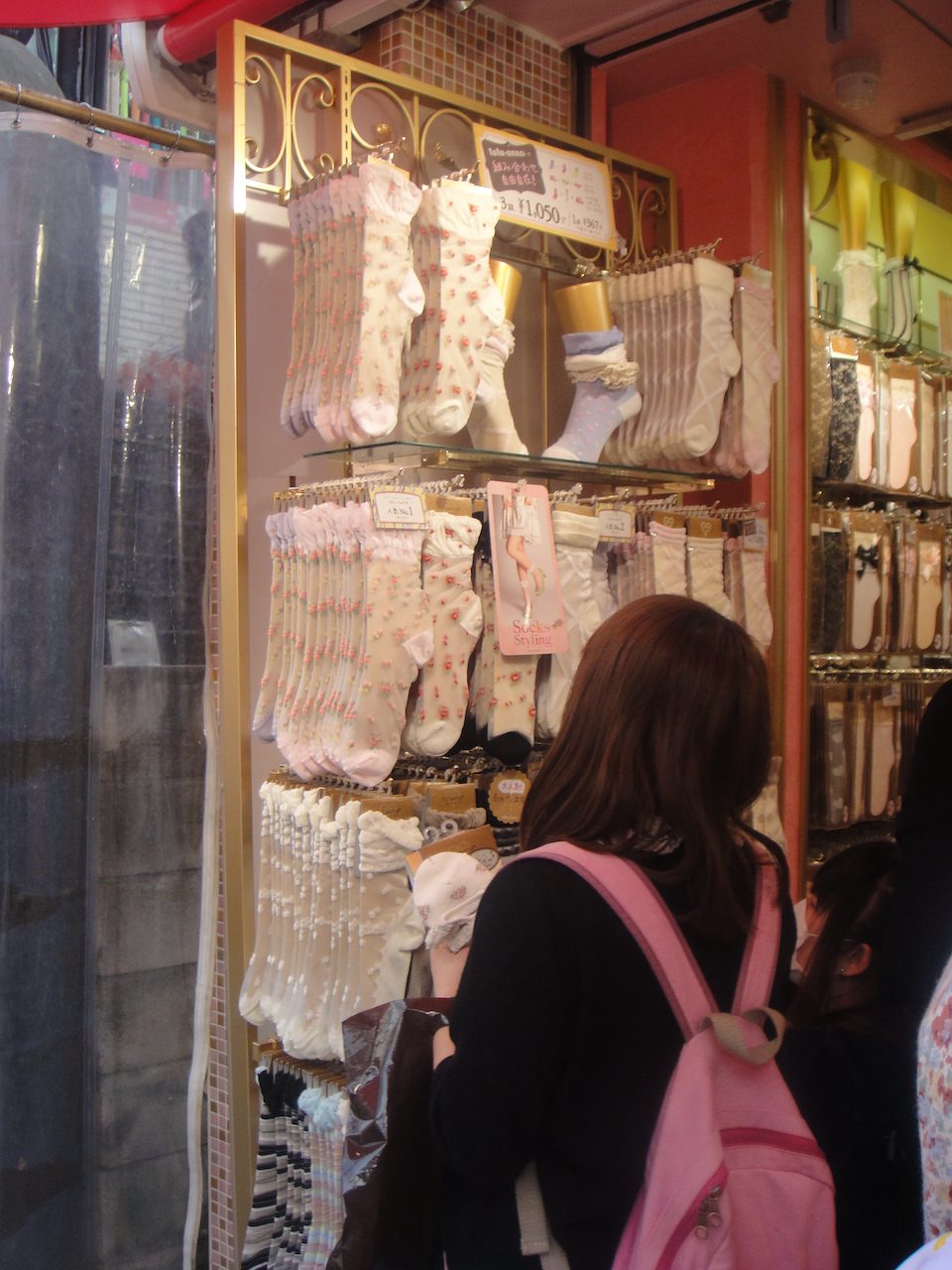
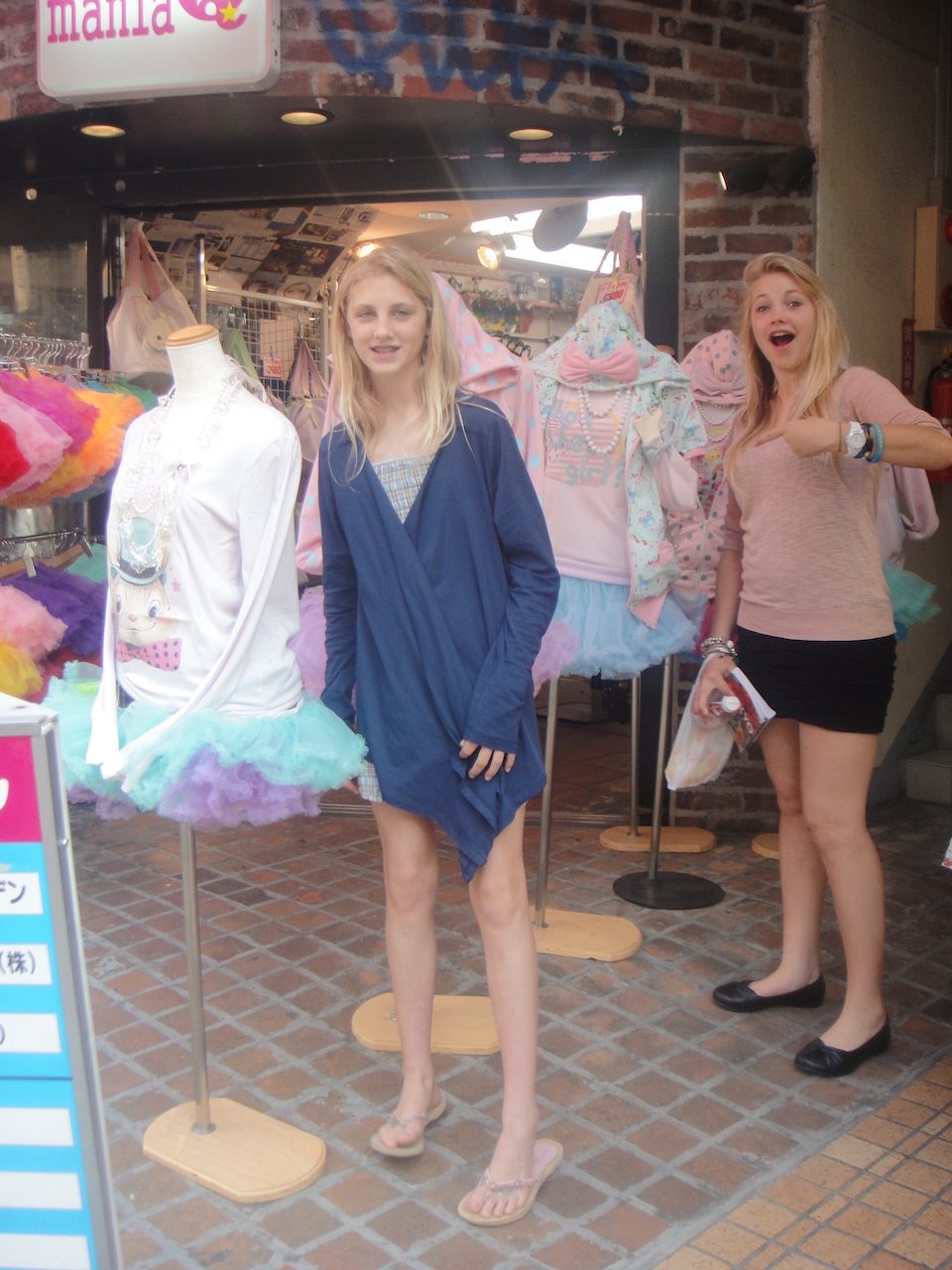
Just a fascinating place with music blaring from shops, girls dressed in ornate lacy clothes and huge high heels.
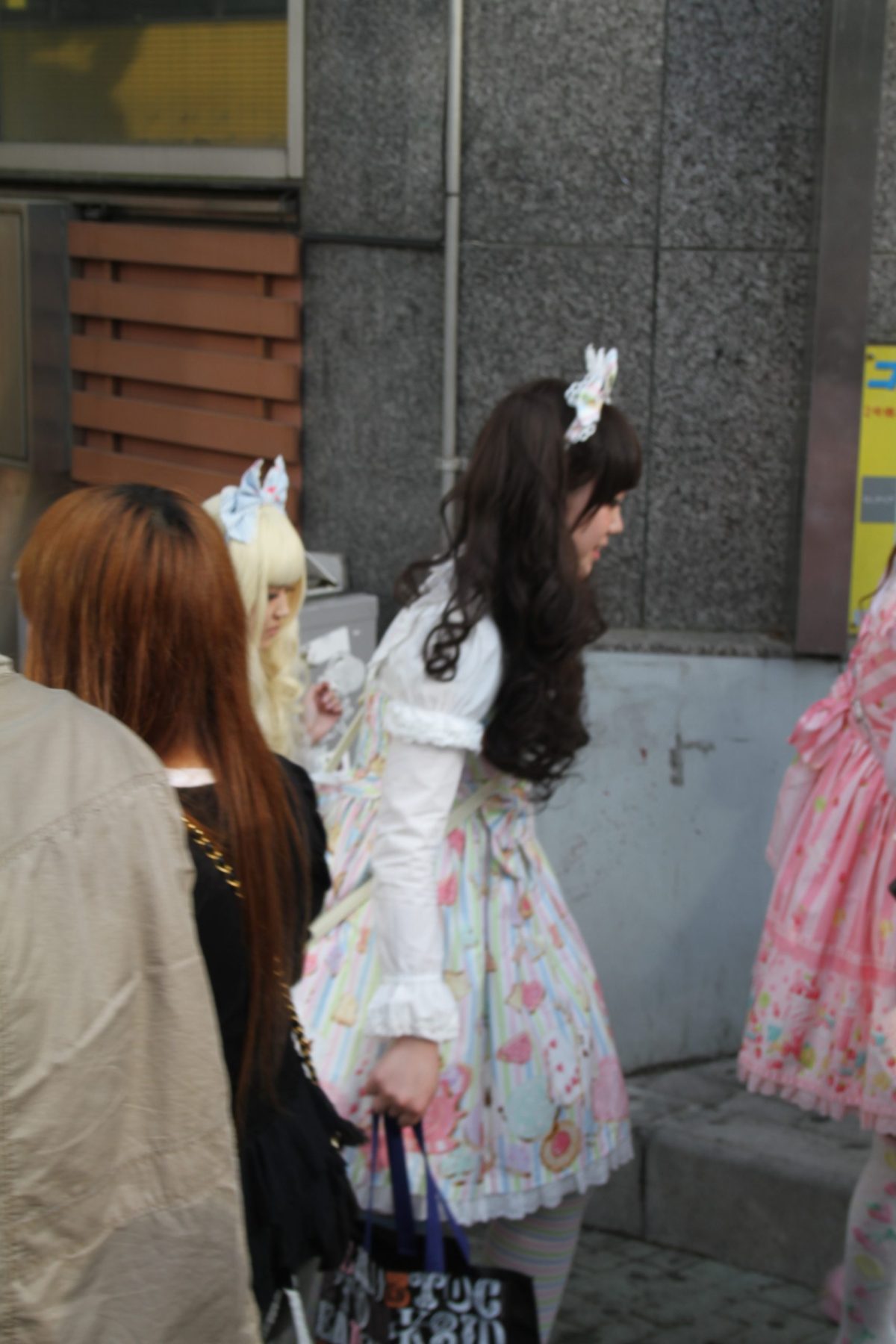







Headed to the Meiji Shrine which is a Shinto shrine next door in Shibuya that is dedicated to the deified spirits of Emperor Meiji and his wife, Empress Shōken. Meiji Shrine wishes are called ema and they are small wooden tablets used by worshippers to write down their prayers or wishes. The tablets are left in a designated area at the shrine, a traditional way of sending their prayers to the gods. We bought Trent one to wish him well in his studies.
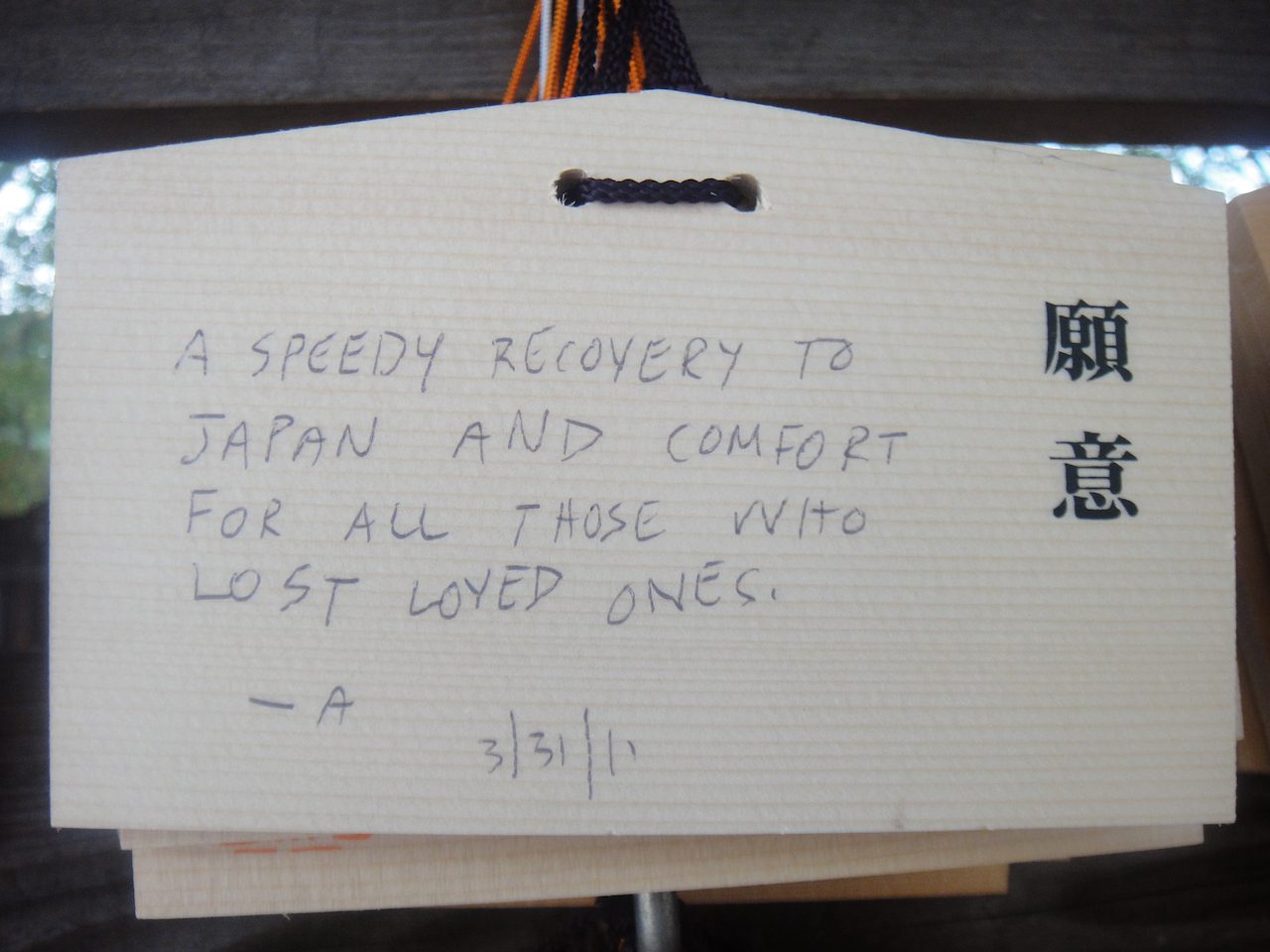
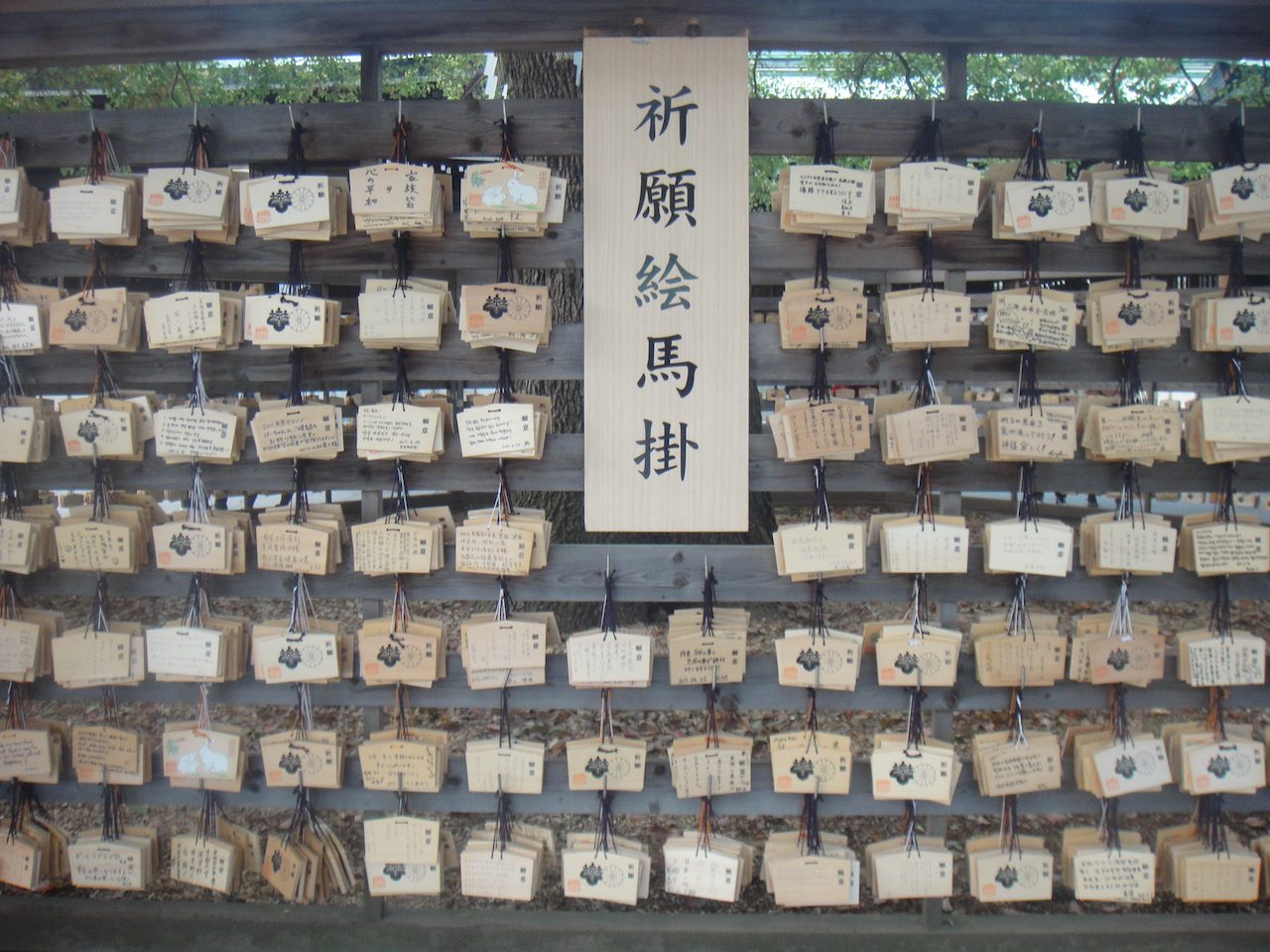
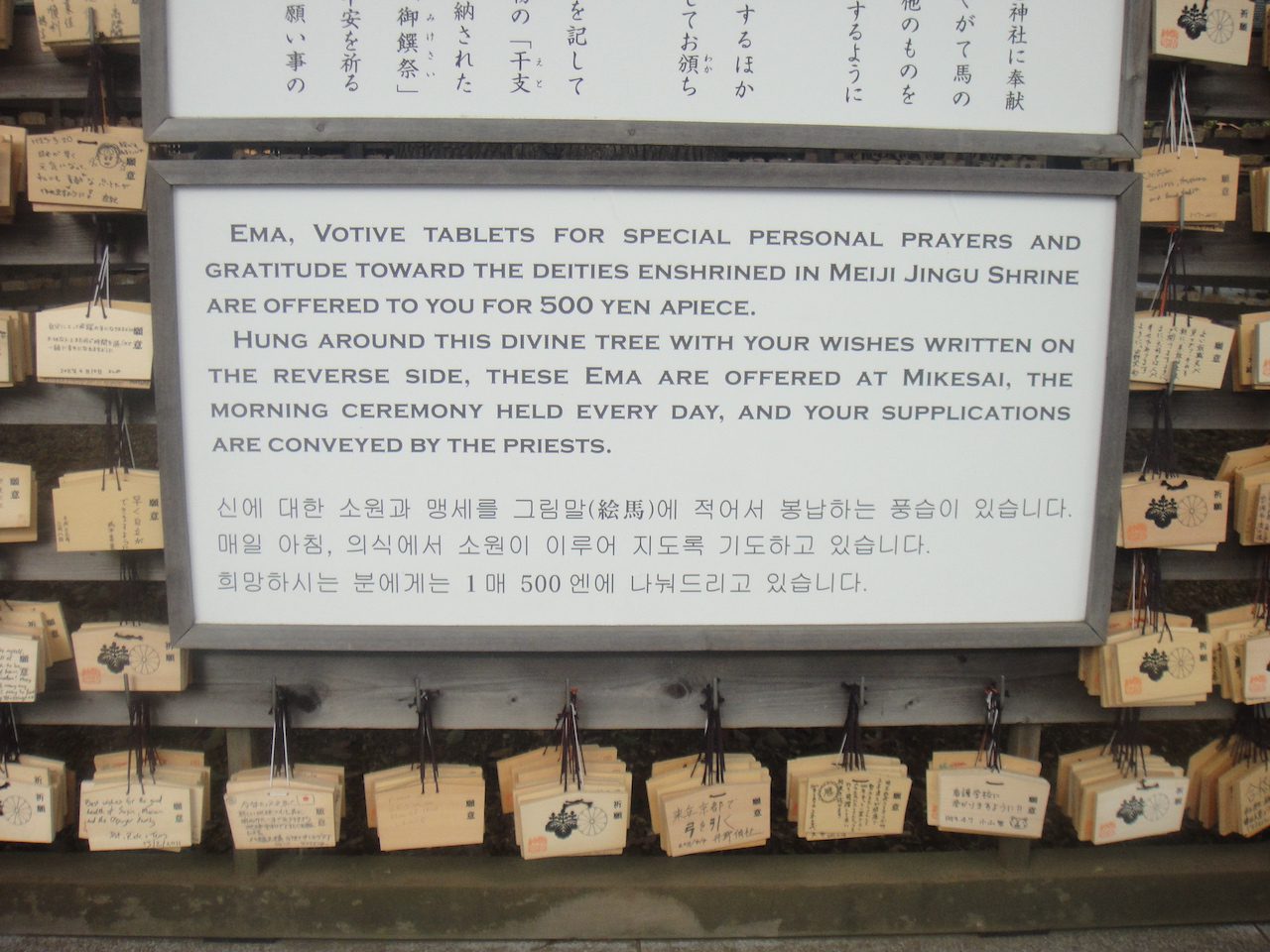






We then took a Metro which we navigated by colour to Akasaka to find the Ninja ! This themed Japanese themed restaurant was as difficult to find as the web site had warned! Eventually we found it next to a dark door. Some Ninjas met us and after doing a few impressive karate manoeuvres removed our shoes and then led us through a maze and then a drawbridge and up and down various stairways until we finally found our table in a little alcove under a staircase. The menu was flourished in an elaborate display and we ordered the set menu plus extra sushi and tempura. The cocktails were gold apricot which were delicious plus obligatory saki. Small portions of food but absolutely divine.
The girls and I popped to the toilet and ended up spending 20mins just playing with all the options and giggling hysterically with laughter as water jetted out and up our bums! Then making sounds of the sea to drown out any unpleasant sounds – so funny! At the end of our meal our waiter came over and performed several mysterious magic tricks – a great experience! Kampei! (Cheers in Japanese).

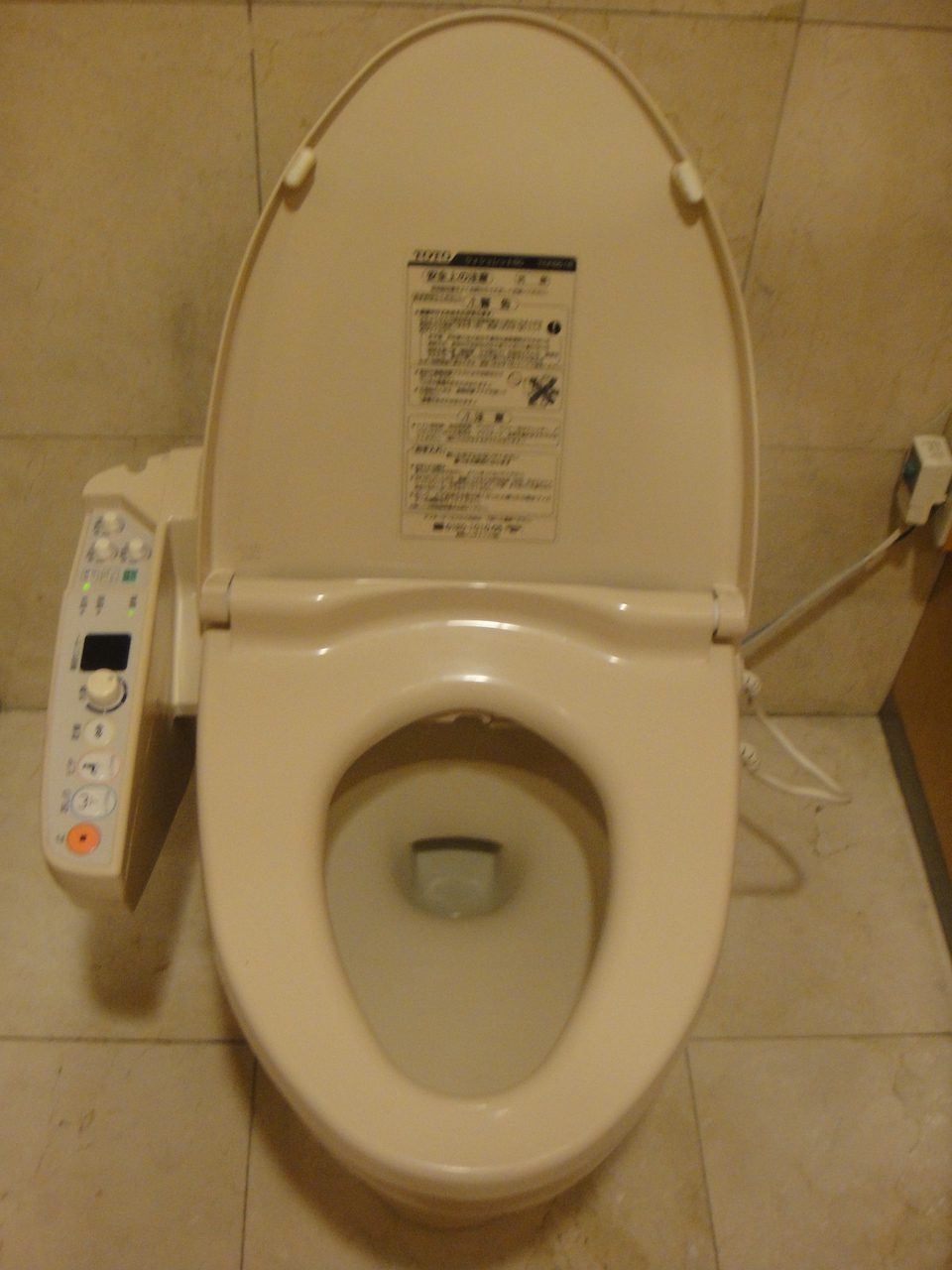
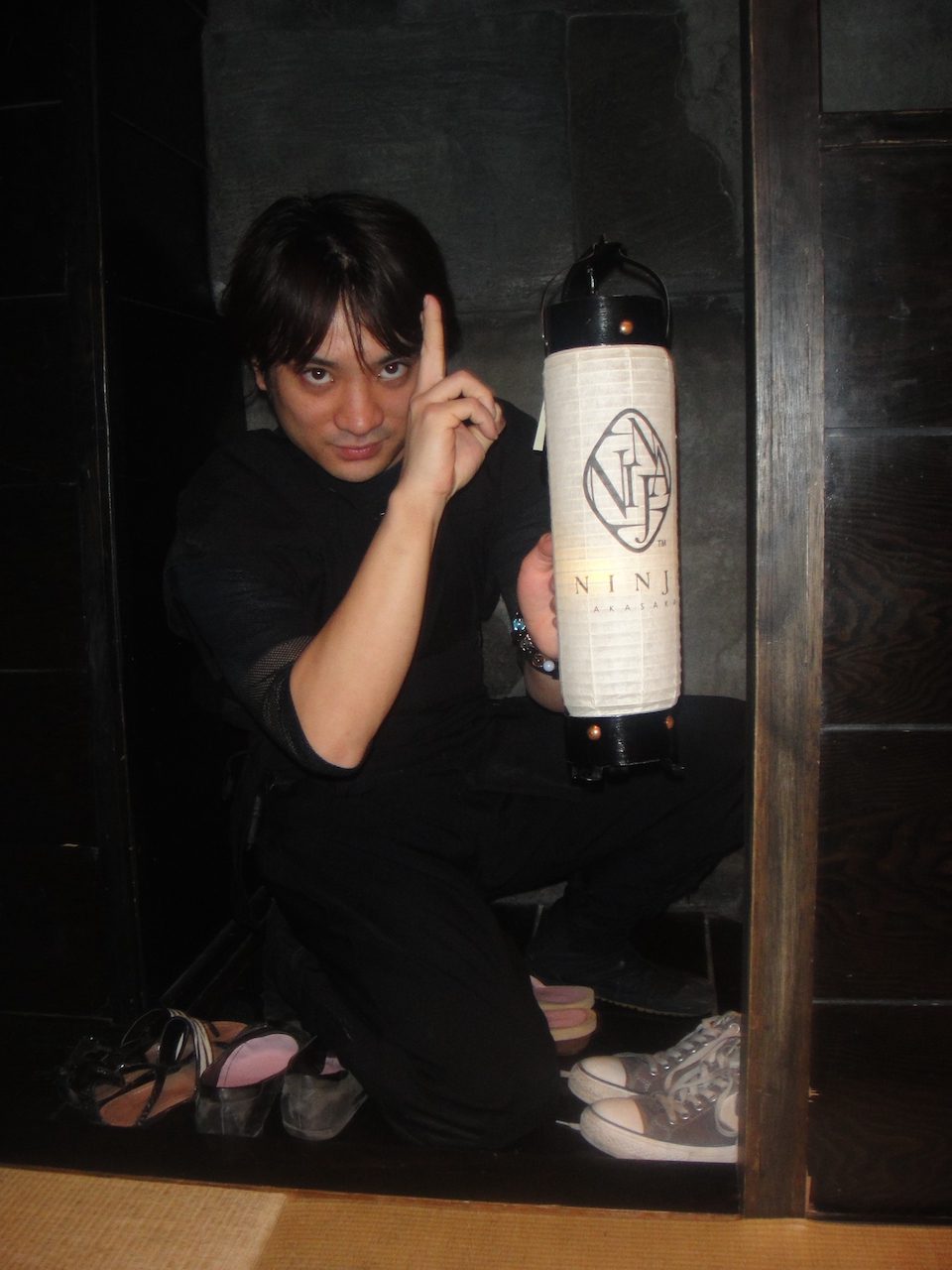
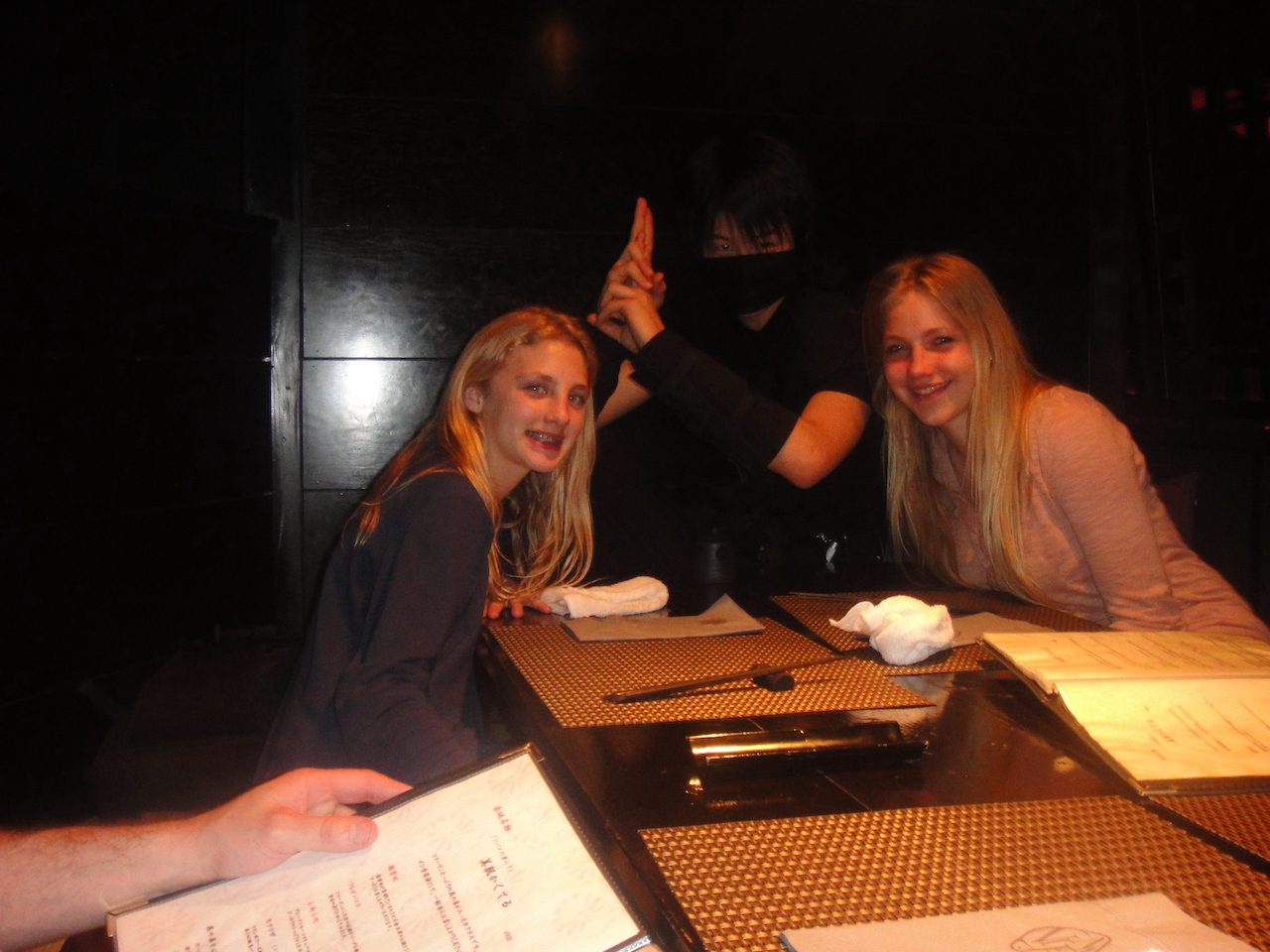
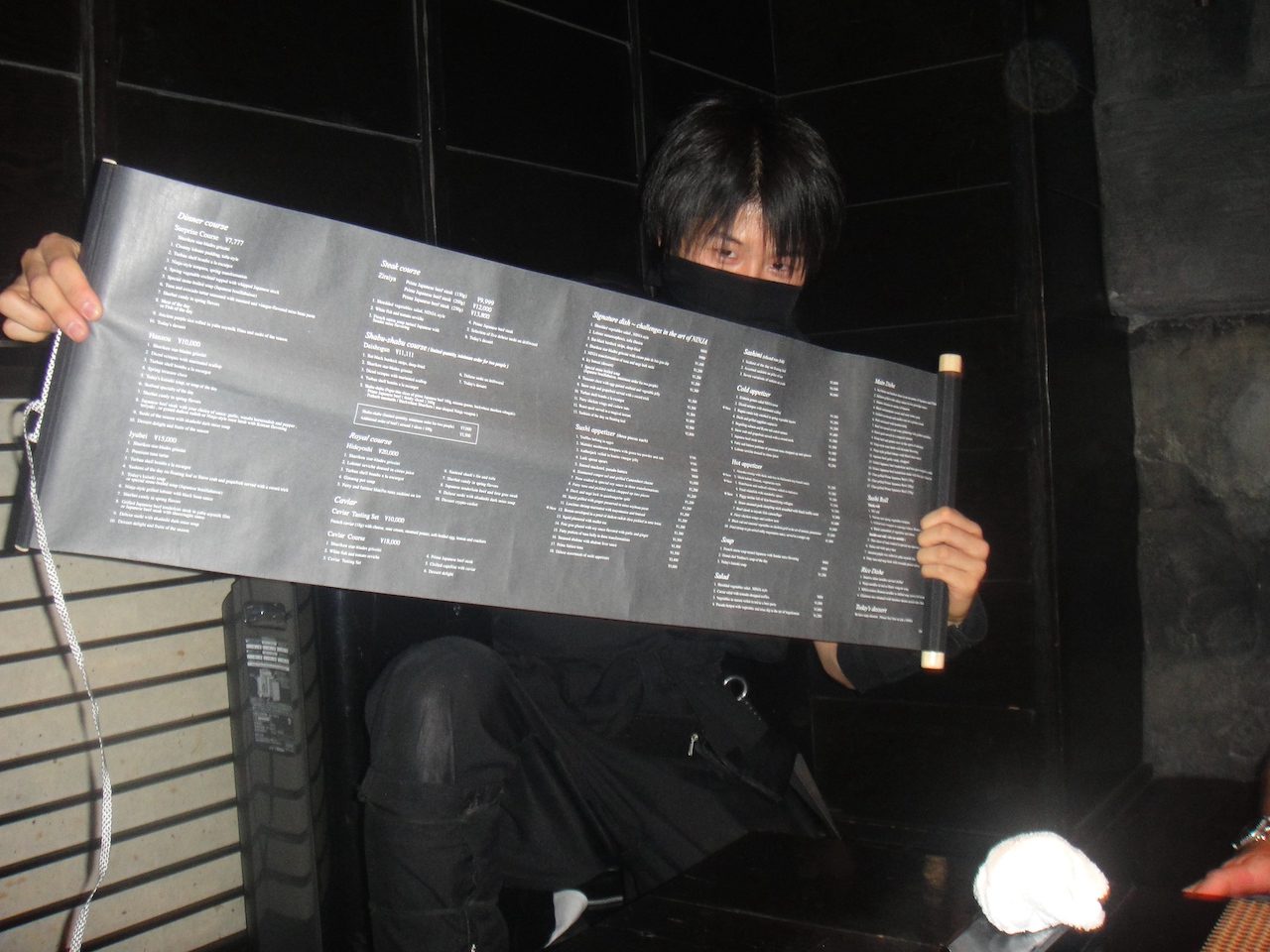
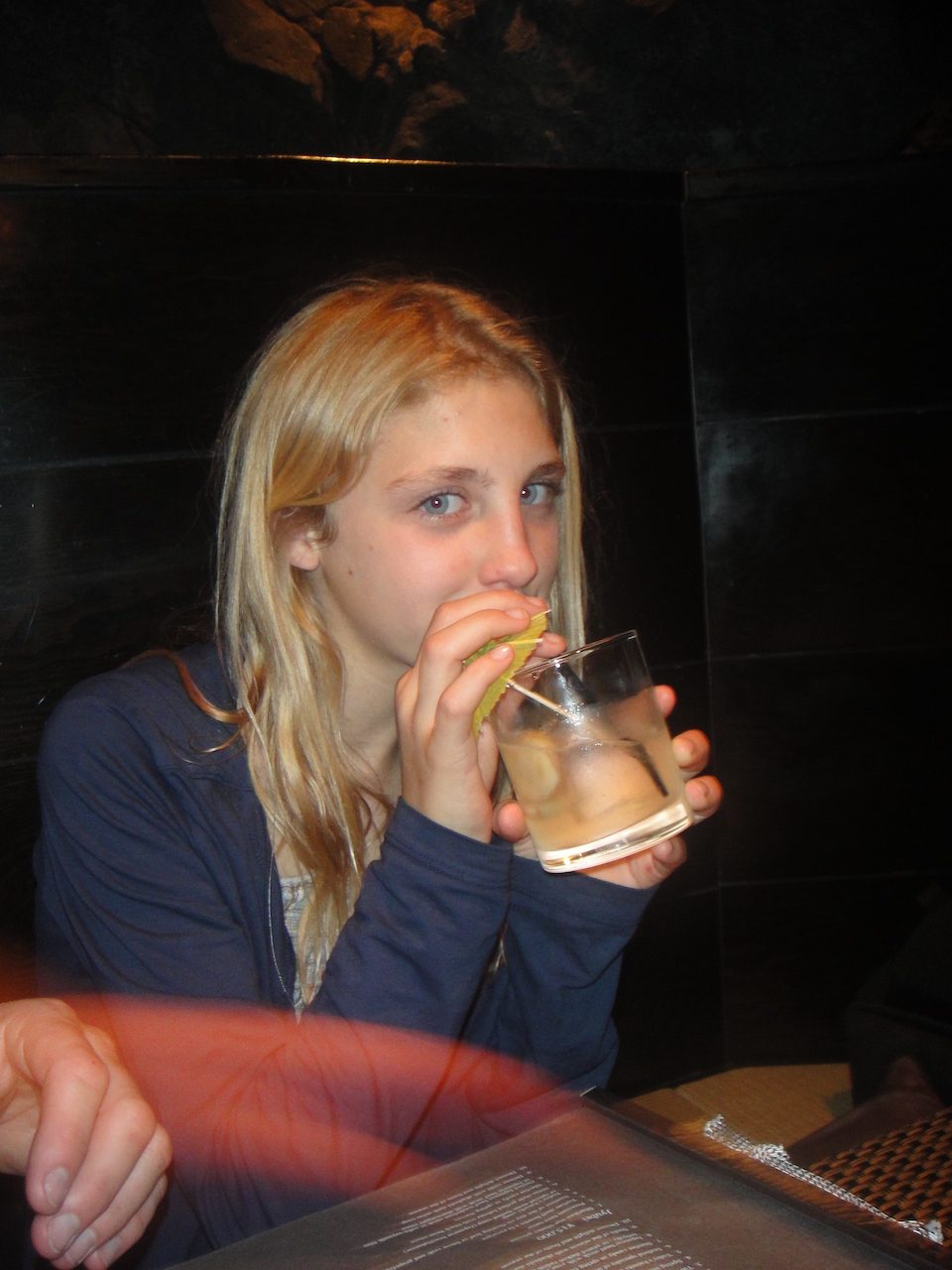

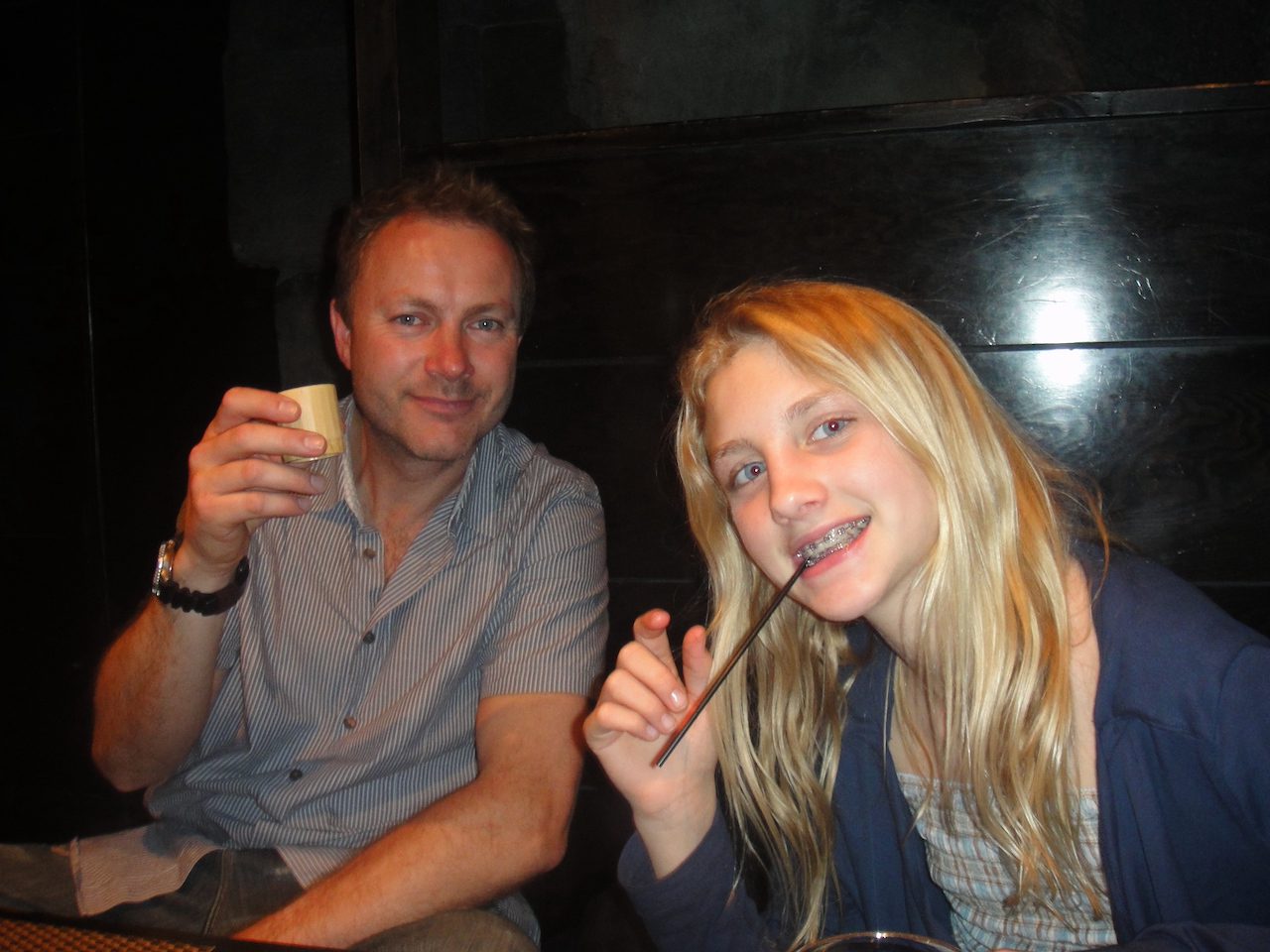
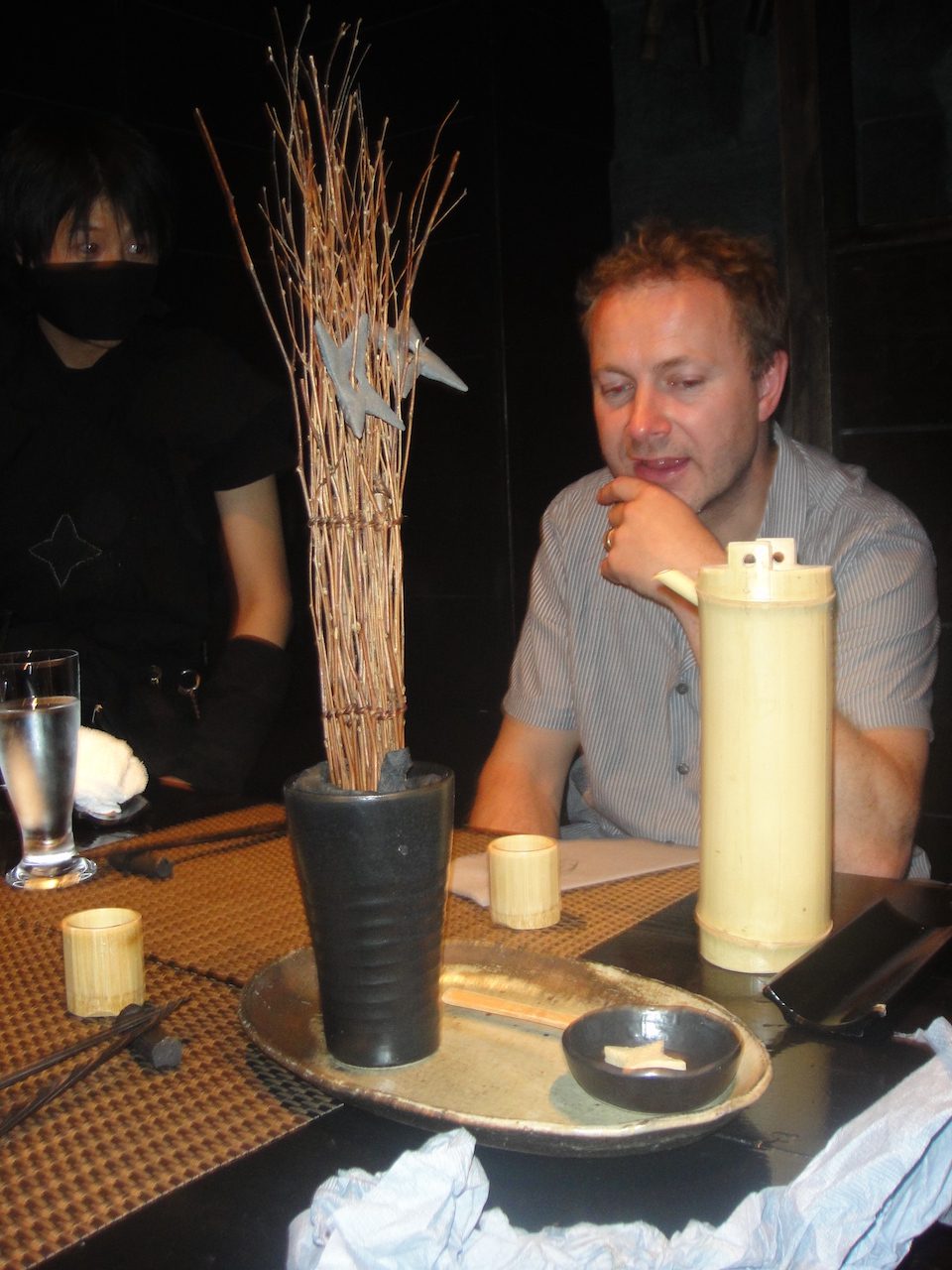

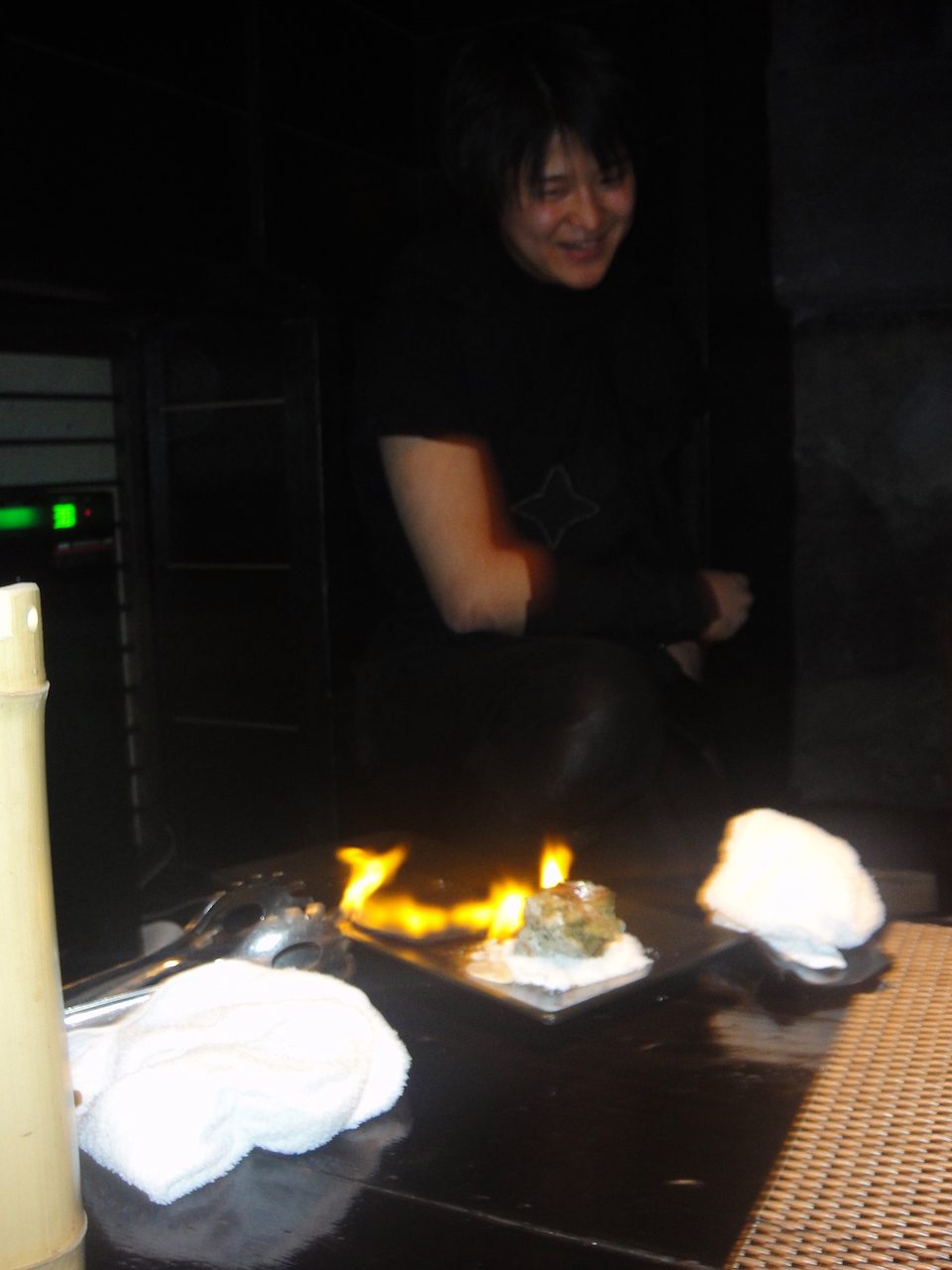

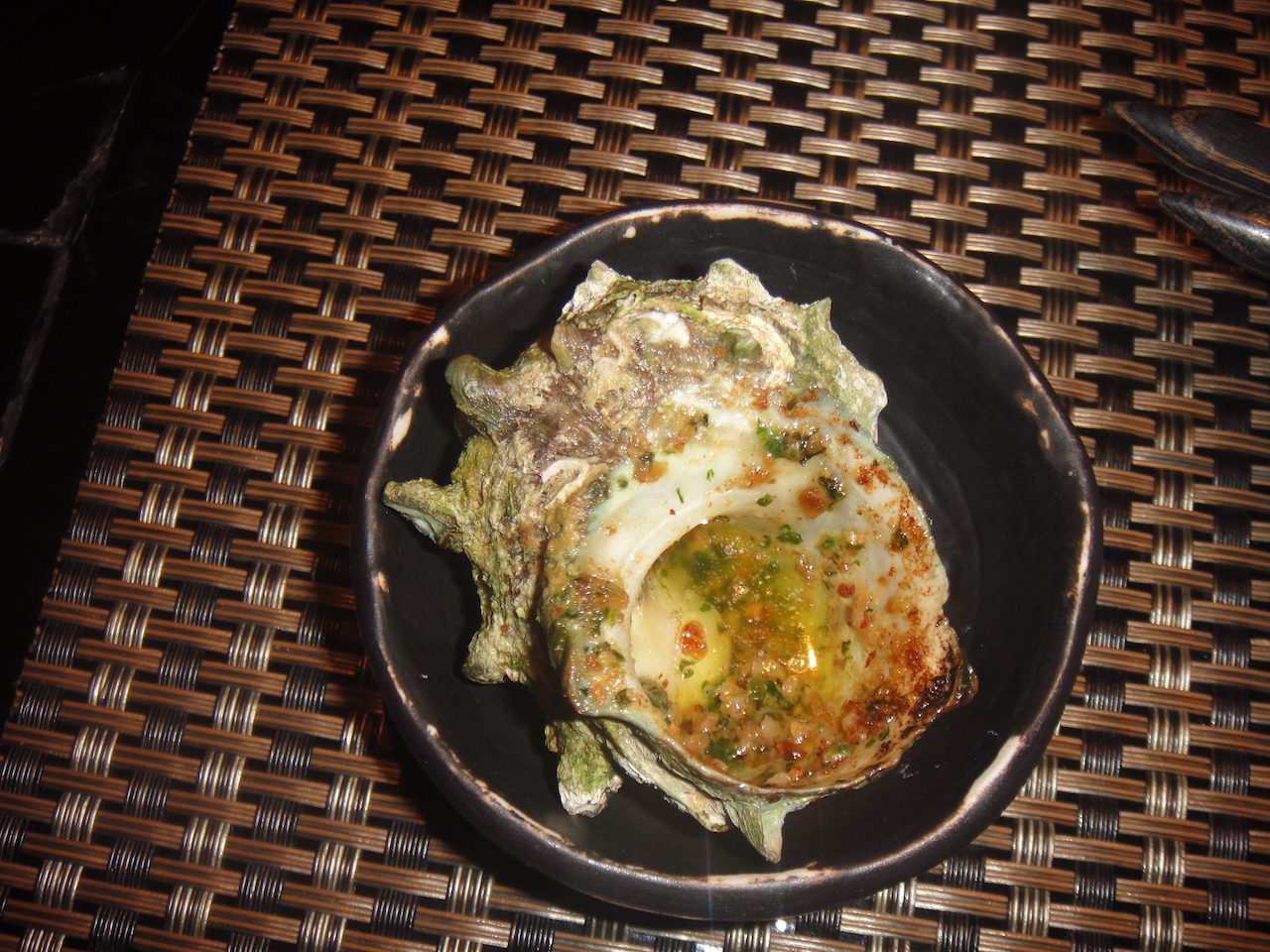

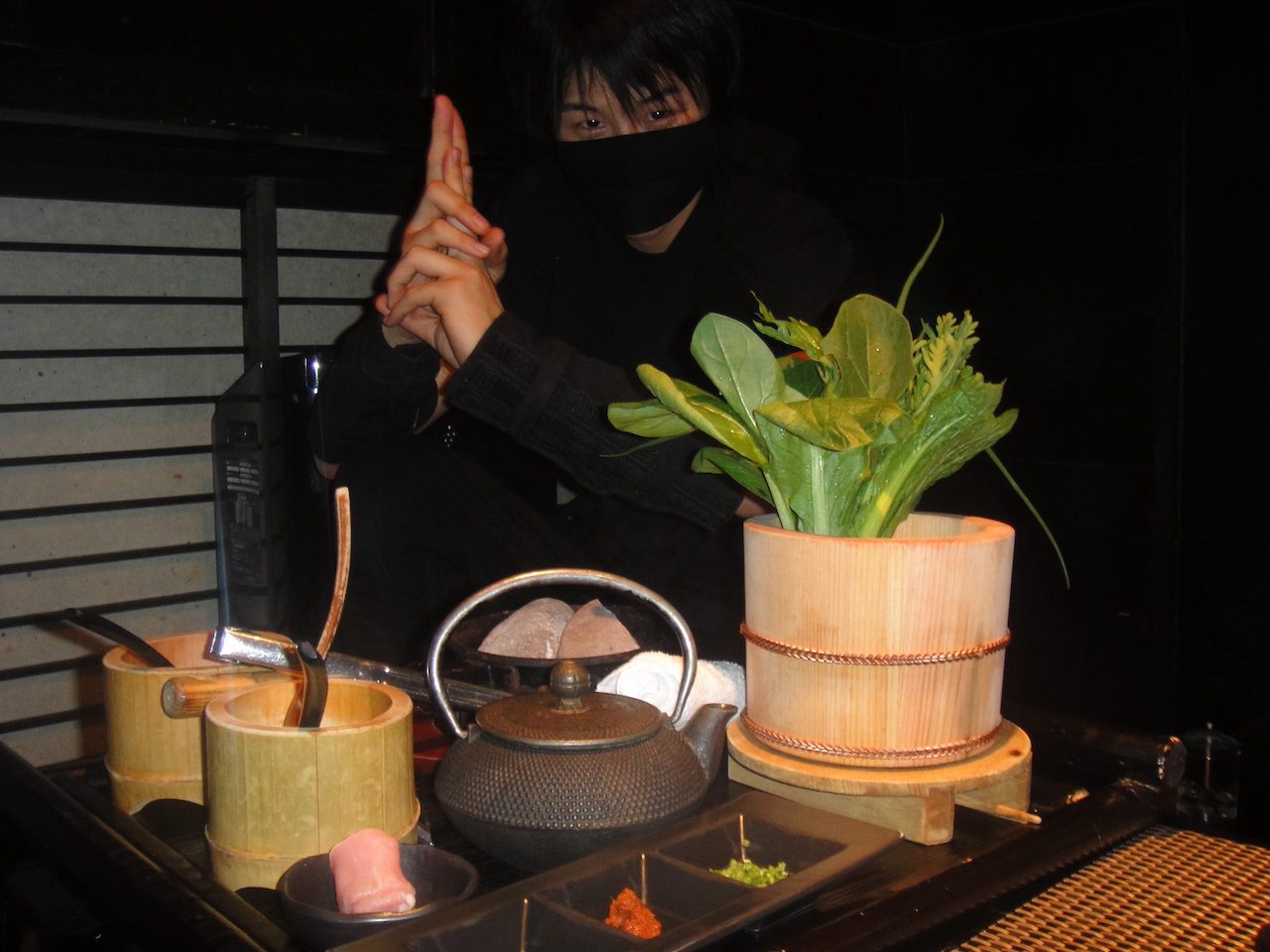
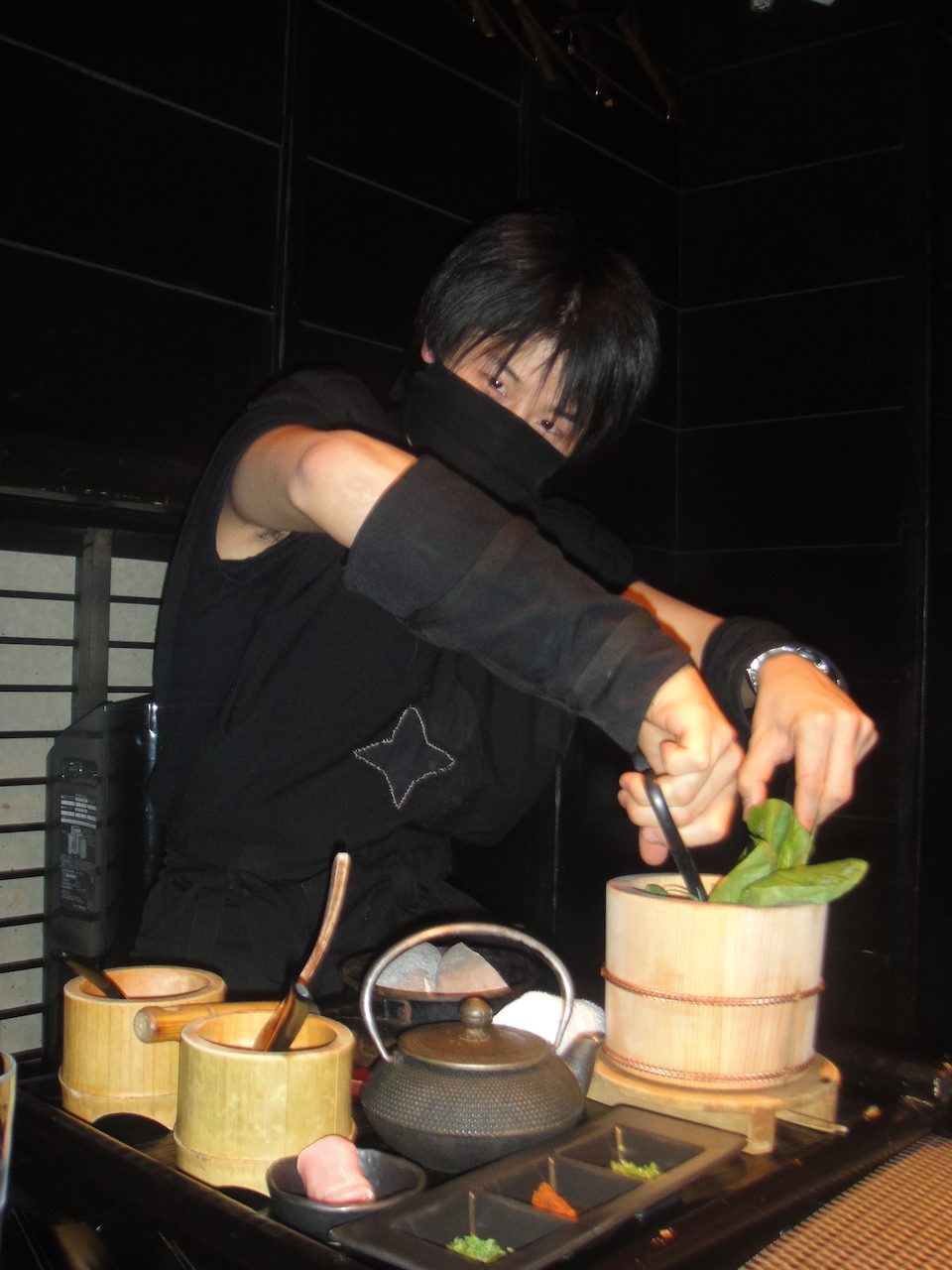
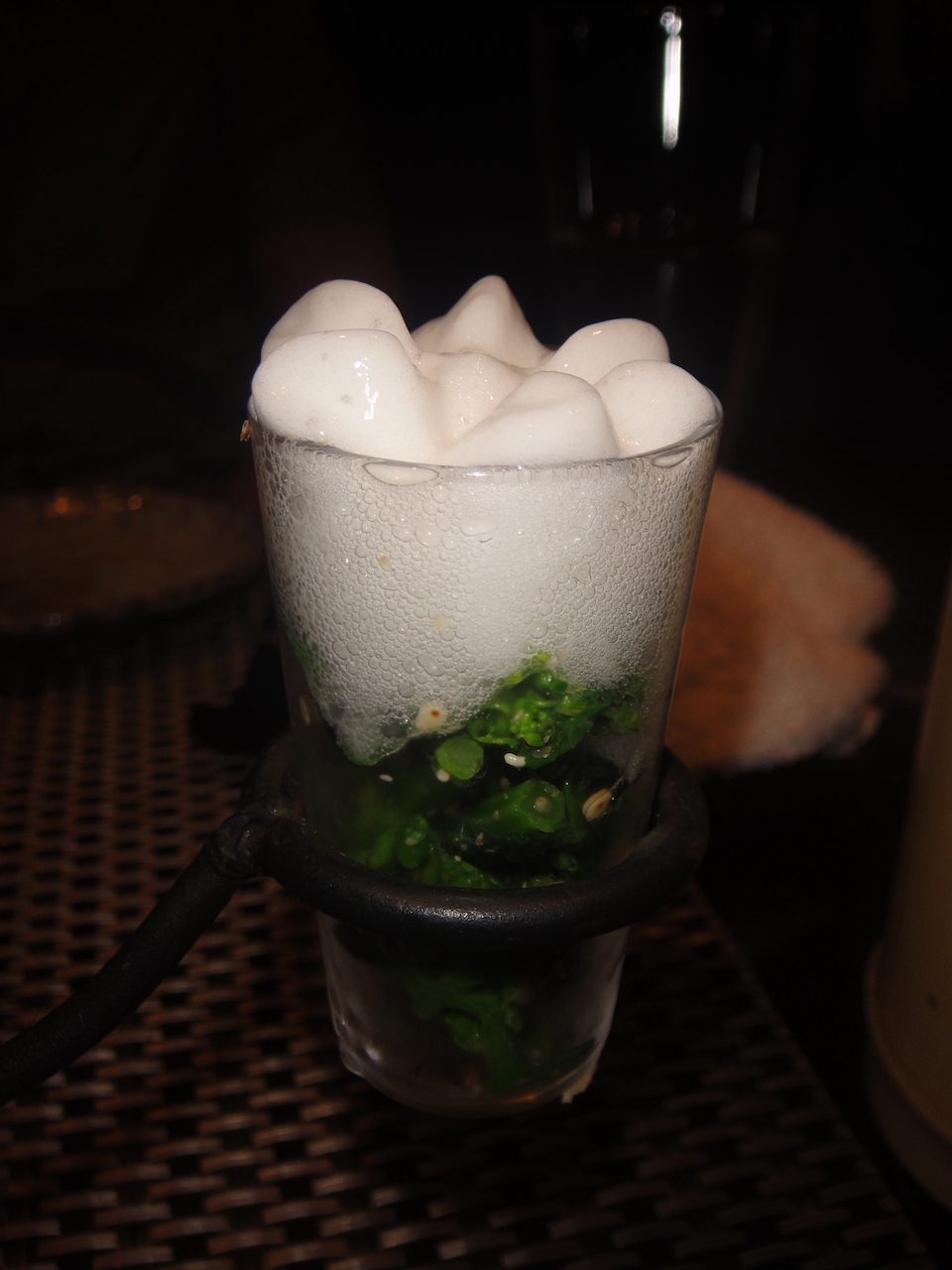
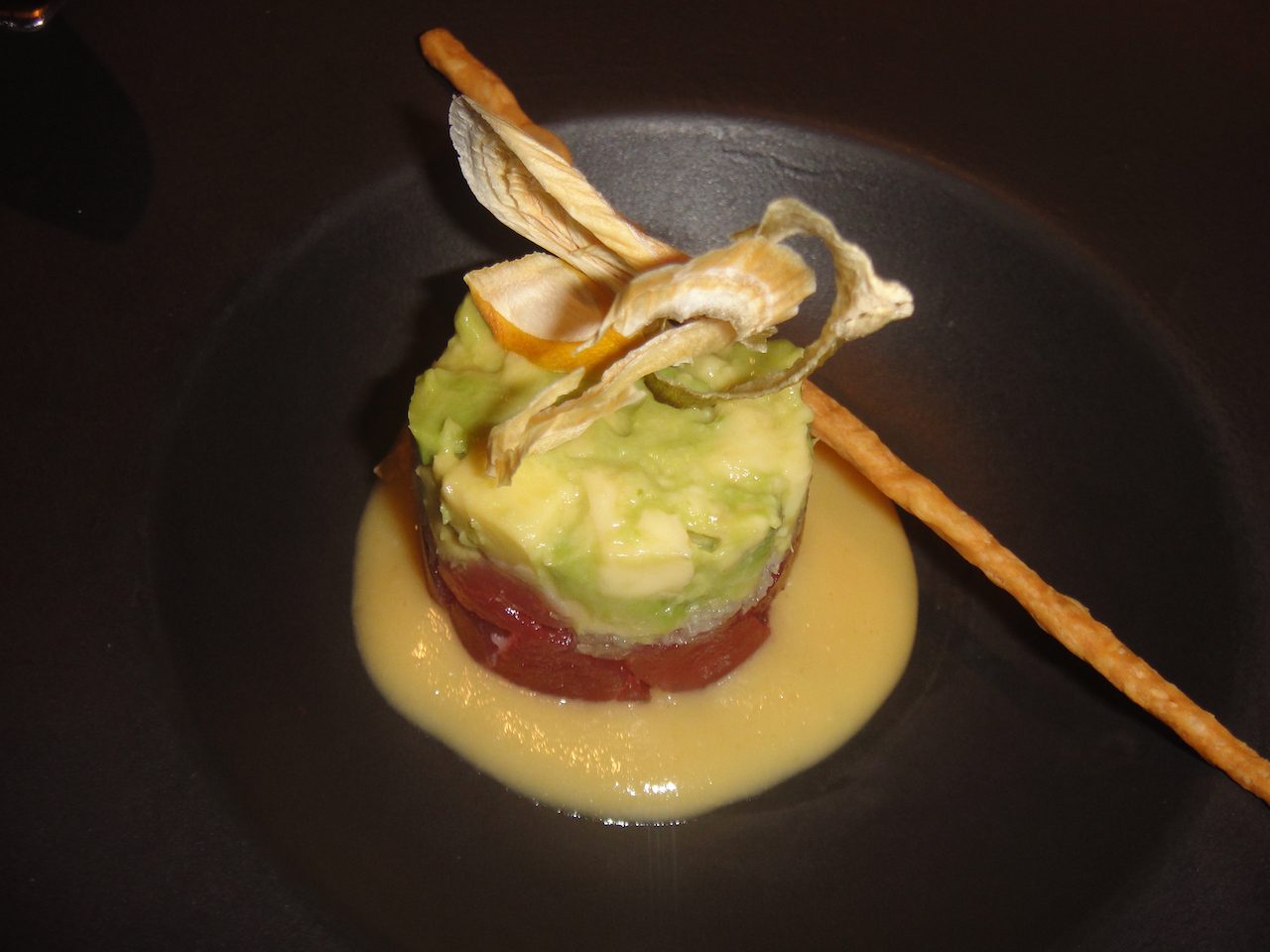
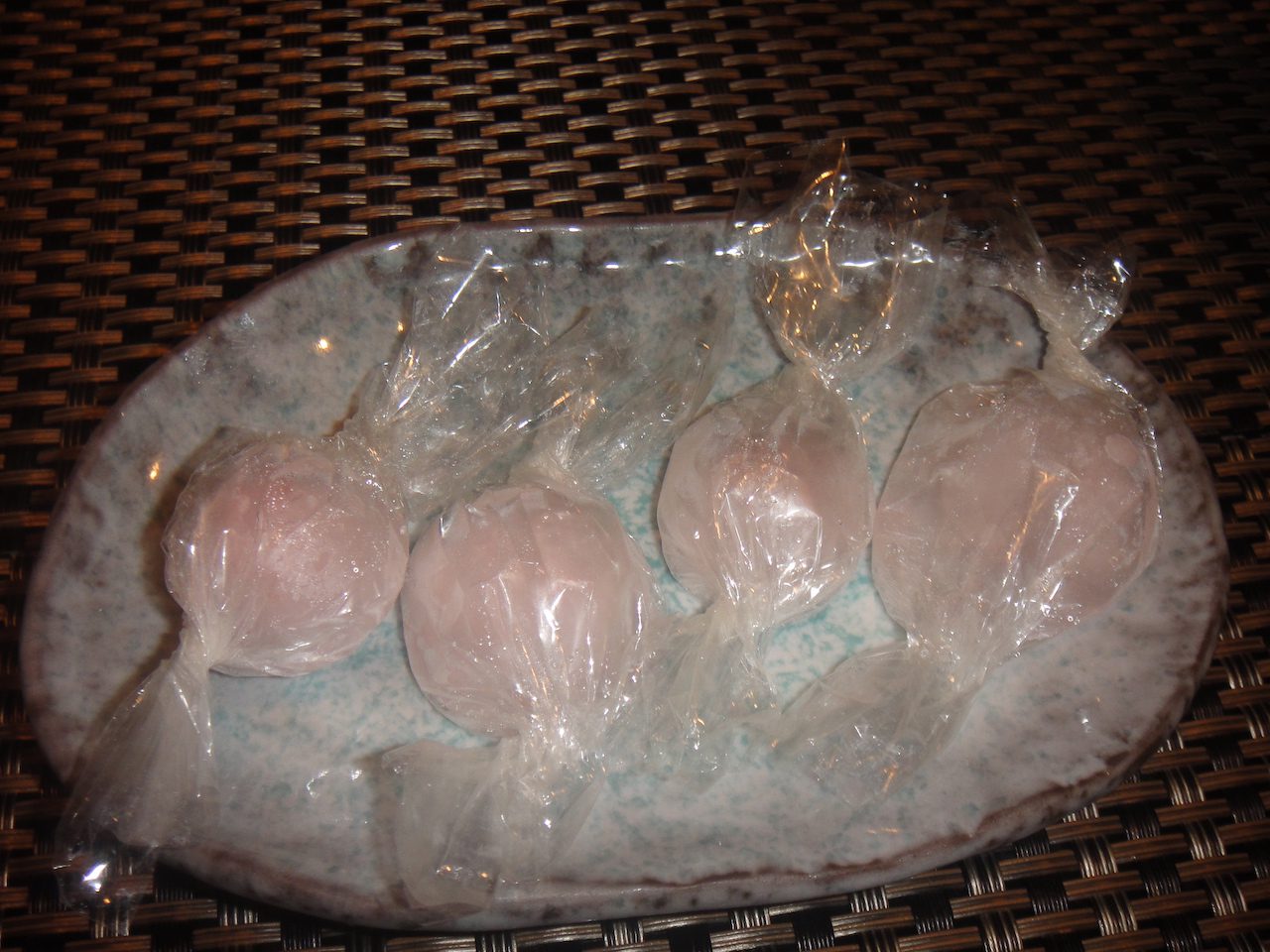
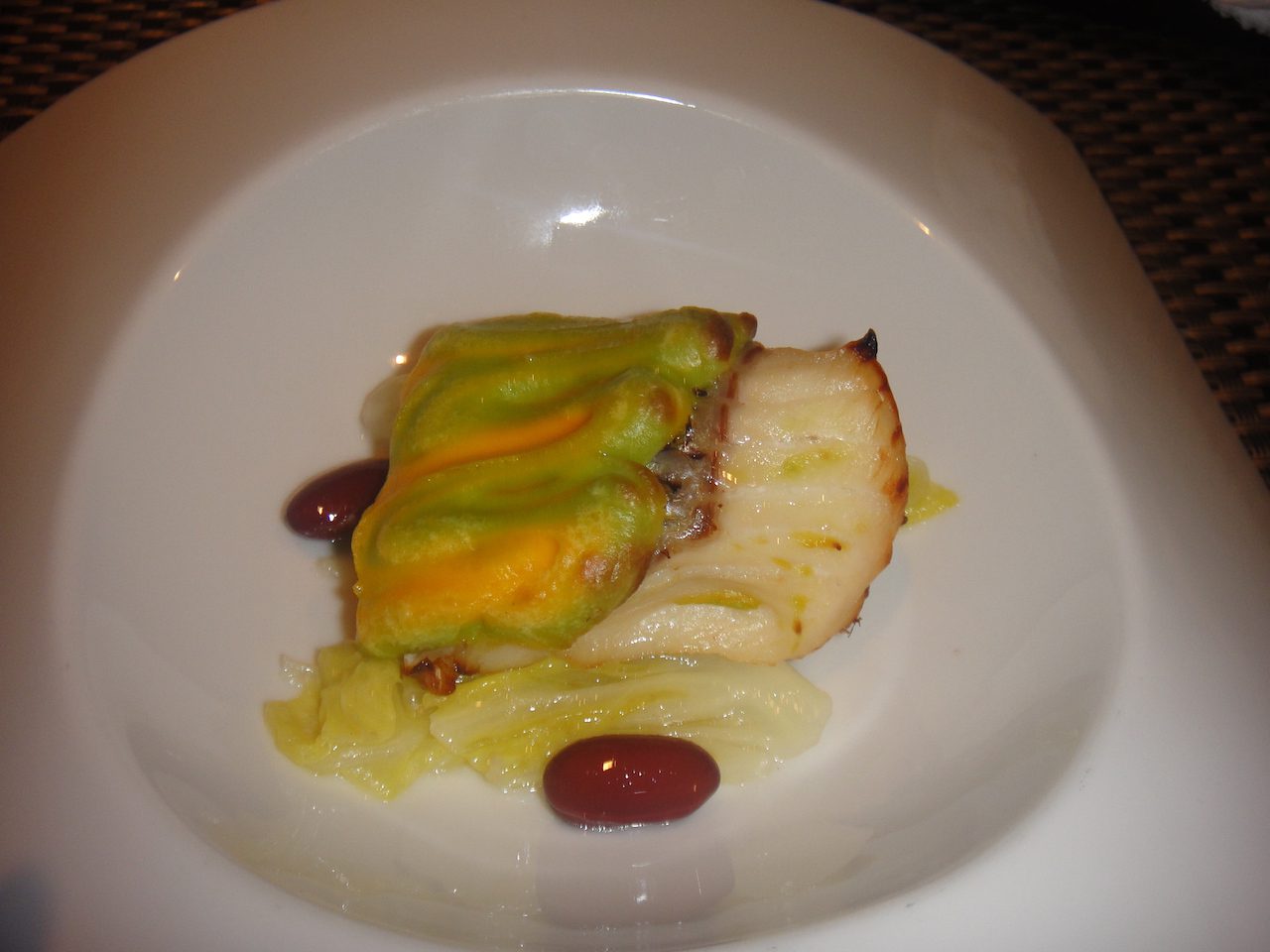

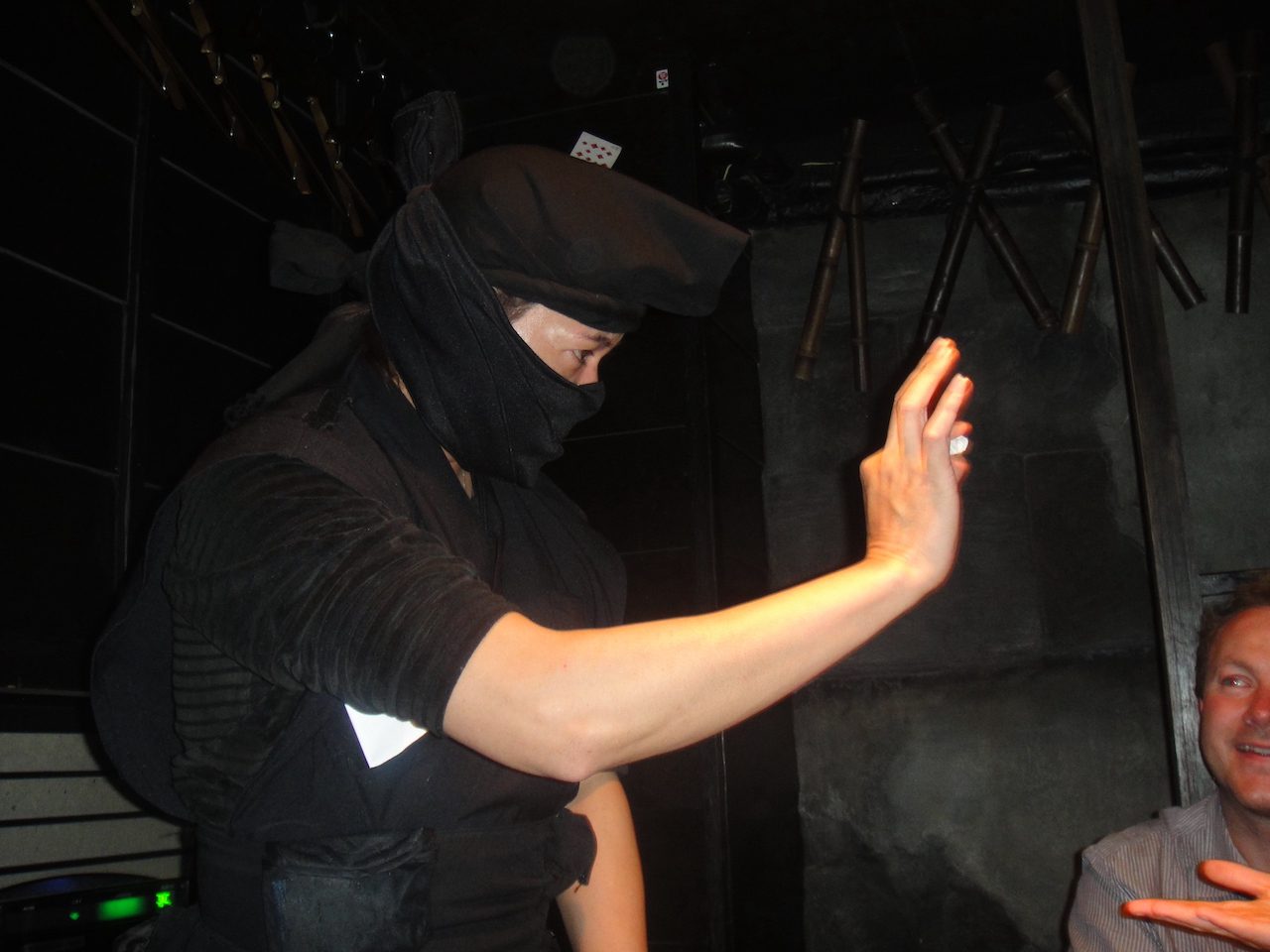
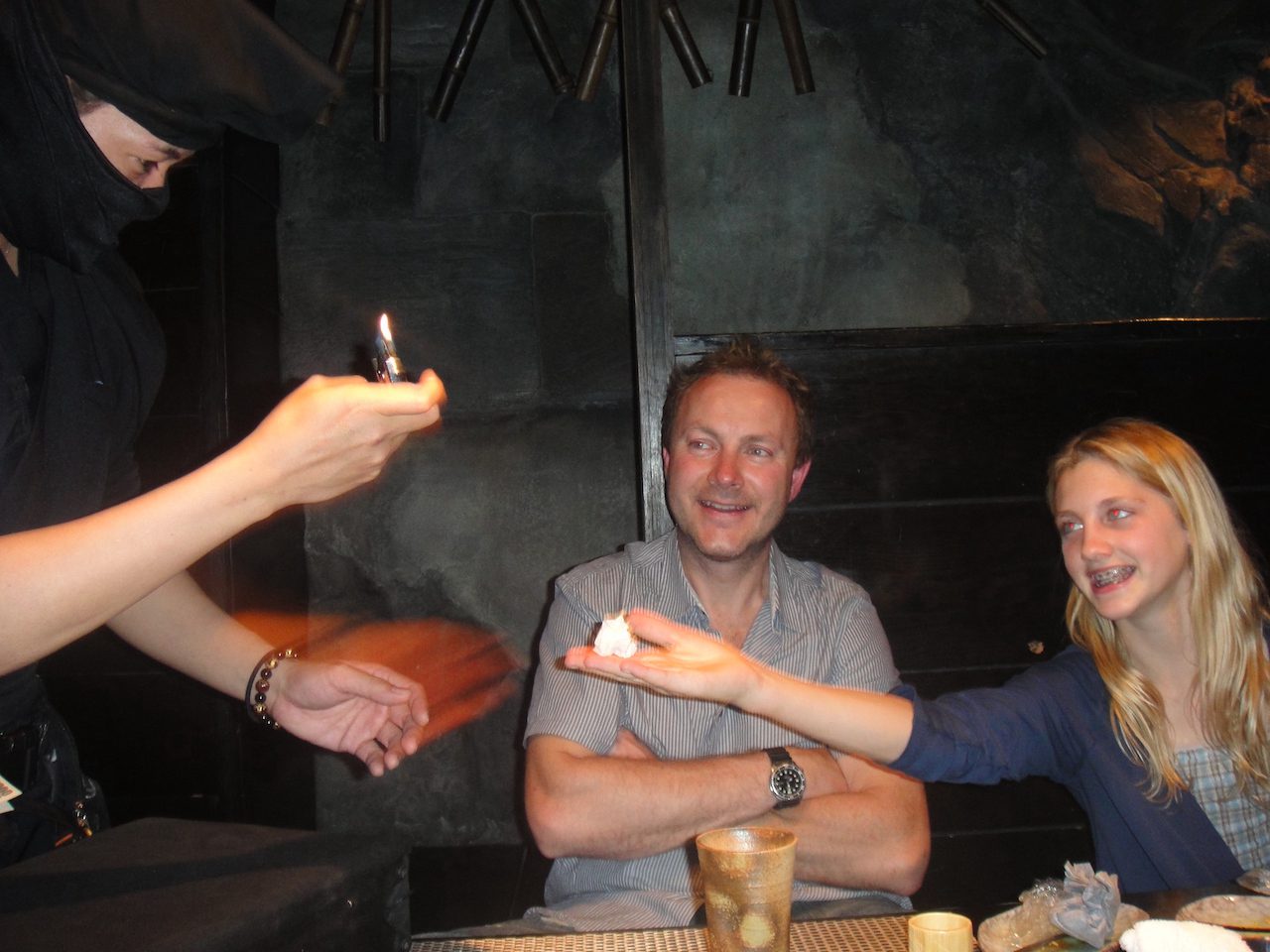
Left the Ninja and took train to stop off at Shubiya Crossing. Shibuya is a special ward in Tokyo. As a major commercial and finance centre, it houses two of the busiest railway stations in the world, Shinjuku Station and Shibuya Station. As of April 1, 2022, it has an estimated population of 228,906 and a population density of 15,149.30 people per km². The first photo is what it usually looks like but due to the Tsunami we were told that it was super quiet in comparison to usual …still felt pretty busy to us! We ate interesting rice cakes wrapped in sea weed on the train on the way back.
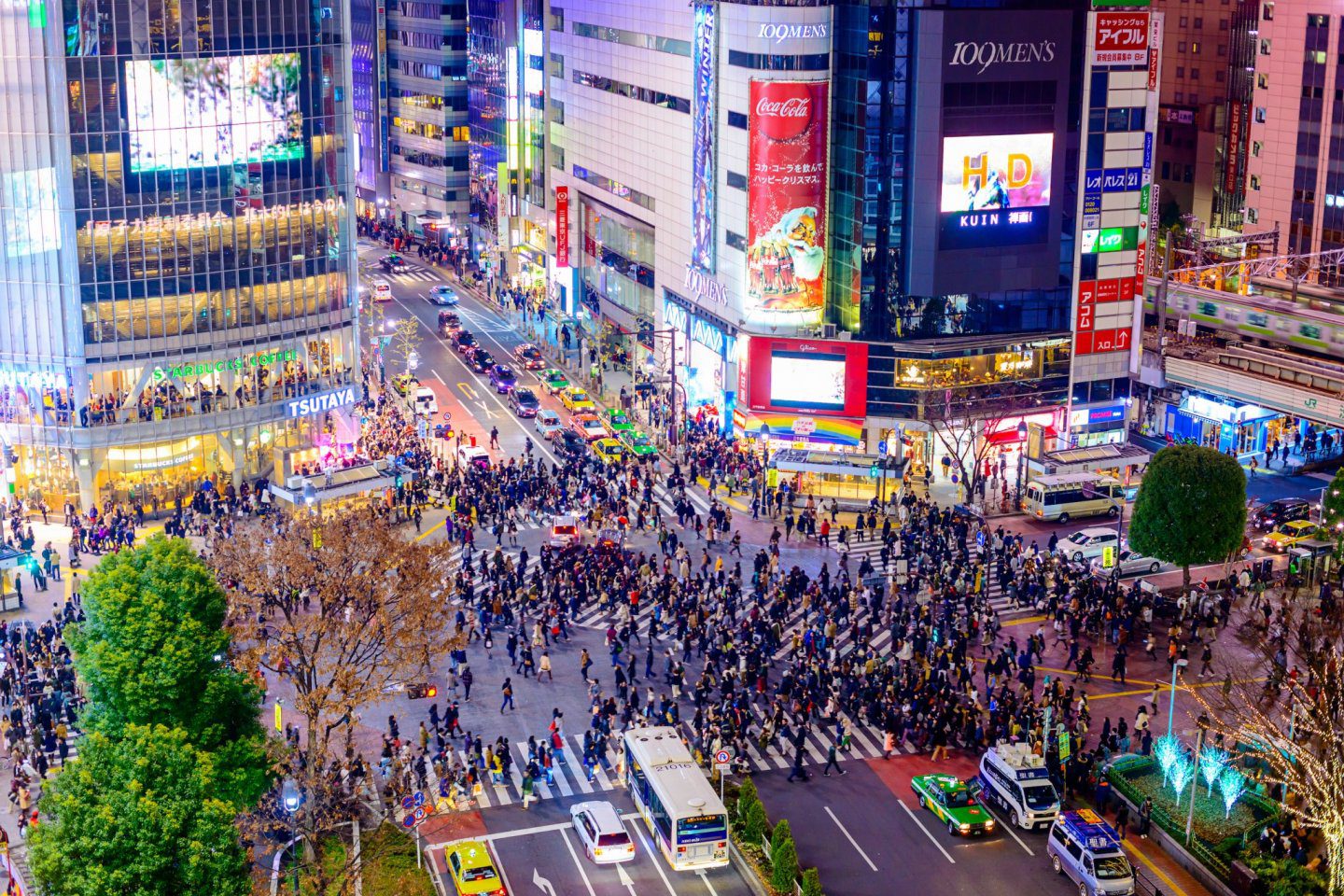
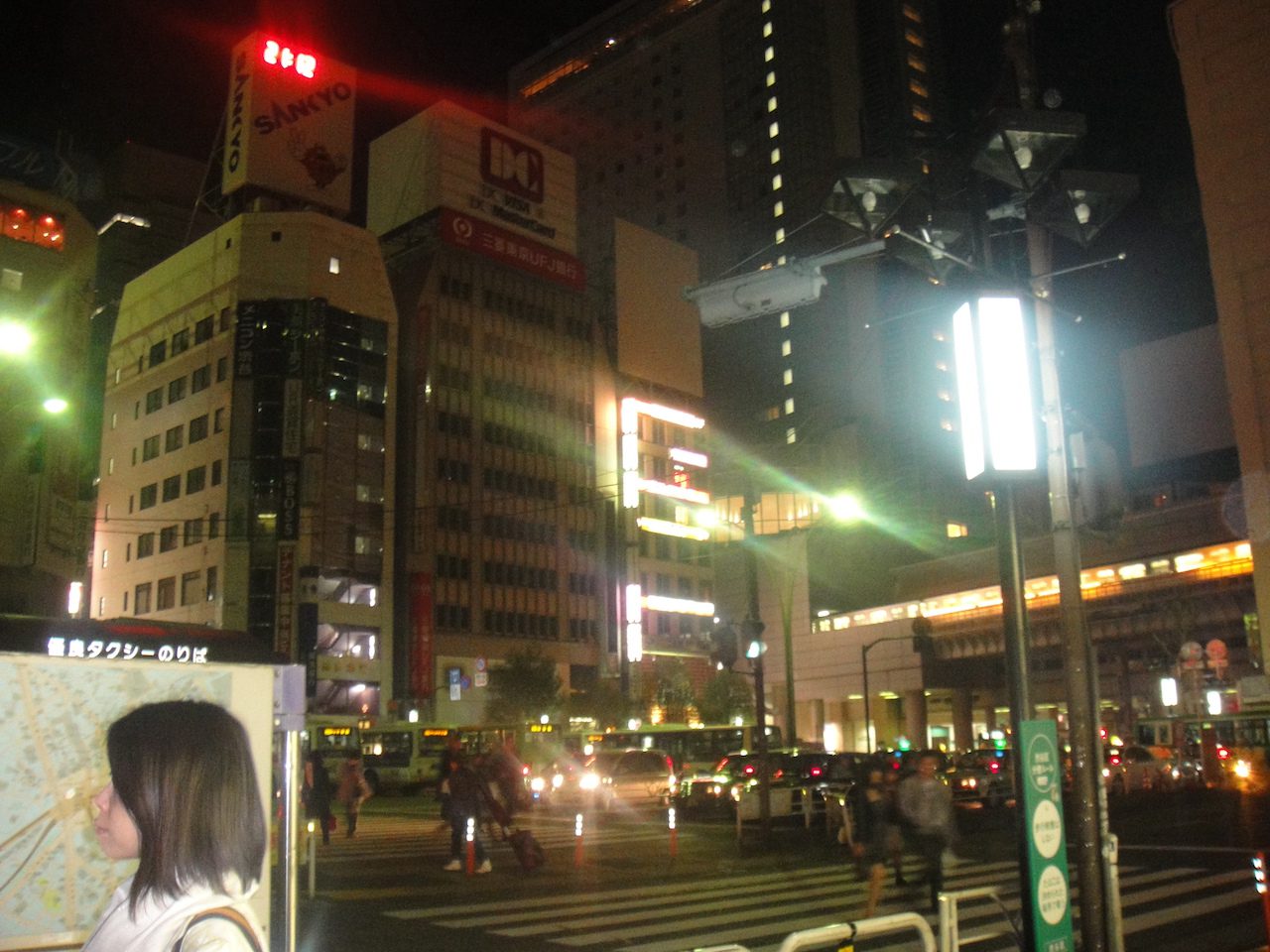
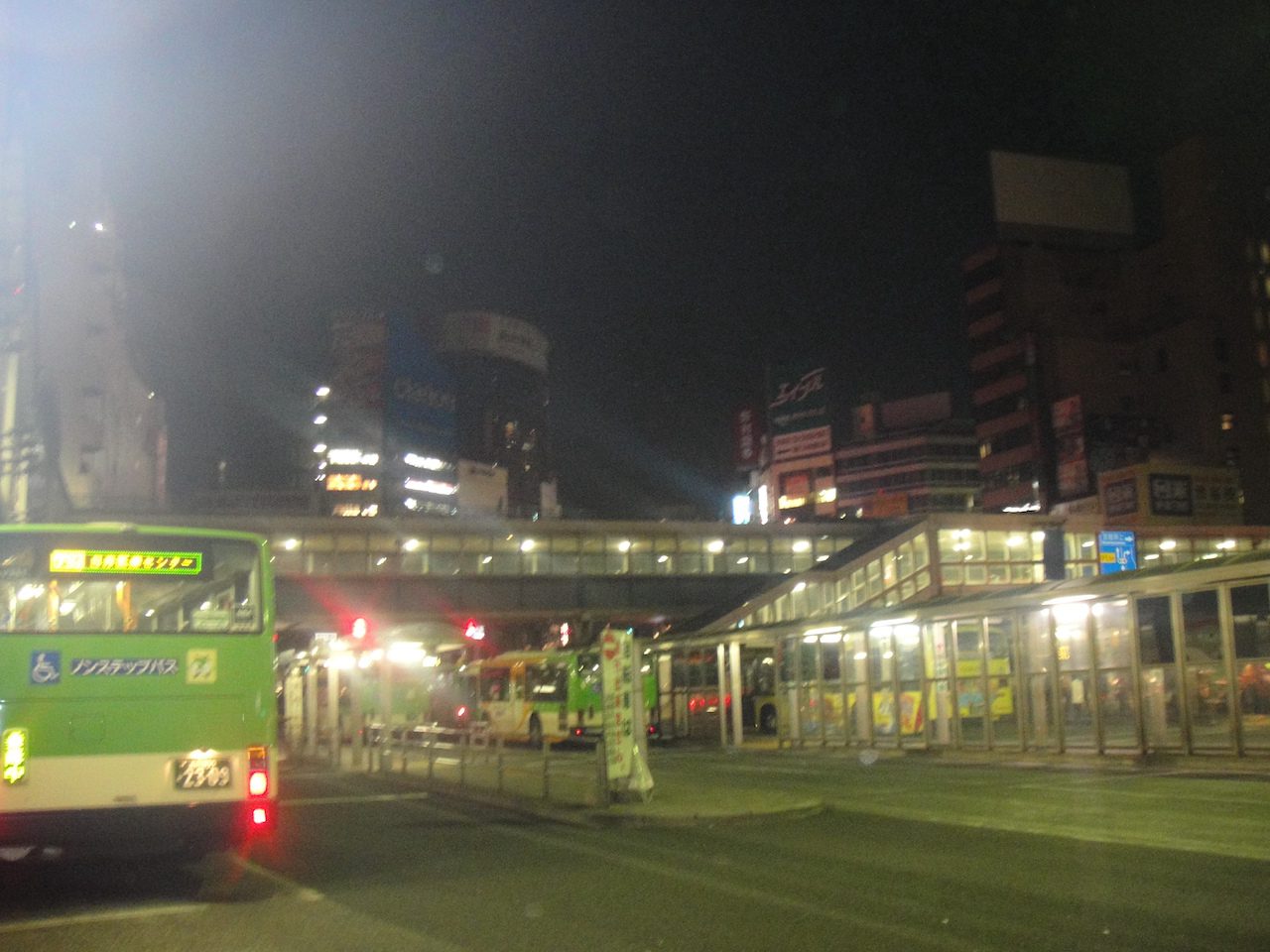
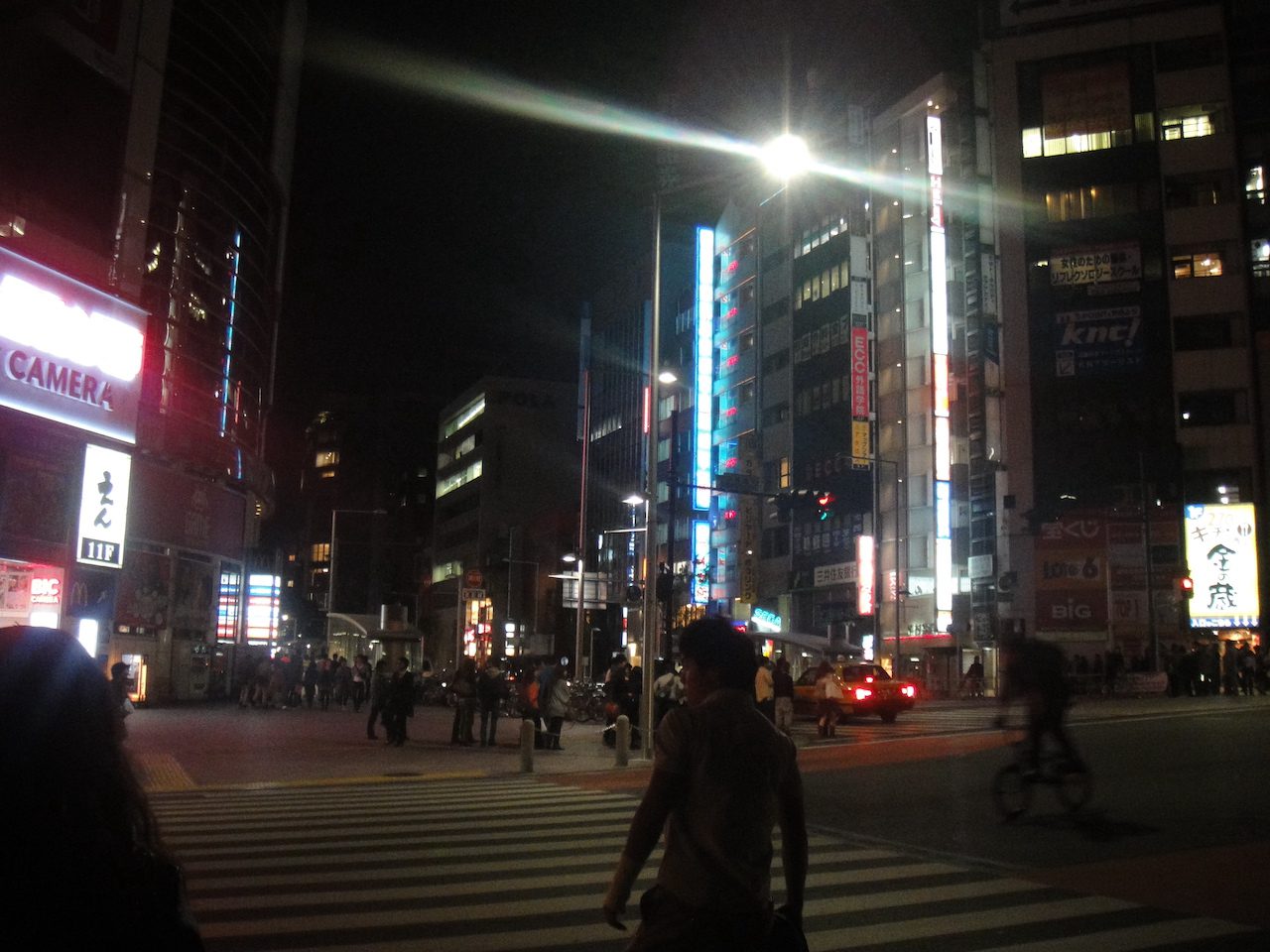
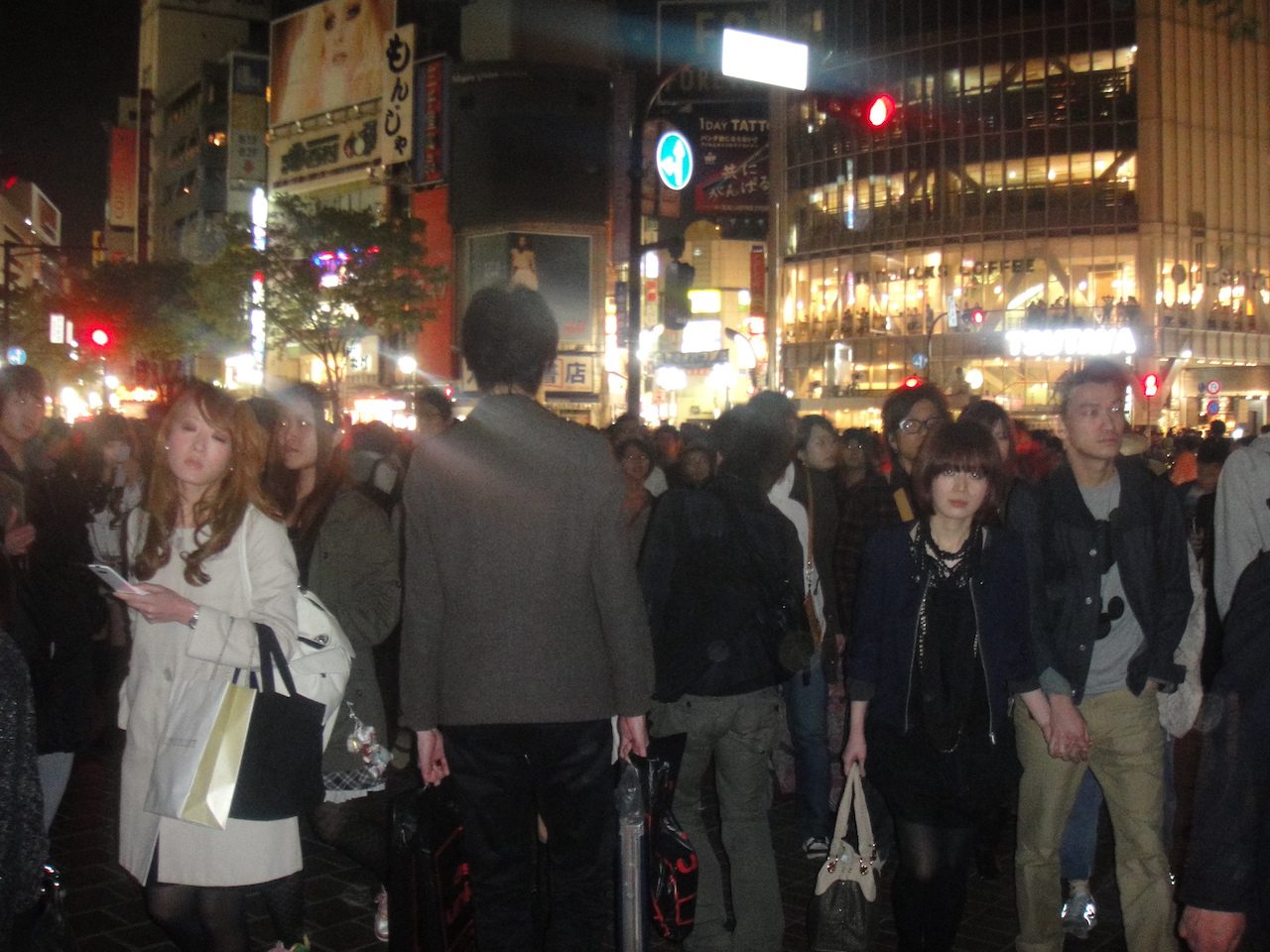
It had been an exciting and long day and we were ready for bed! We did wake a few times in the night when the building shook from minor earthquake tremors!! Apparently at 11pm it measured 5 on the Richter scale! Caitlyn had night terrors because the Inn Keeper had told us not to worry if the building shook!

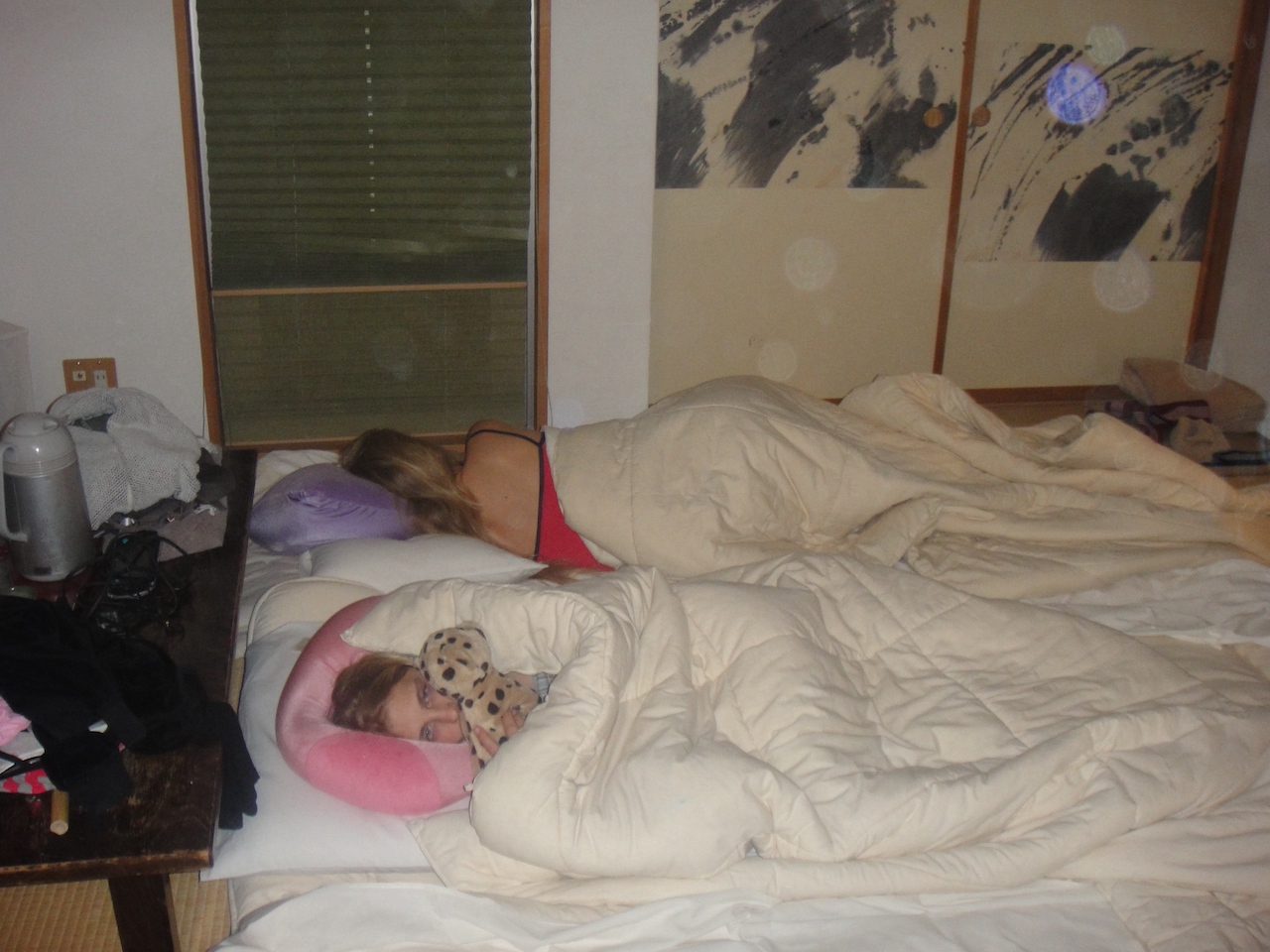
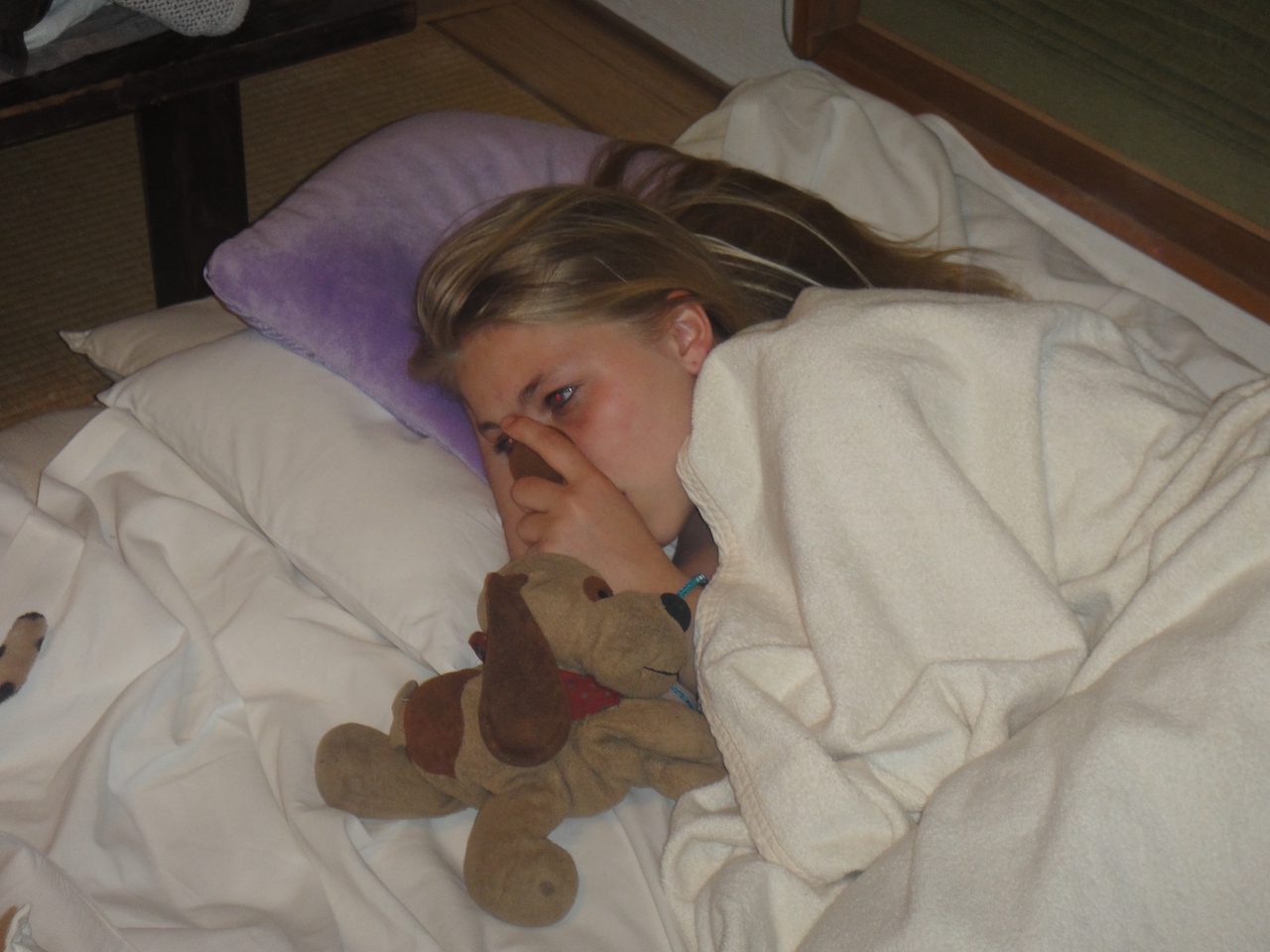
Monday 18 April 2011
Up at 07h30. Breakfast included in price and included traditional delicious miso soup, rice and vegetables. We were the only Westerners staying here.
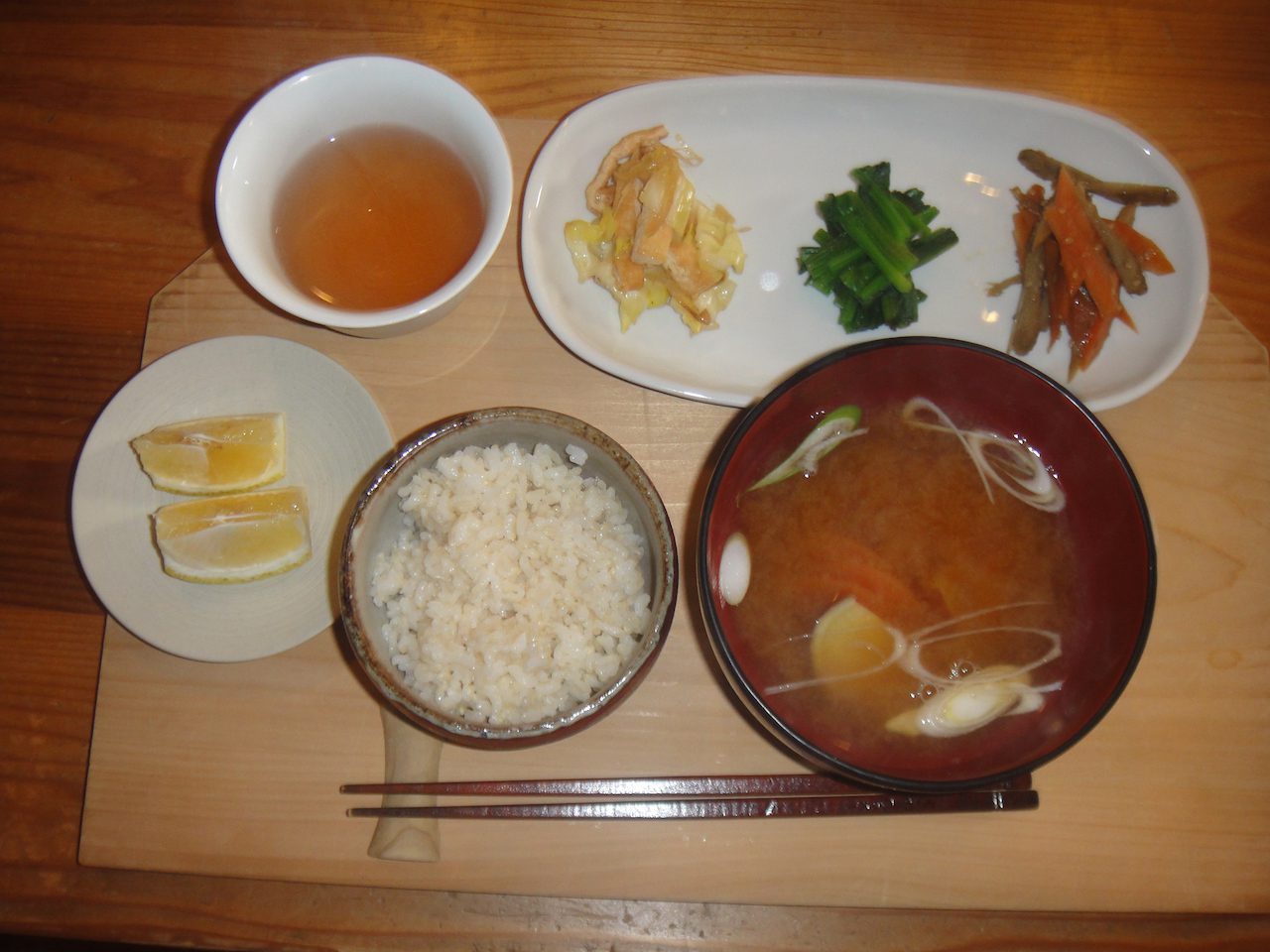
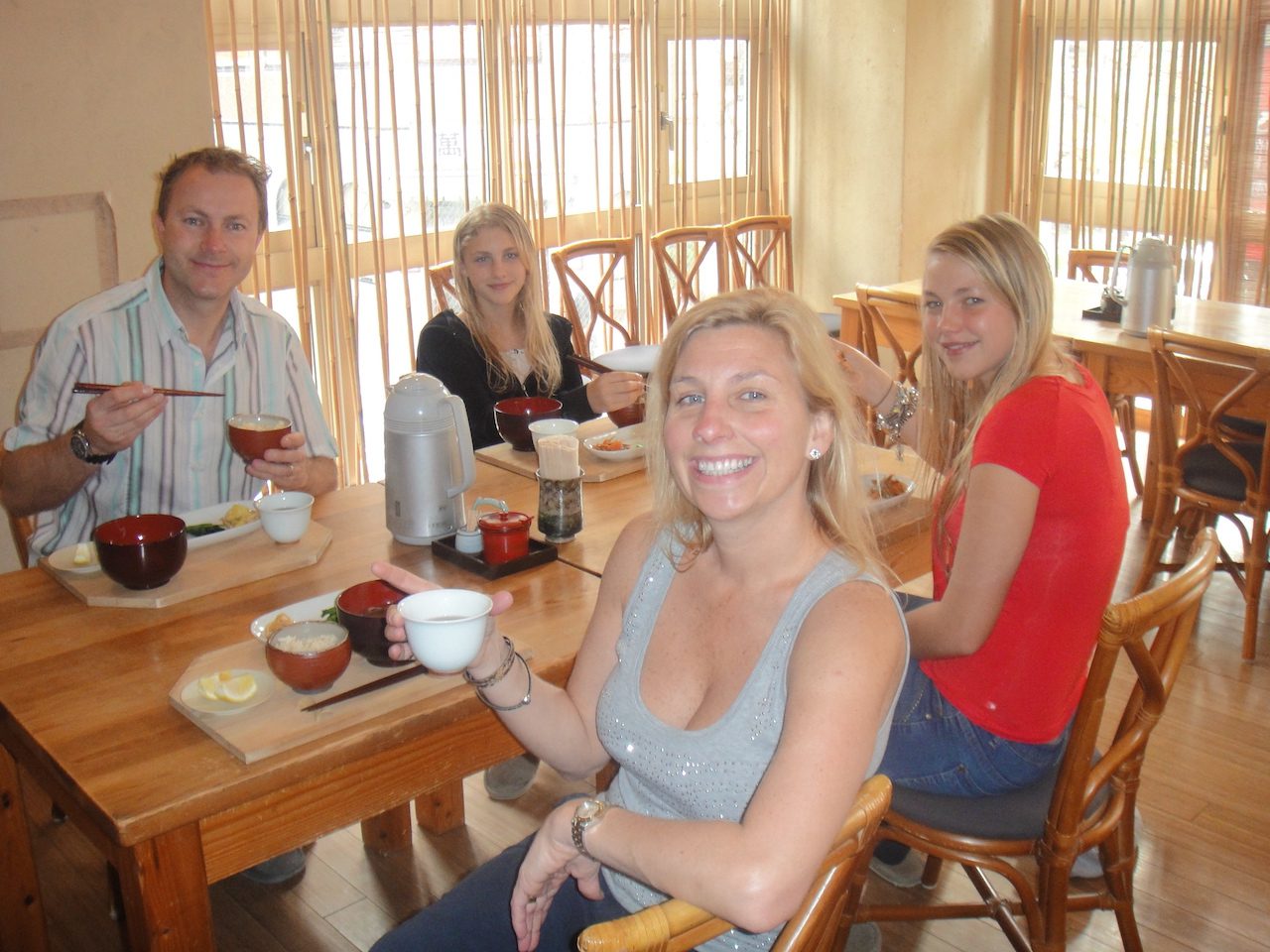
Our lovely guide from Tours By Locals called Chie arrived promptly and was cheerfully full of giggles! We made our way to the station and headed straight to the Sumo Stable (beya) in the Ryogoku district.
Sumo wrestling dates back at least 1,500 years and is part of the founding myth of Japan itself. Legend holds that the Japanese won their islands in a sumo bout of the gods. Sumo Wrestling had actually been in crisis since 2010 and at the time of our visit most stables were closed with all matches cancelled – this was all due to the publication of a book called: Freakonomics (GREAT read!!!) who exposed that sumo wrestling is actually fixed – a complete scandal given that this sport is almost a religious institution in Japan. As at 2021, Sumo wrestlers get paid anywhere between ¥1.1 to ¥3 million ($9,500 to $24,500) a month if they are ranked. However, top Sumo wrestlers can win as much as ¥10 million ($88,613.50) in a Grand Tournament, on top of the thousand-dollar bonuses they might earn based on their performance in a match. All sumo wrestlers belong to a stable, which is where they live and train while they are young. A stable is managed by a stablemaster, a retired sumo wrestler who was a good wrestler in his prime. There are currently 44 stables as of March 2021. Our visit had been made by special arrangement and we had been told that if we wanted to watch we would need to sit still and not move until the wrestlers were finished, which included no toilet, no drinks etc and could take up to 3 hours. It was really interesting and worthwhile. We were so close we could hear their breathing and smell their sweat! We were not allowed to point our soles of our feet at the ring when sitting. We were told that our shoulders had to be covered. On arrival we saw a sumo wrestler casually dragging a tractor tyre across the street!




We went to Hakkaku Beya. We were told there there have only been 71 grand champions in sumo’s 270-year history. The stable master, Hakkaku Nobuyoshi (formerly Nobuyoshi Hoshi) happened to be one. Some of the wrestlers at the stable rank in the top 10% of the sport. You can tell because they wear white belts, as opposed to the lower ranking black belts worn by the majority of wrestlers. As a result, visitors are all but guaranteed a decent practice. We will let the photos do the talking … The sandy surface was regularly watered and swept. When they finished they all picked one another up, almost as a cooling down exercise.



















A different world but very interesting! The stars were a Japanese guy and an Eastern European. There was also an American chap. We met them all afterwards and had a photo. The session lasted from 9am to 11am and we were actually not at all bored and time flew – very entertaining! The Eastern European was ranked no. 15 in Japan.

We then headed to the Tsukji Fish Market . ** The wholesale market of Tsukiji Market, which was also known as the “inner market” and was famous for its tuna auctions was closed on October 6, 2018 and moved to a new site in Toyosu where it reopened as Toyosu Market. Tsukiji’s outer market with its many shops and restaurants did not close and remains in business.** Back to 2011 – This is the biggest fish market in the world and attracts nearly as many people as the Grand Canyon does every year! Its proper name is “The Tokyo Metropolitan Central Wholesale Market” — but it is known all over as Tsukiji (pronounced Skee-Jee), and it is a mesmerisingly visual, aural and sonic assault on the senses. All manner of seafood and sea creatures are bought, butchered and sold here to restaurants, markets and trawlers for export on a daily basis. What is hauled from the sea every day is staggering to see, especially the tuna. Quite traumatic actually. They auction of tons of blue tuna and the approach is not unlike the trade in stocks and bonds in the financial markets as there is no set price for sushi-grade tuna. It is all dependent on the day’s catch and fluctuates wildly as the species becomes more and more scarce. The Japanese are ruthless fishermen, eradicating anything that gets between them and the tuna. For centuries, they have also imperilled shark populations with the wholesale slaughter of these fish in order to harvest their fins. The fishing culture is a very old and honoured industry in Japan. The Japanese are one of the last remaining populations who still actively hunt whales in modern times. Watching the Japanese tuna auction is fascinating: a man stands on a wooden box with a hand-bell and opens bidding. The bidding is brisk, polite and quietly furious. Then, another man walks the rows of giant tuna carcasses and paints figures on it with red dye which determines the final price for the fish. From there, the tuna are quickly hustled away, often to onsite butchers who have to cut the huge Bluefins with a band-saw. After this, the pieces are cut again, fillet syle, with a huge knife called a maguro-bocho into sushi grade pieces. The purveyor will taste the fish as each quartering cut is made.


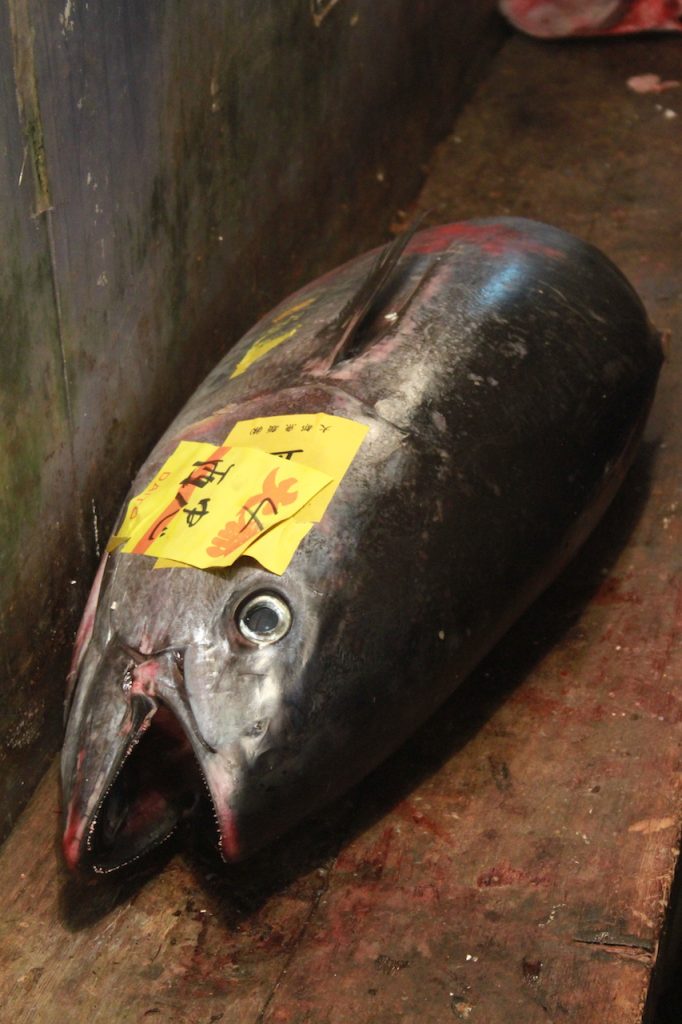
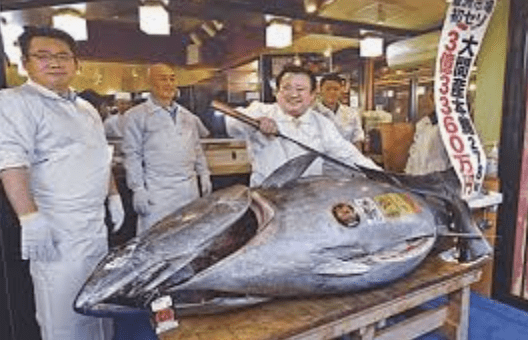




We stopped off right next to the market for some of the most delicious sushi we have ever tasted!

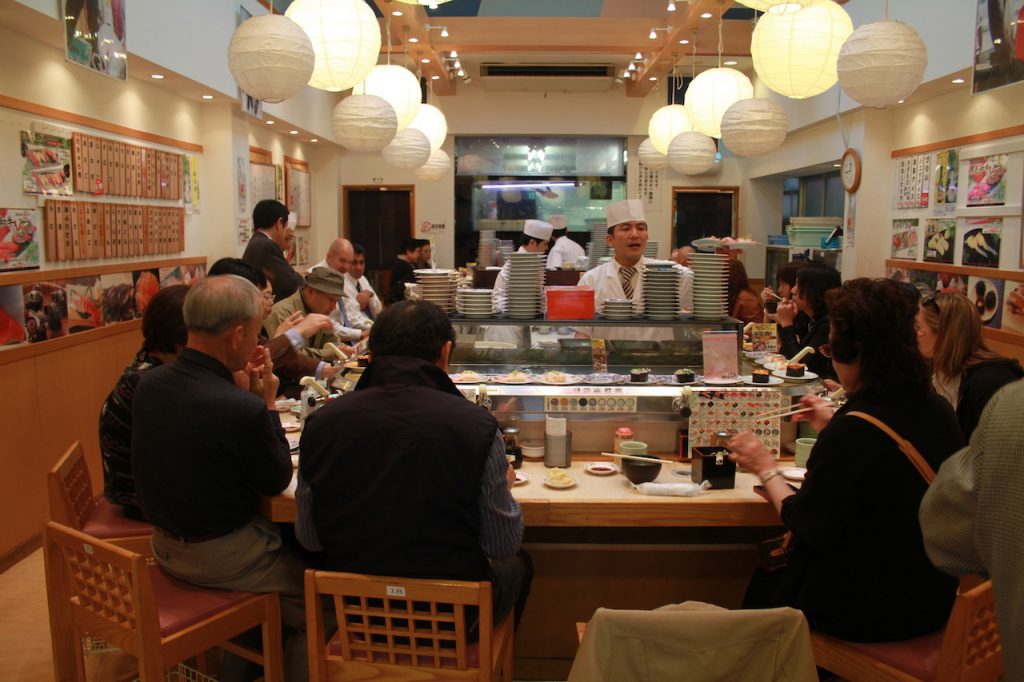



We then explored the surrounding shops which sold everything from whale meat to vegetables to polar bears, leopards, turtles and even crocodiles!! Paul loved the knives. Apart from the exotic species trade, this was very similar to a London East End market with lots of yelling and bartering going on – intriguing!





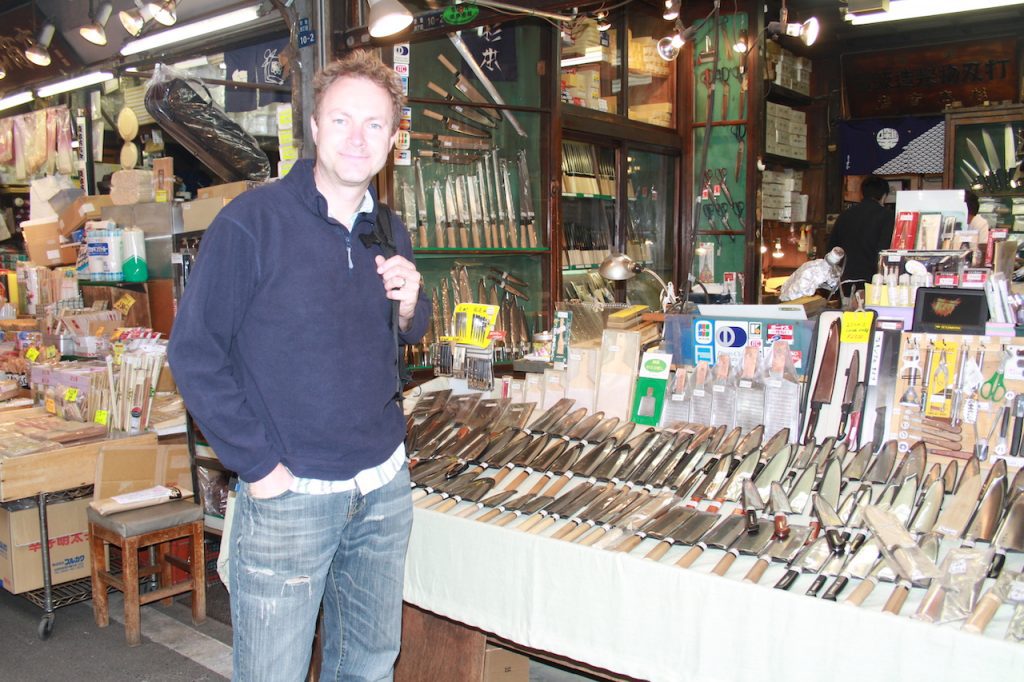
We hopped in the metro to go to a Tea Ceremony. Definitely not authentic and the poor girls did very well as they hate green tea but drank this thick bitter broth politely and thanked the lady serving us as though they loved every minute!
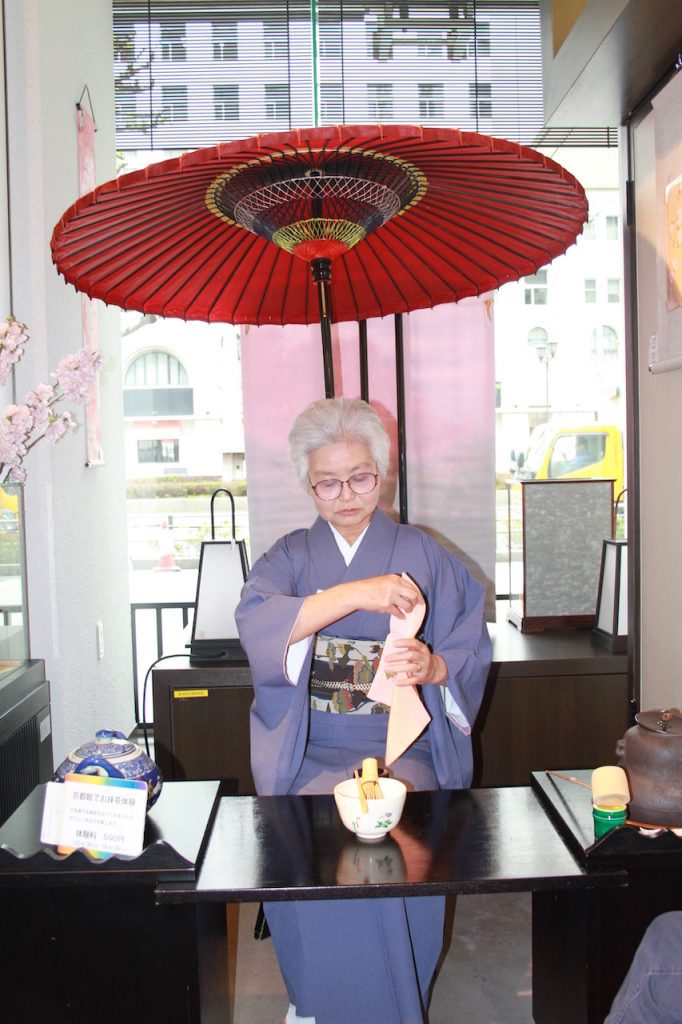
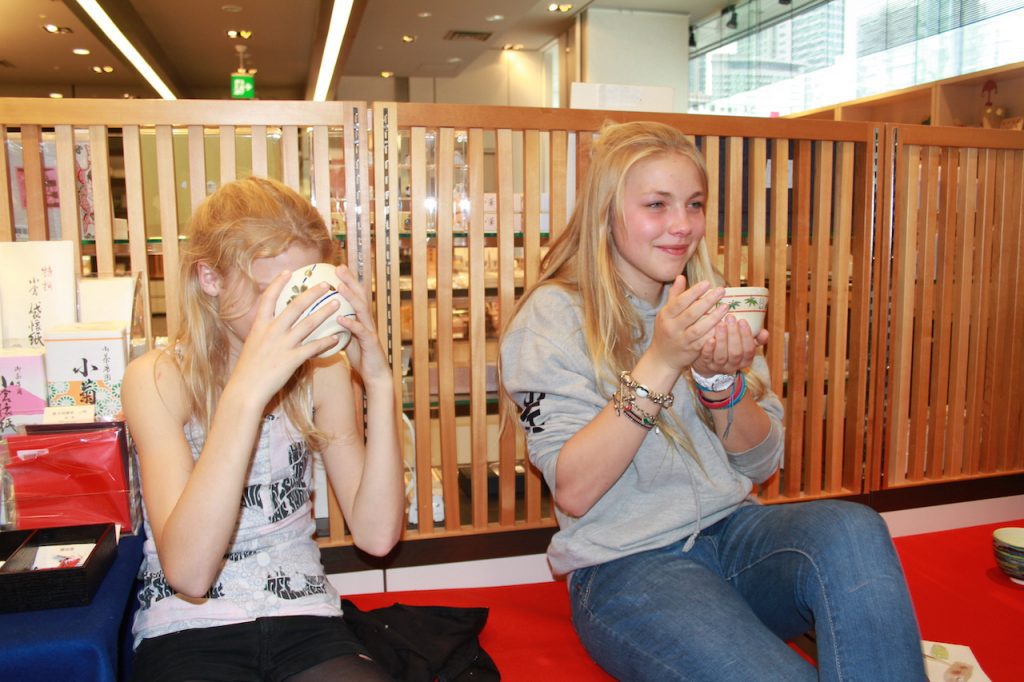
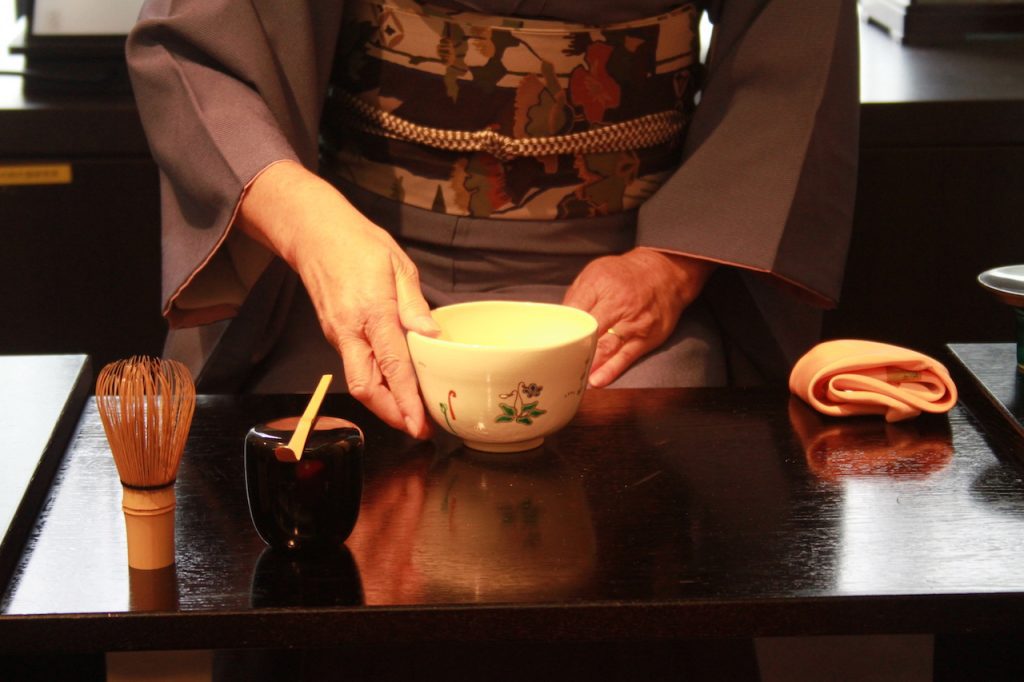
Took the Metro to a shrine but did not make a note of the name. Interesting photos of how East meets West. Beautiful gardens and ladies in kimonos.


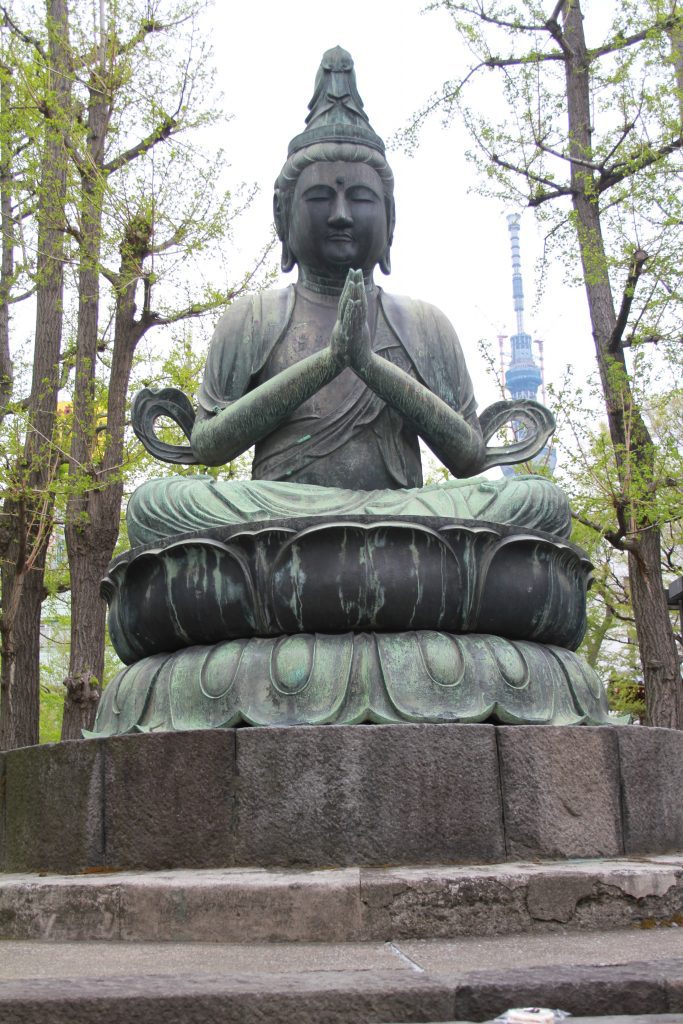
Walking in Tokyo is full of interesting surprises!


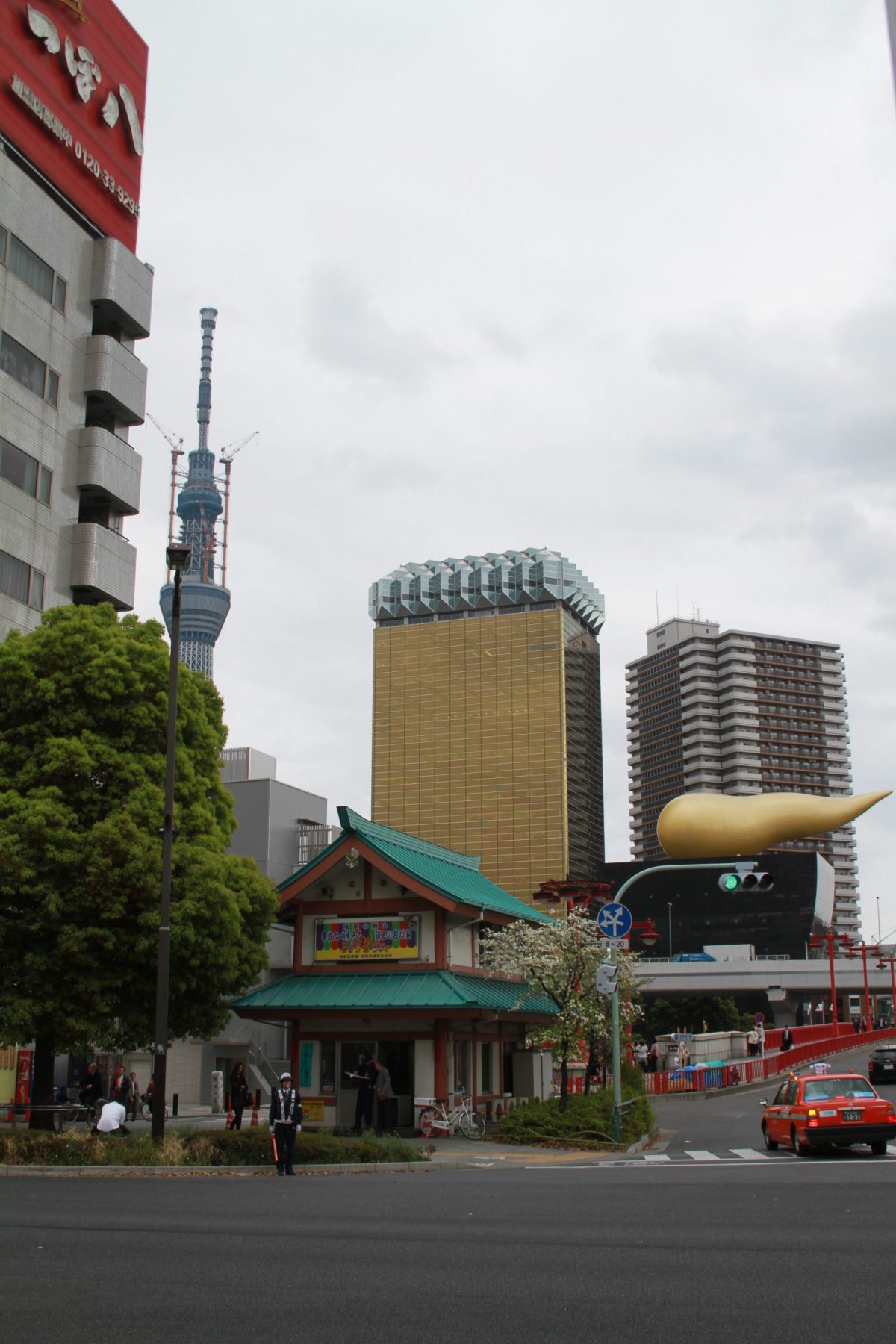
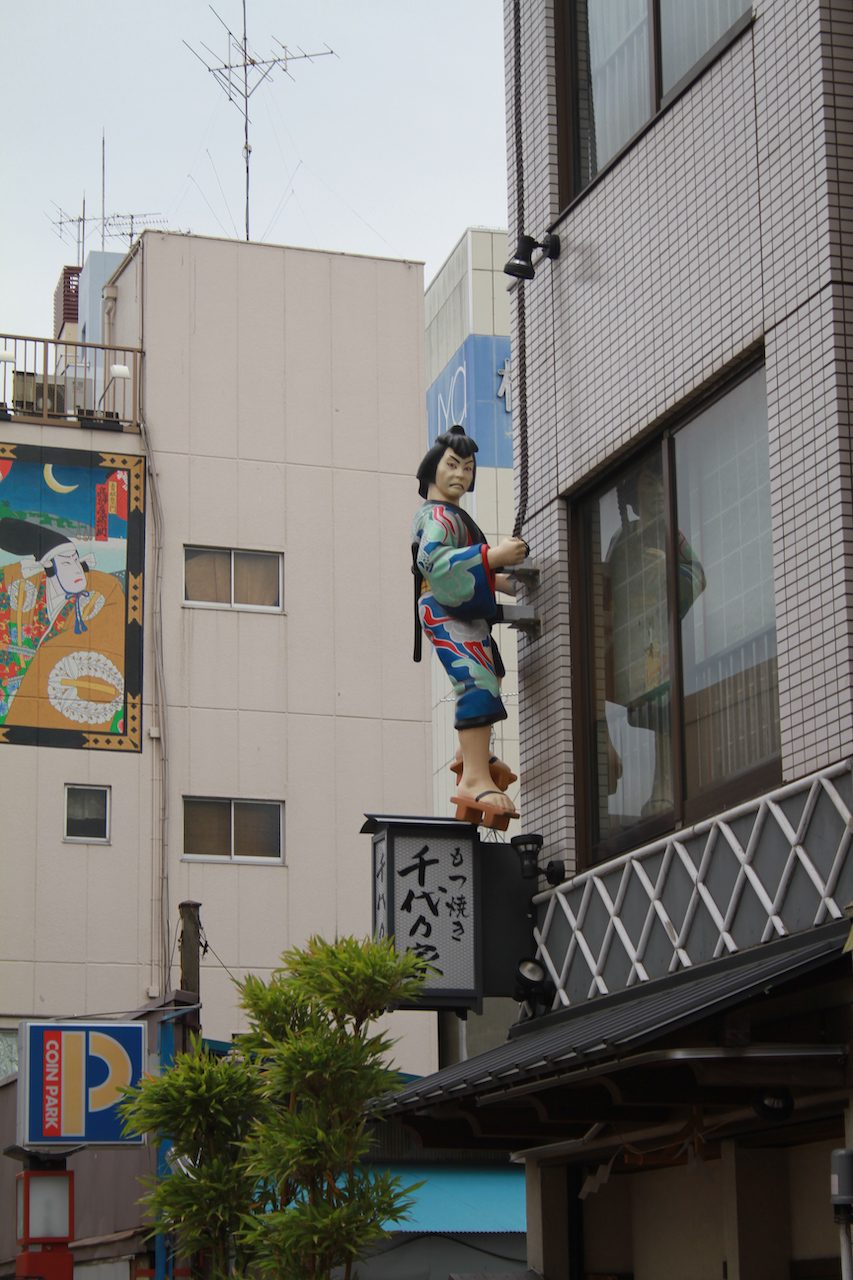
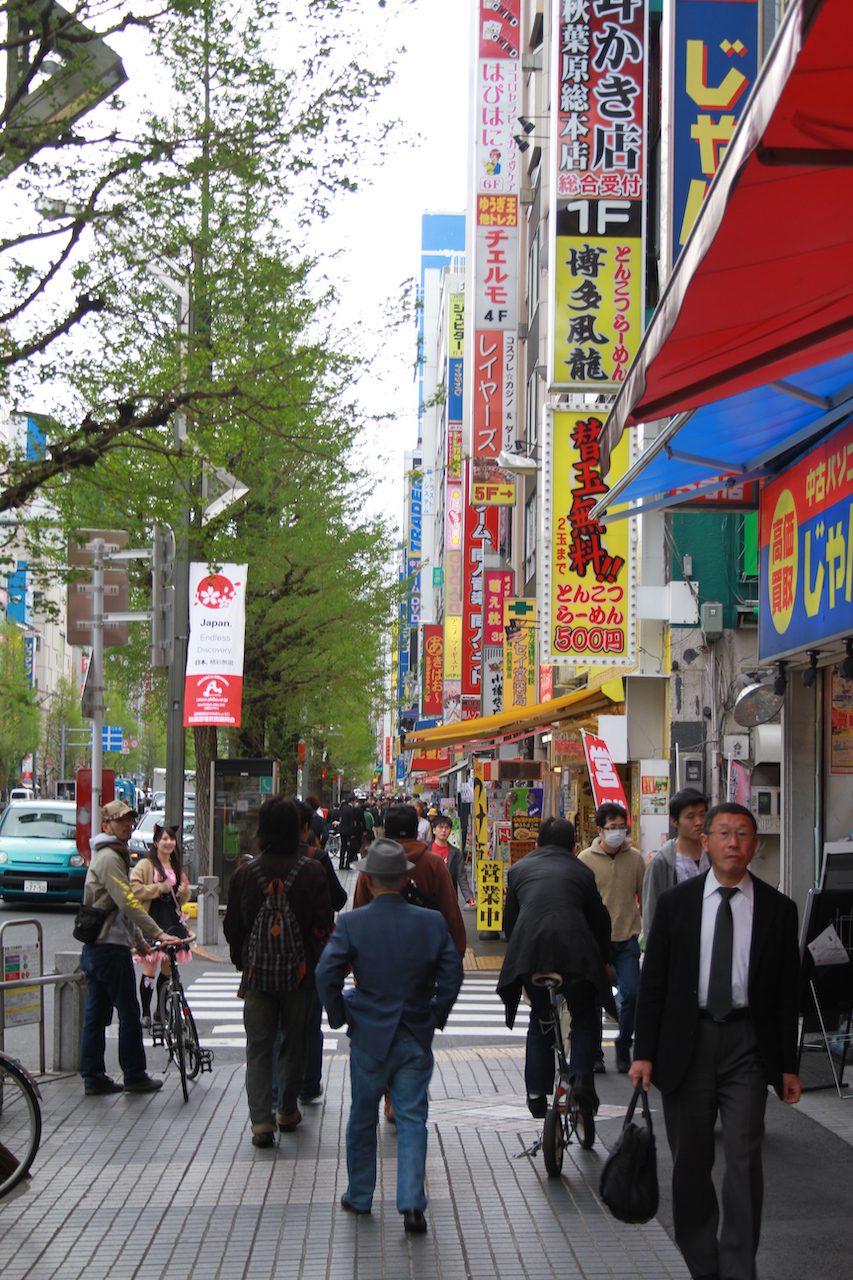
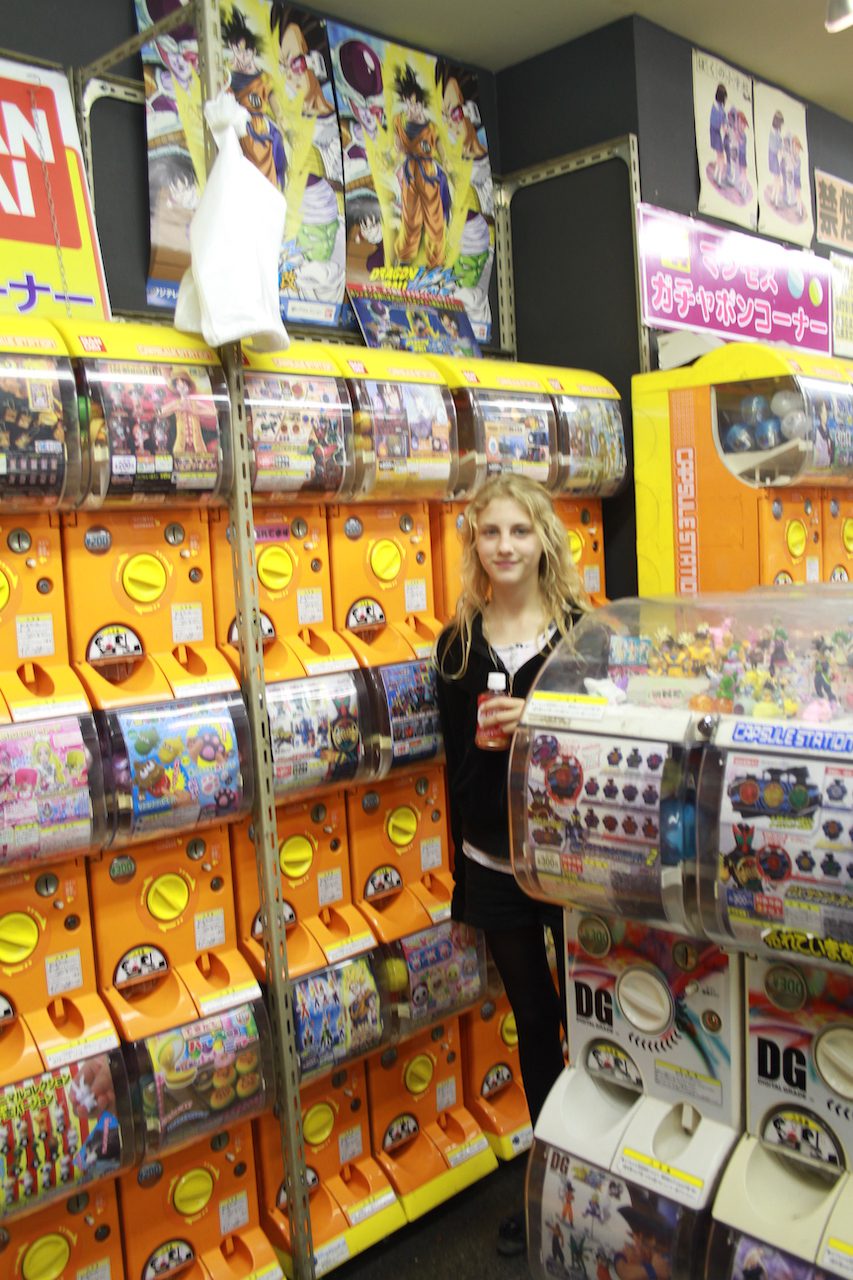
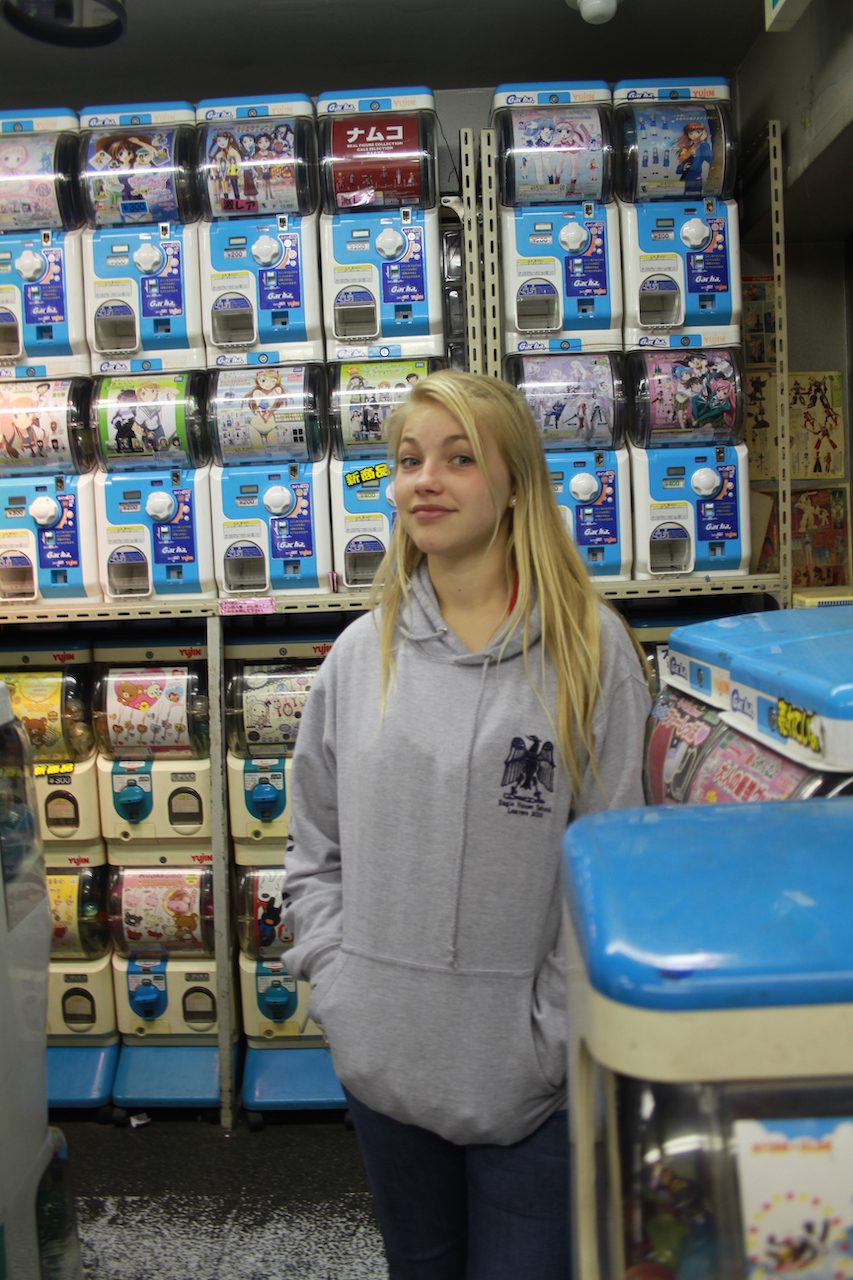
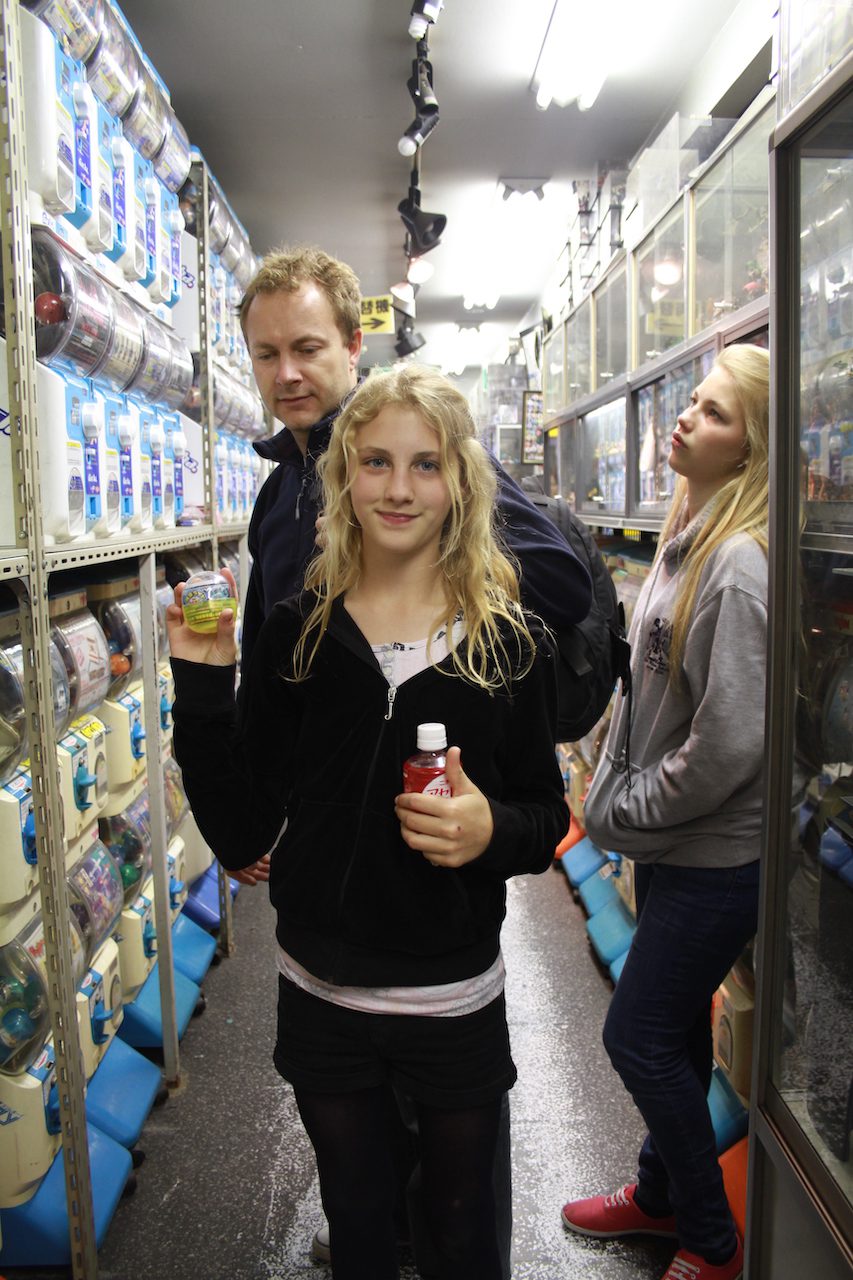
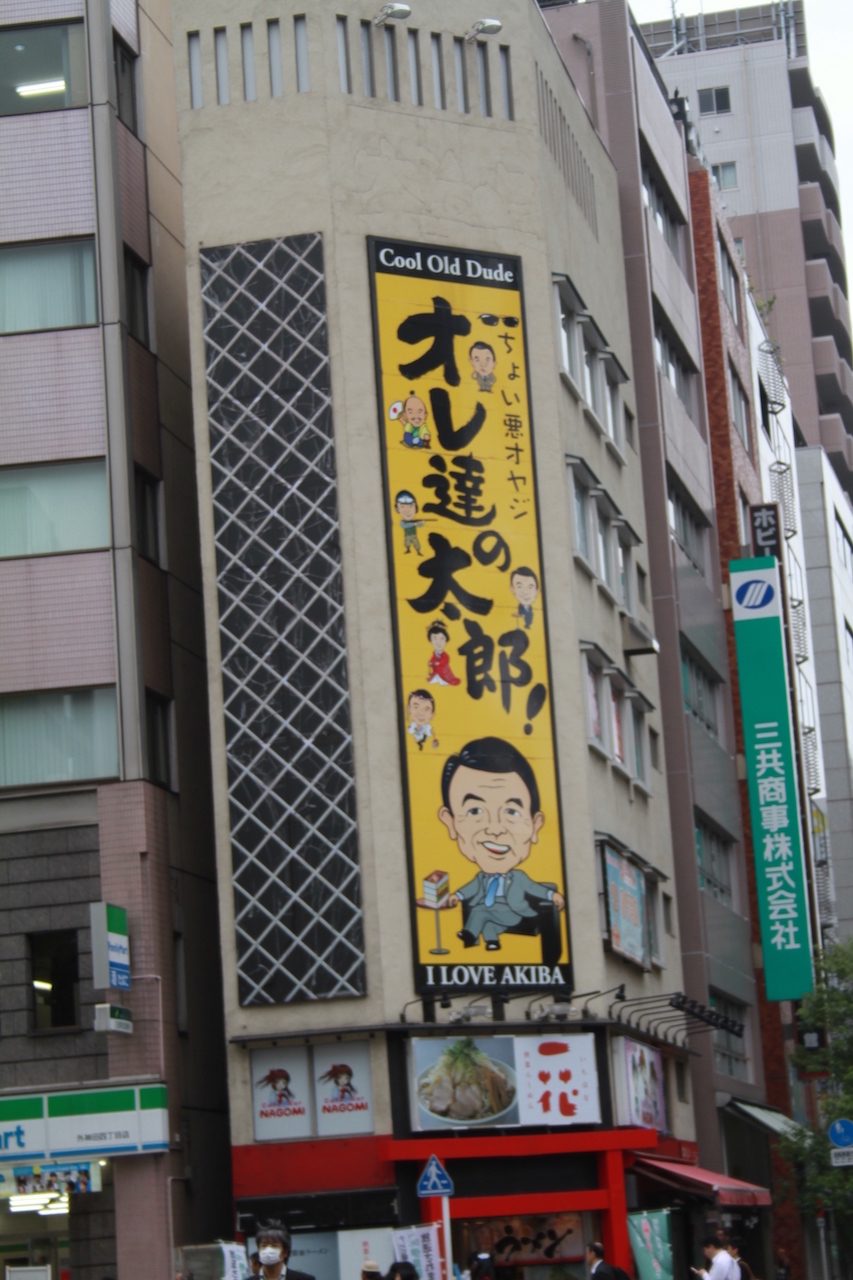
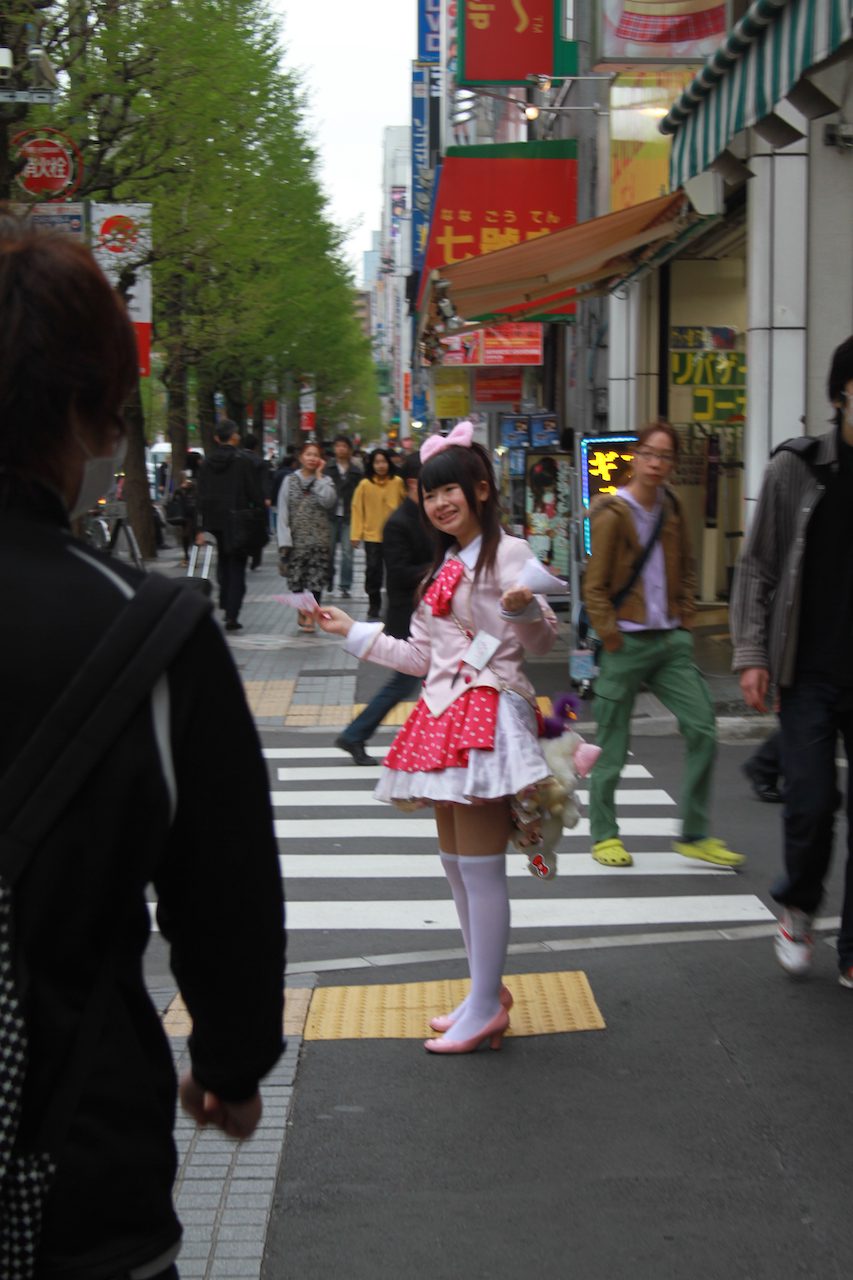
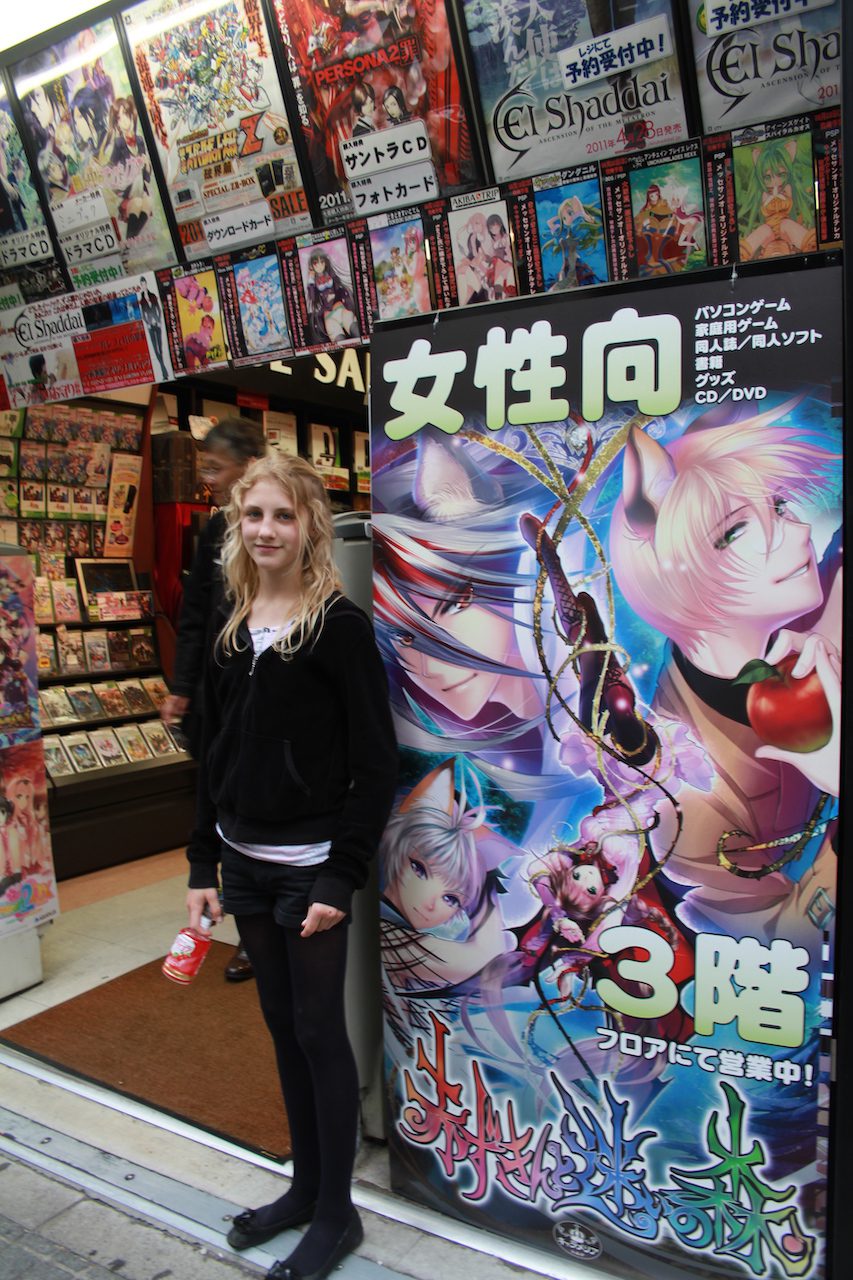
I had planned a surprise for the girls – we thought we’d head to the Home Cafe where the waitresses dressed as dolls or maids and played games with Customers. Our guide was very concerned that we wanted to visit here …but we insisted. We were rather shocked at the steep entry fee of £50 per person which only included a drink…we were shown to the English speaking 7th floor (Each floor is decorated differently with different ‘styles’ of Maids serving). Paul was greeted by a young girl dressed in child’s clothing as ‘Master’ and who informed him that she was a 17 year old virgin who would be delighted to play with him !!!!! – it was at this point that the penny started to drop and alarm bells rang! We headed inside to our table only to see several middle aged men playing board games with young girls – some were in tears of joy…our guide gave us a ‘told you so’ look as we gulped down our drinks and left as soon as was politely possible refusing any further ‘games’ which all came at a steep cost – YIKES!! WEIRD.
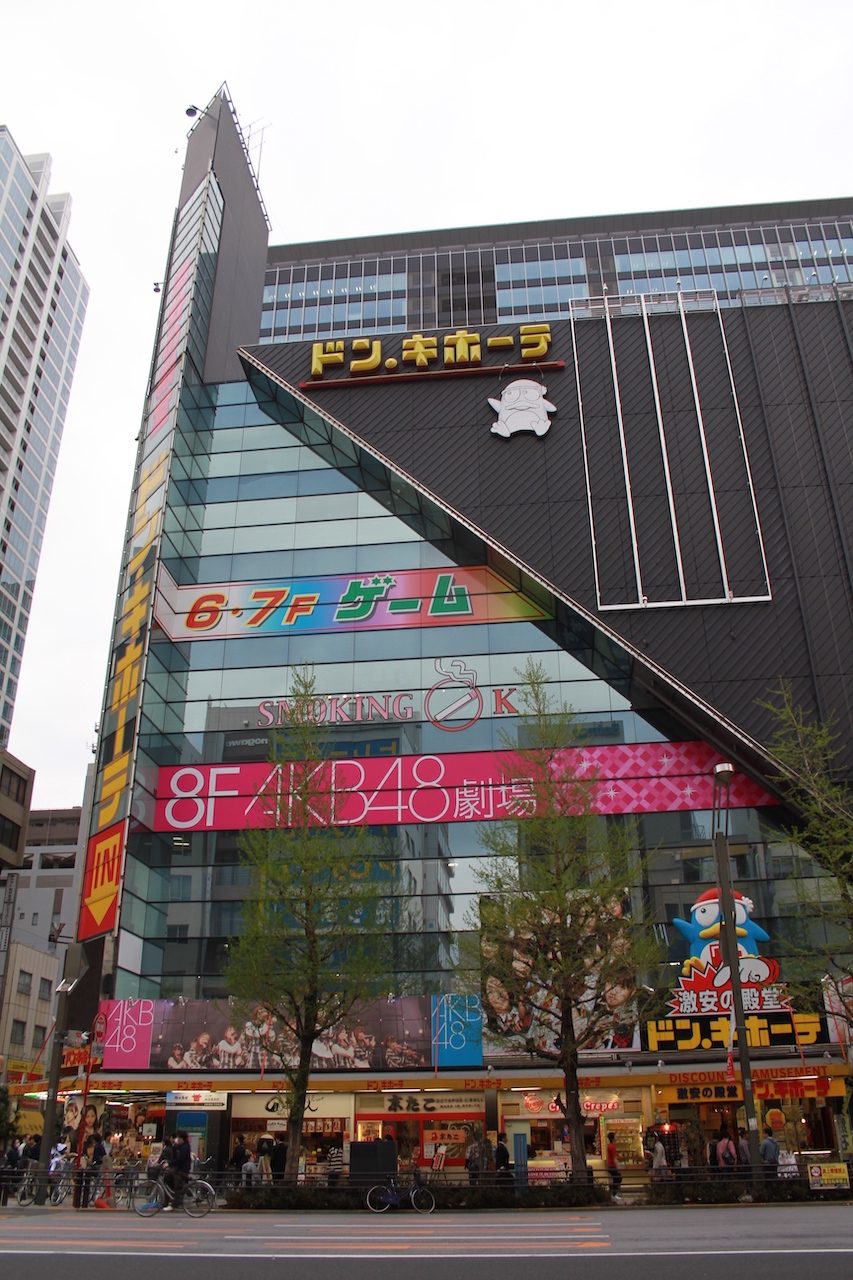



Next stop was Sensō-ji which is an ancient Buddhist temple located in Asakusa. It is Tokyo’s oldest temple, and one of its most significant. The five-story pagoda, trails of incense and vast eaves will take you back to a Tokyo of time gone by. When approaching the temple, visitors first enter through the Kaminarimon (Thunder Gate), the outer gate of Sensoji Temple and the symbol of Asakusa and the entire city of Tokyo.




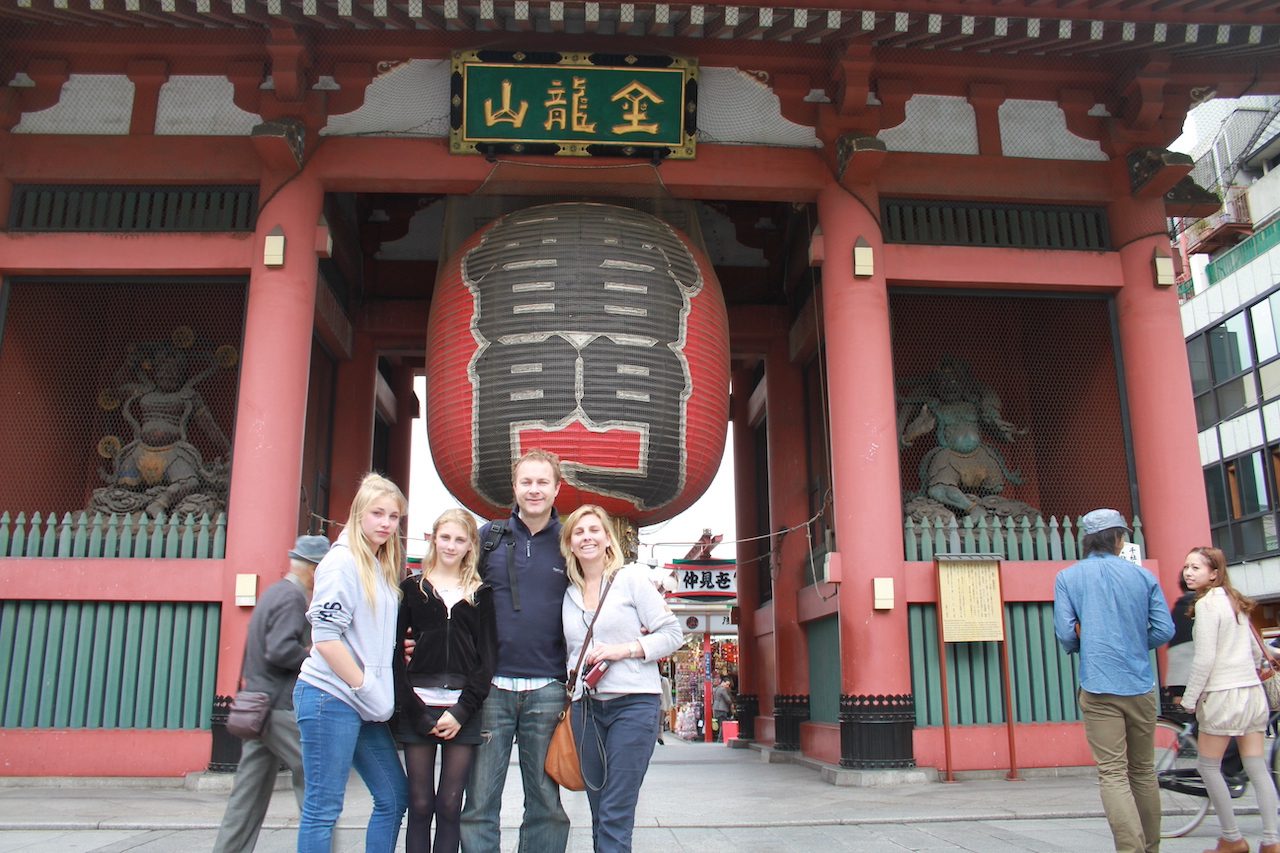


We were now quite late as we had to get to the airport to get our flight to Australia! We rushed to the Metro and hopped on the Narita Express. The Ryokan had arranged a taxi which was waiting (and who didn’t charge us for the wait). We gave Chie her Harrod’s Teddy which she loved and raced to the airport which was fortunately very quiet. We were upgraded (probably as so quiet!) and headed to the lounge for champagne and snacks. Flight completely empty. Brief stop in Hong Kong and on to Perth, Western Australia! Our next adventure. Japan had a been a whistle-stop but fascinating visit!
Go to: Kyoto
Go to : Japan

